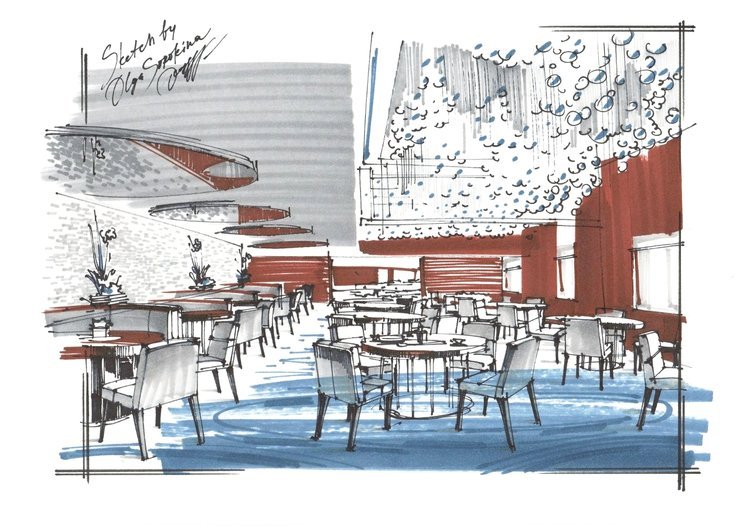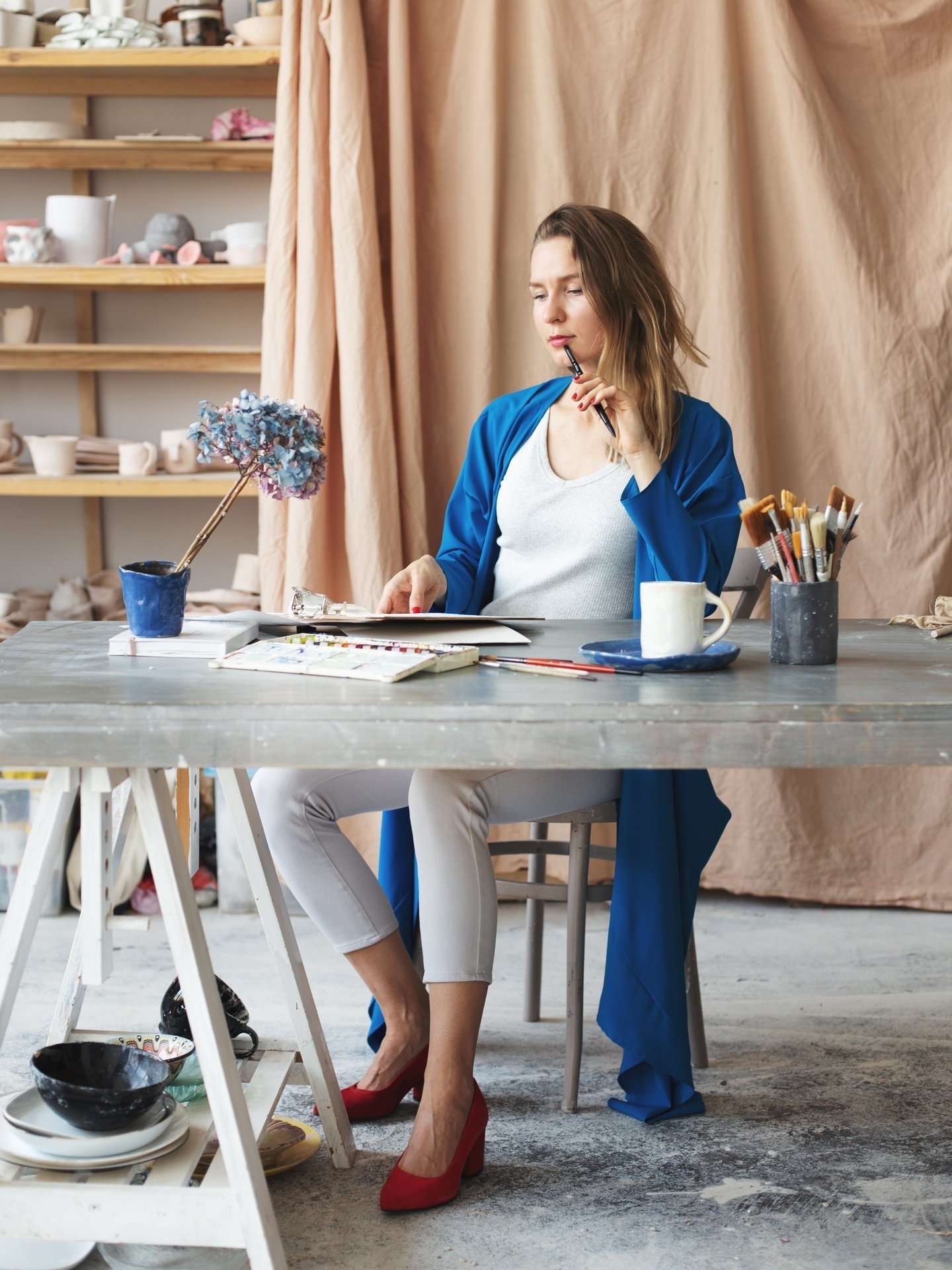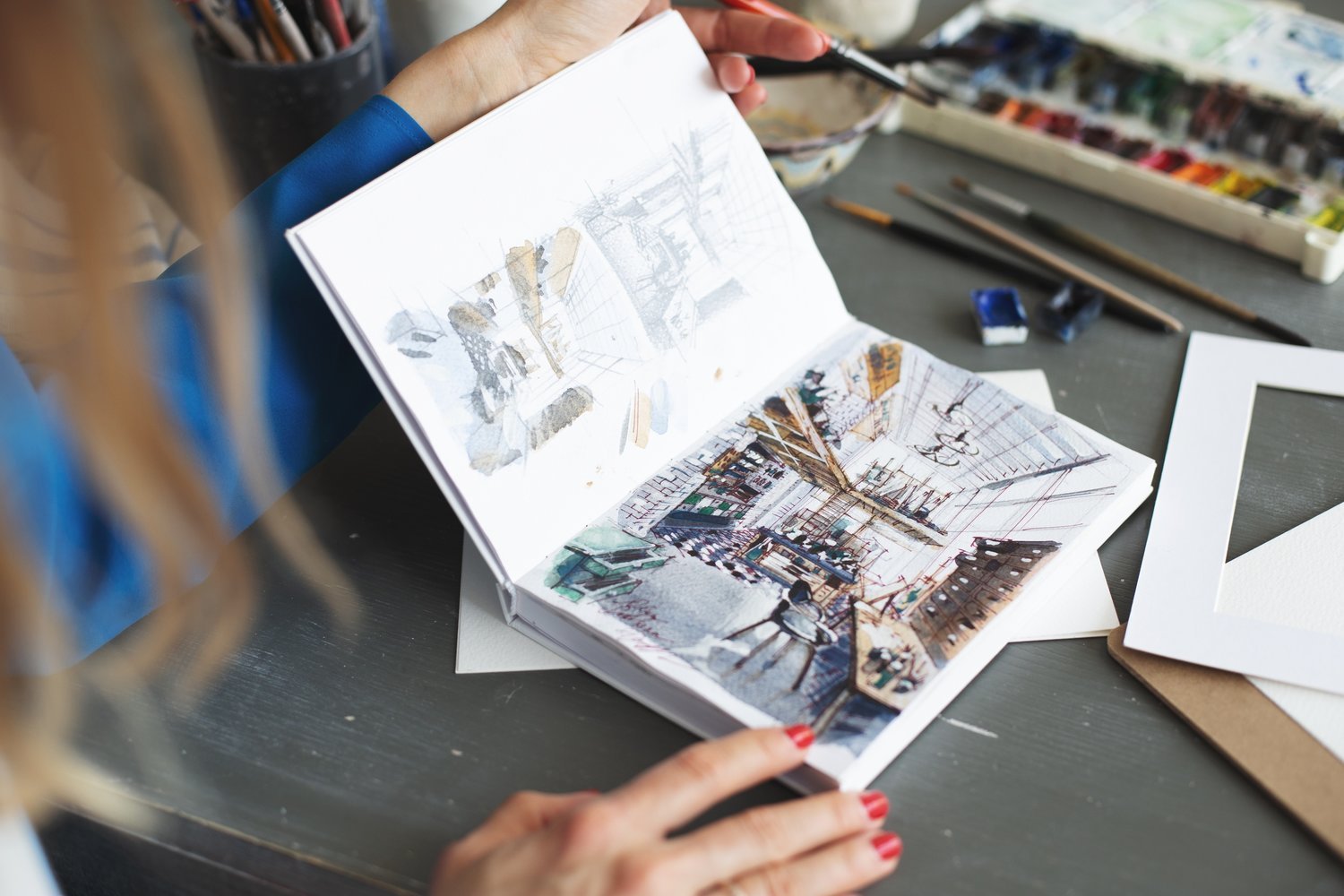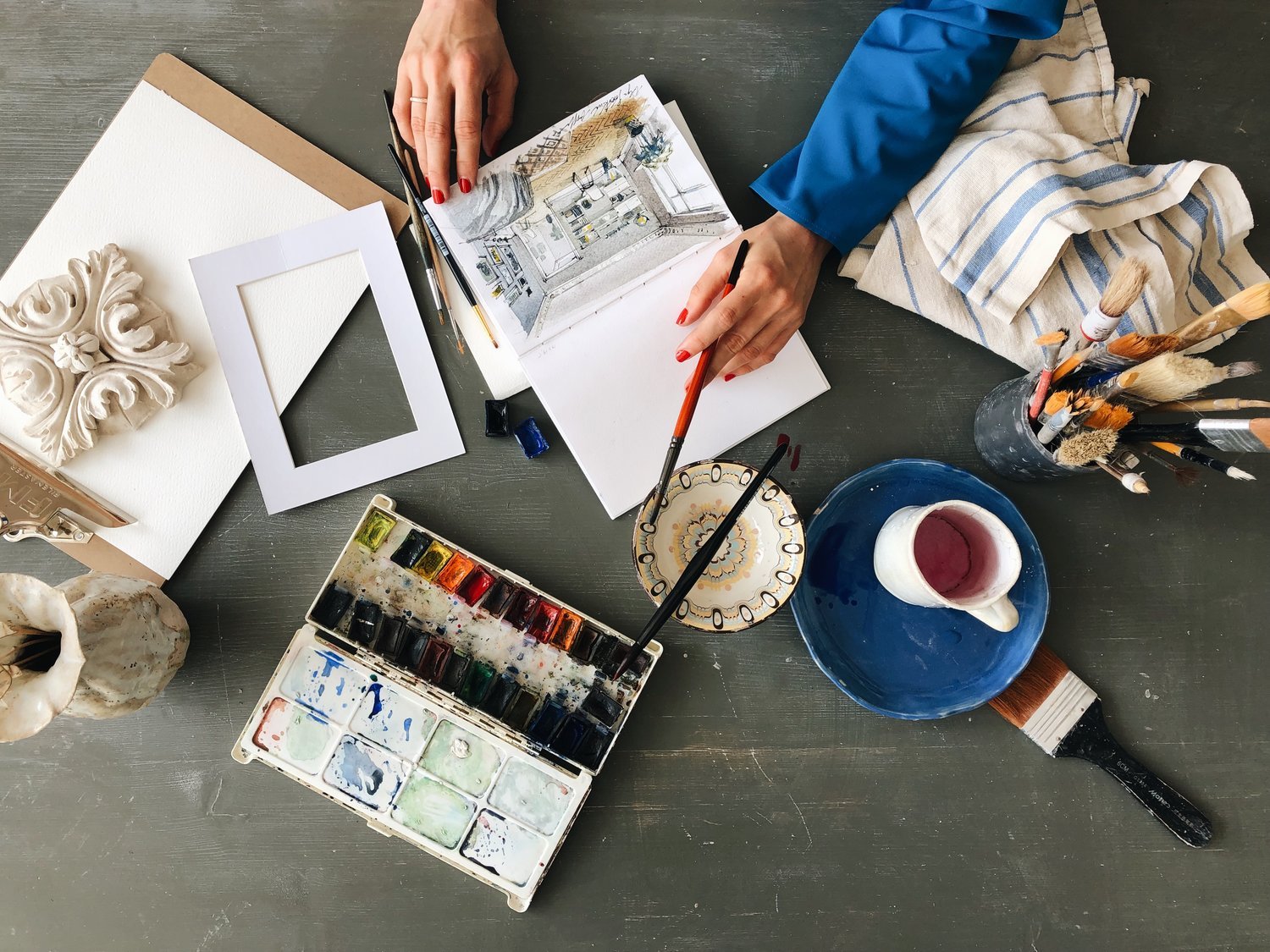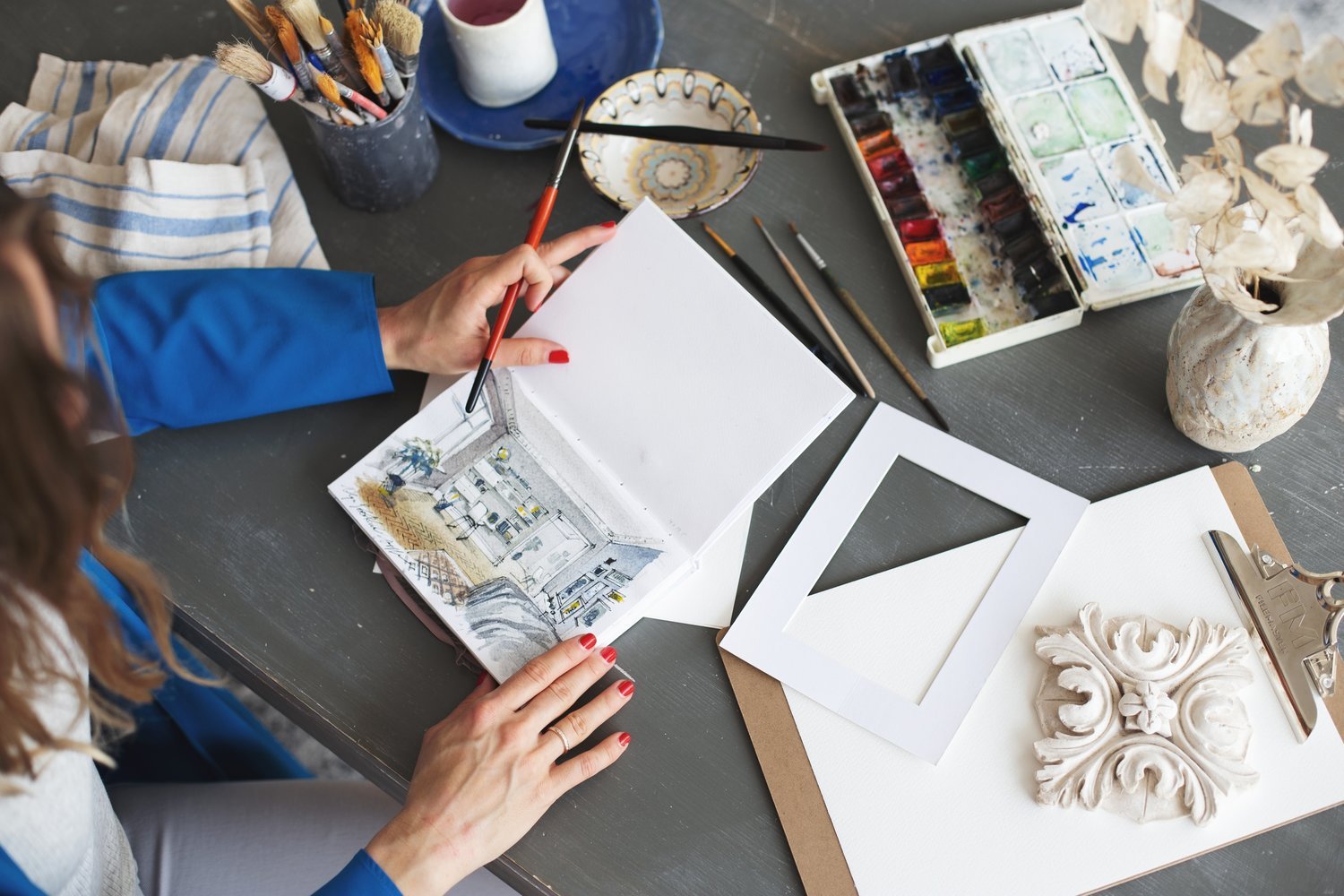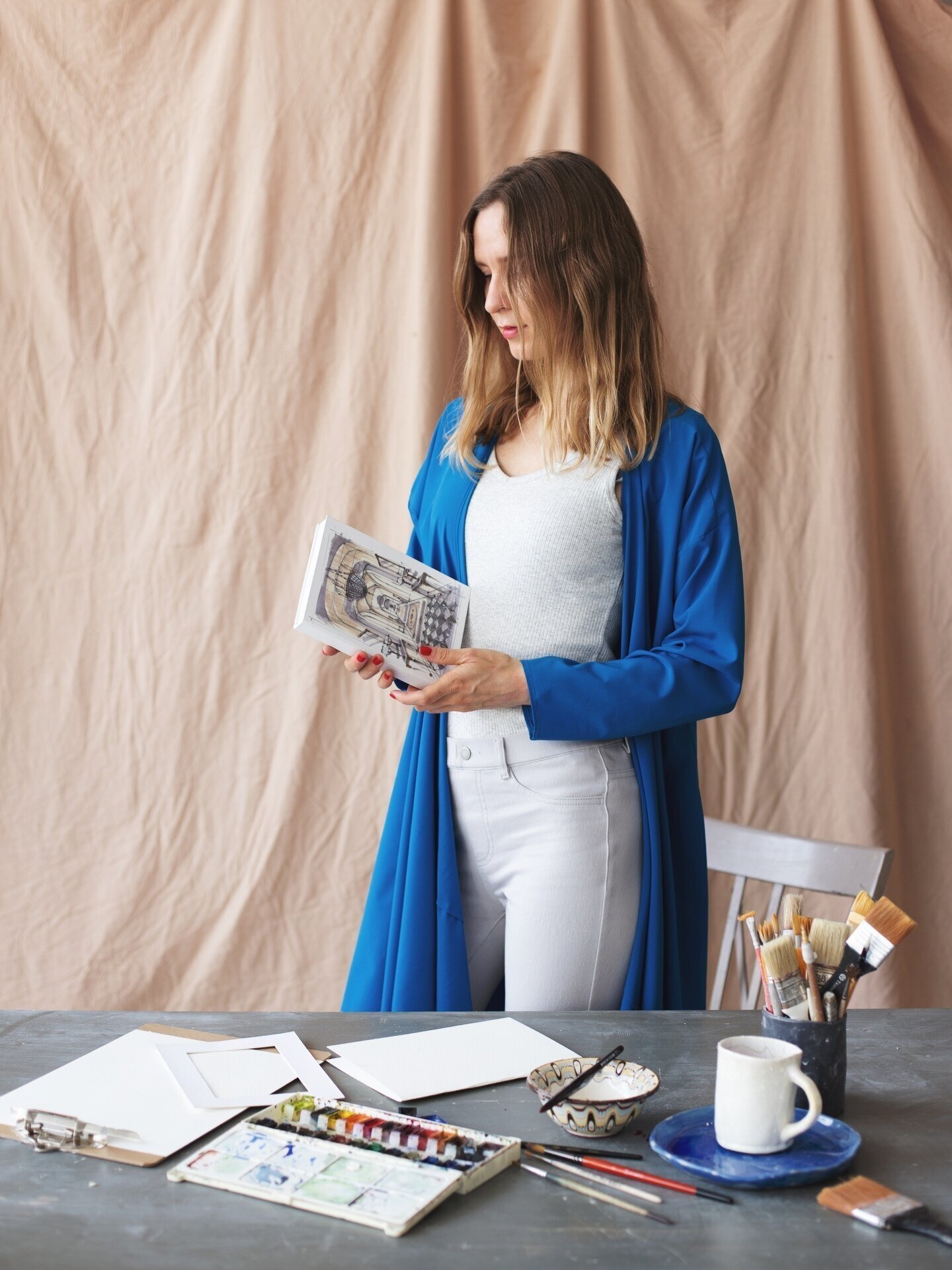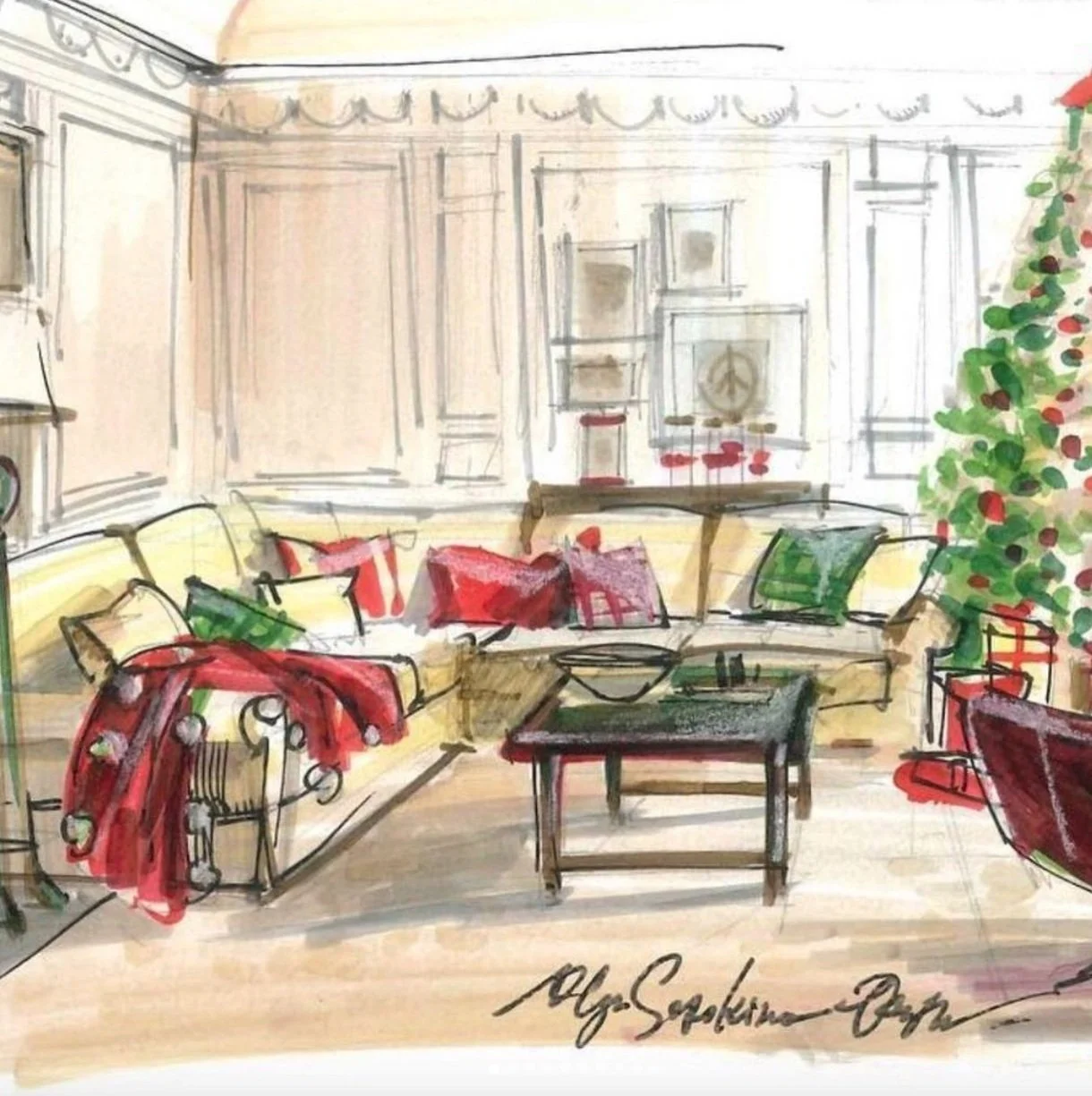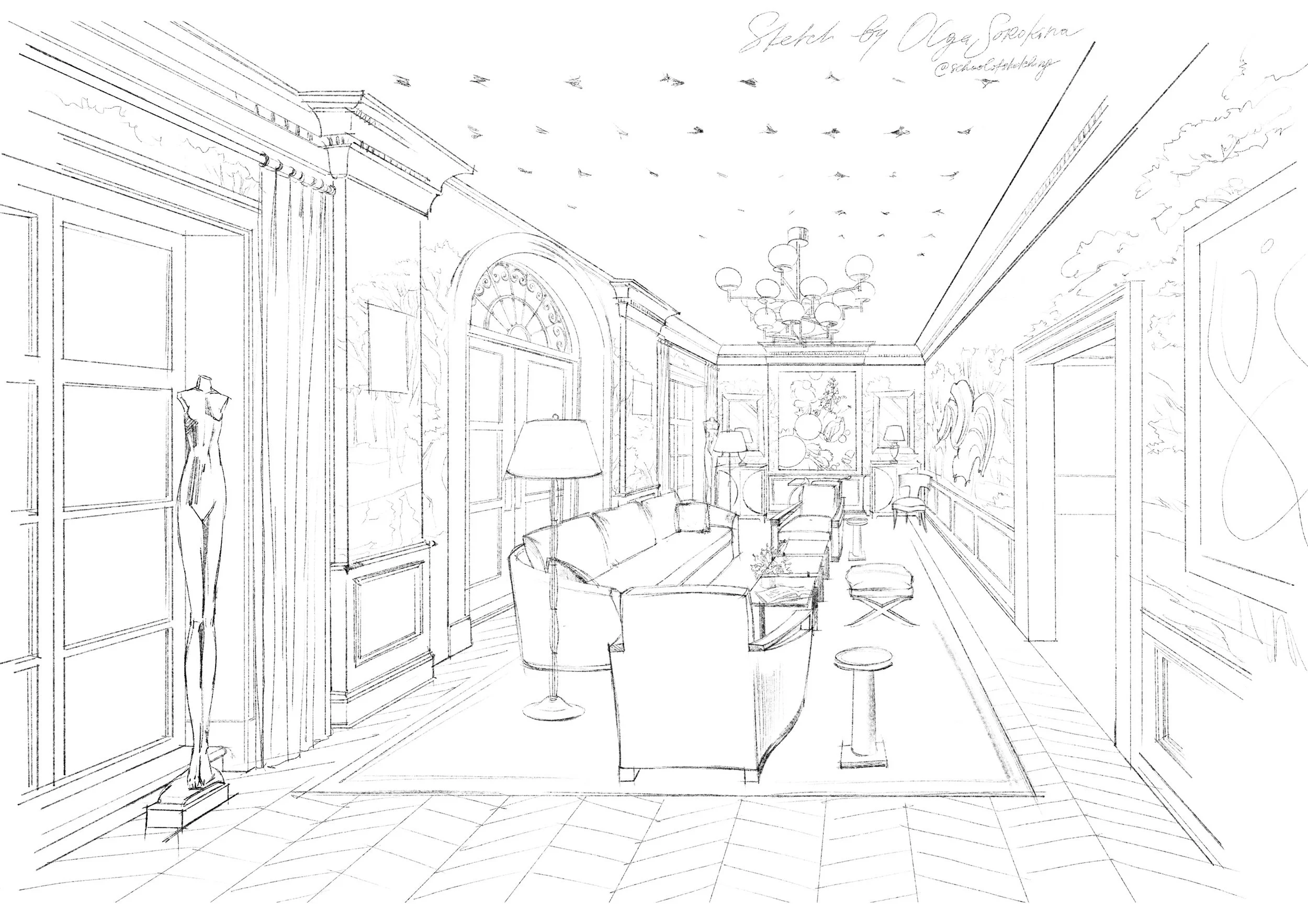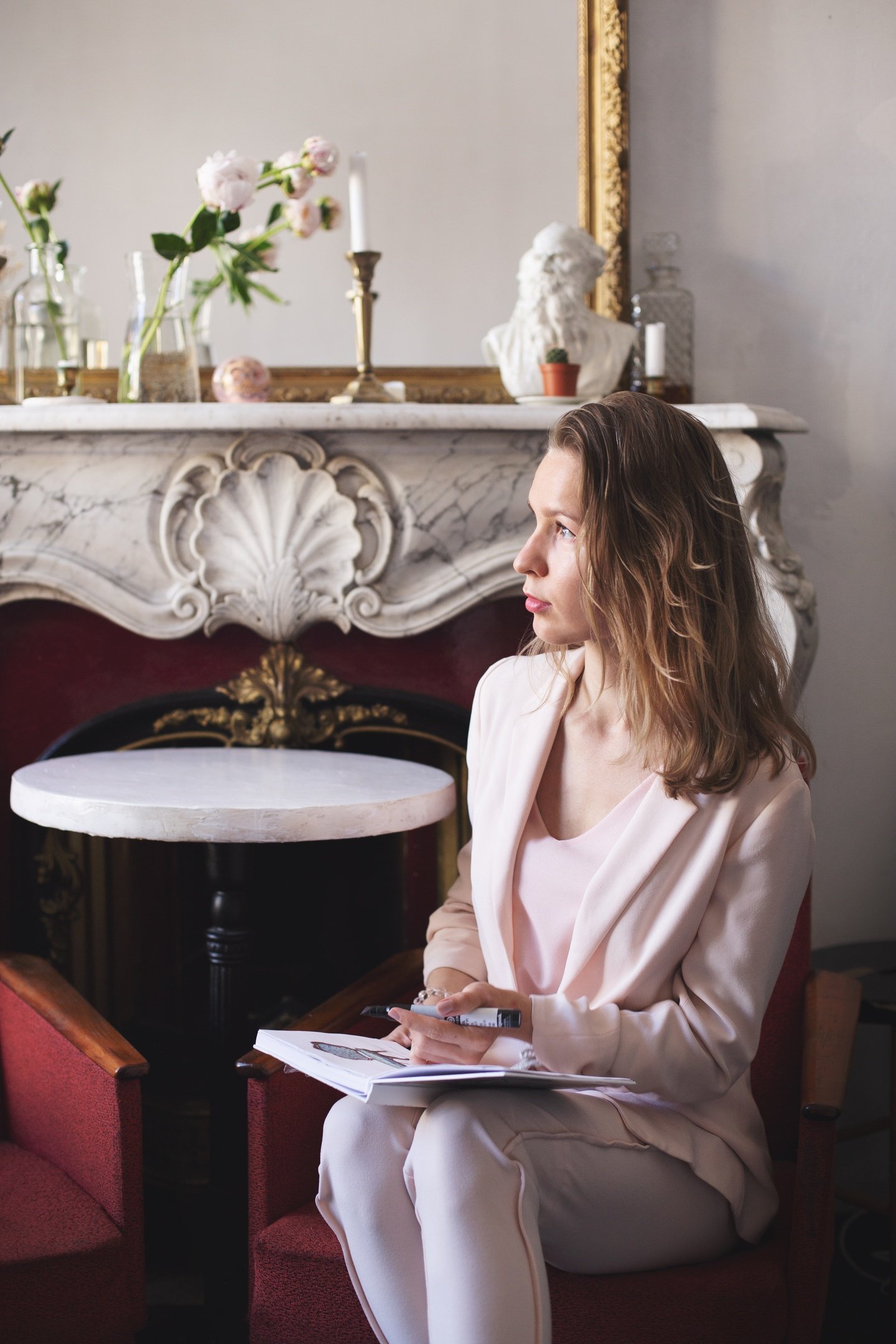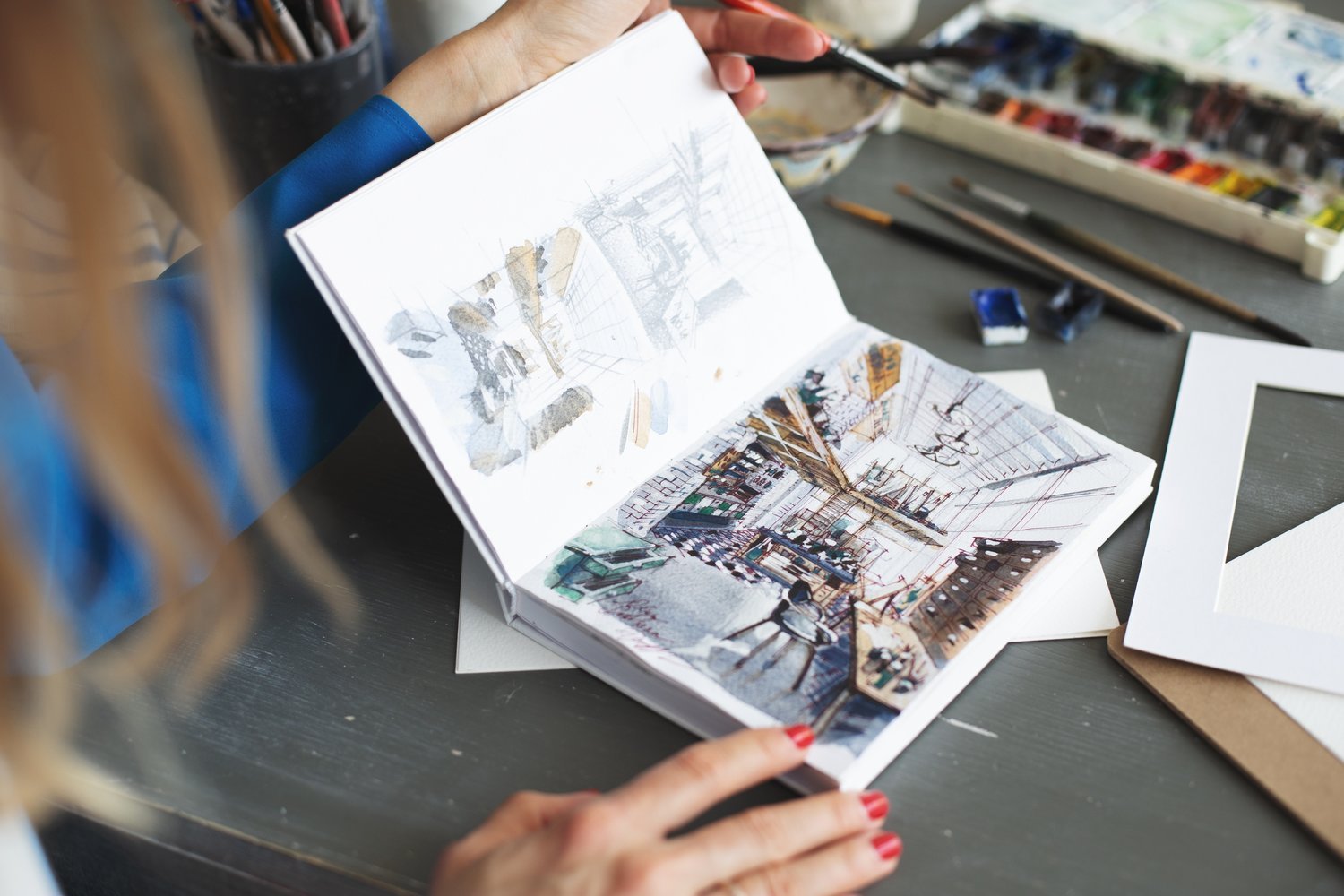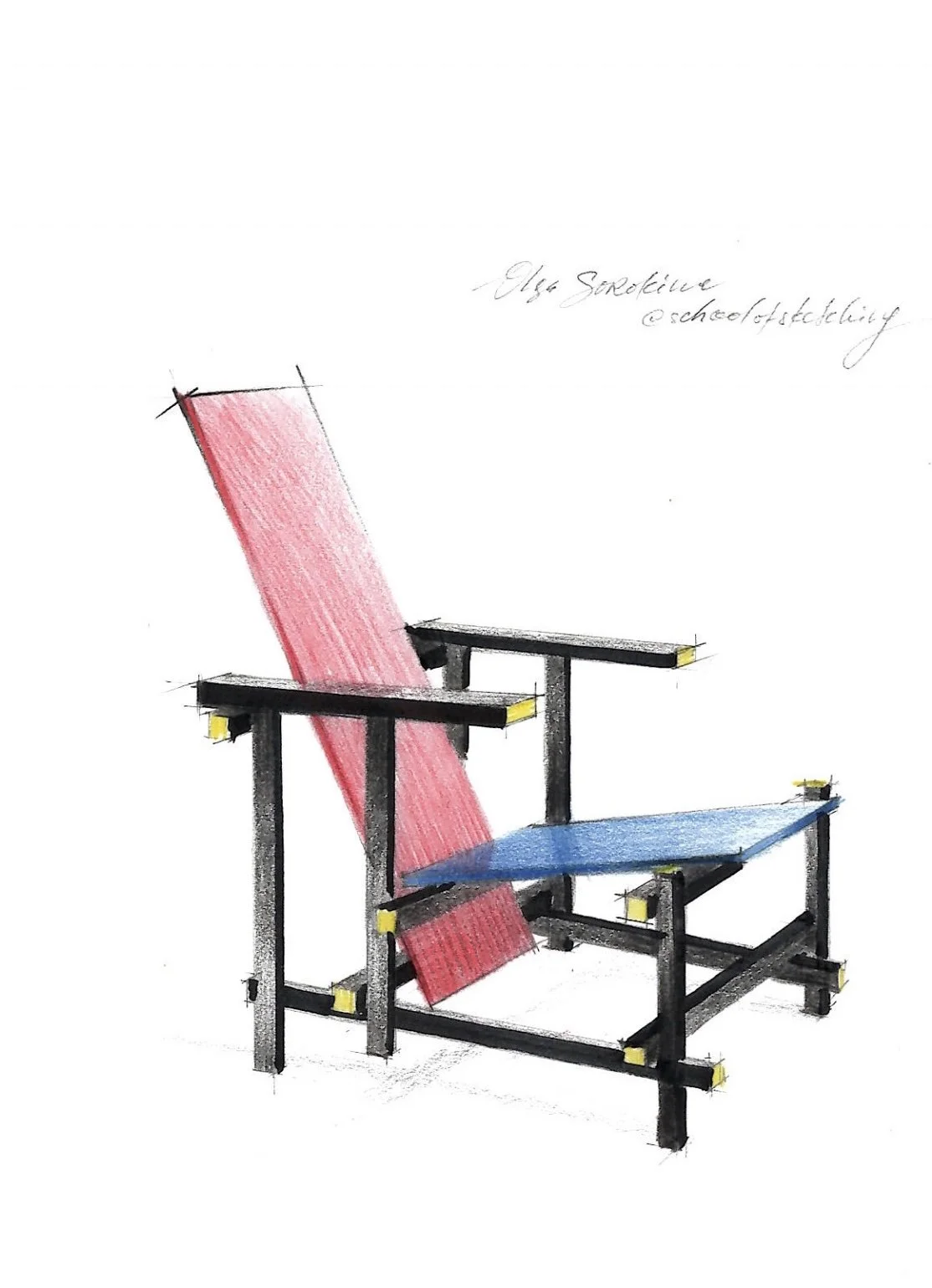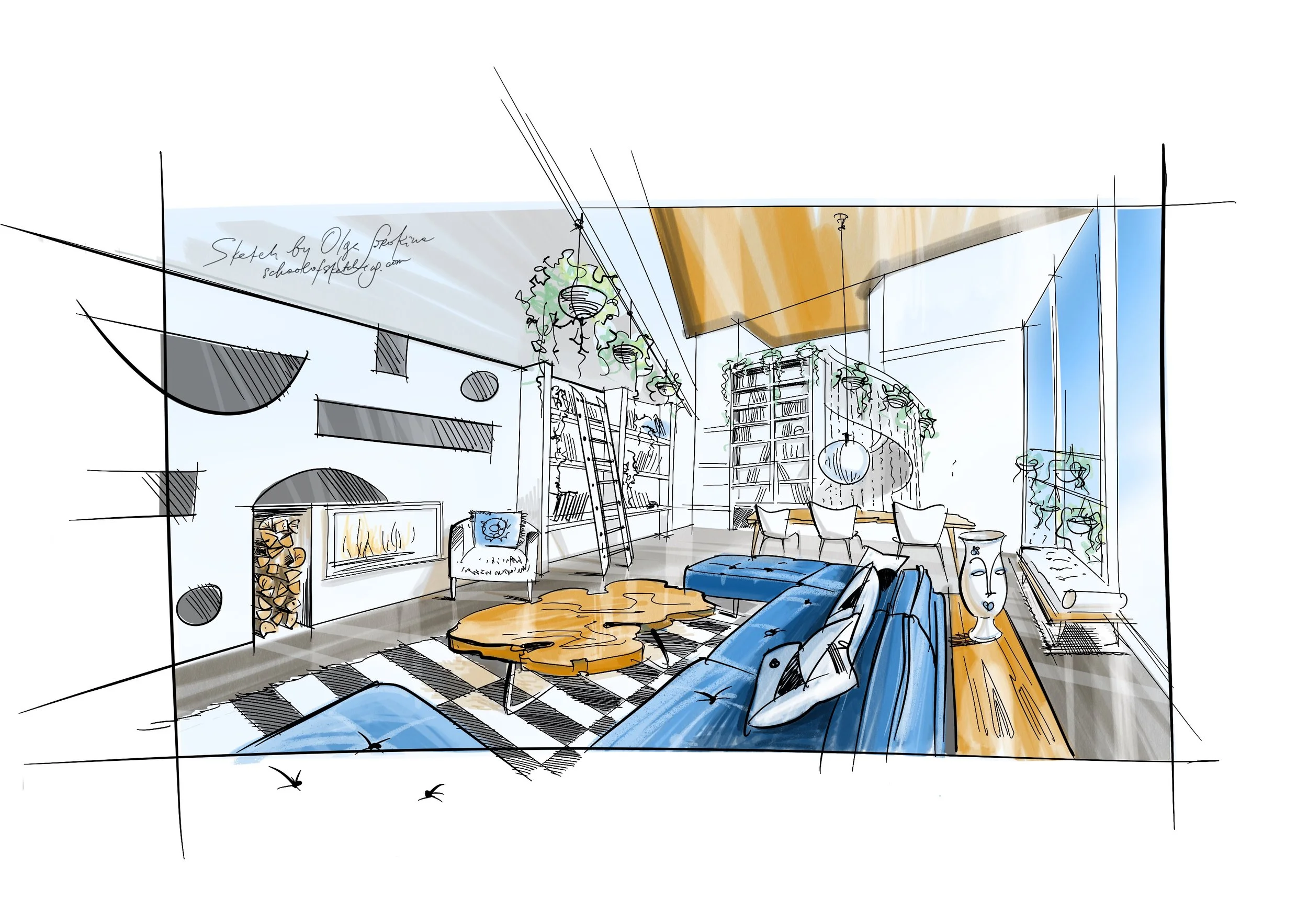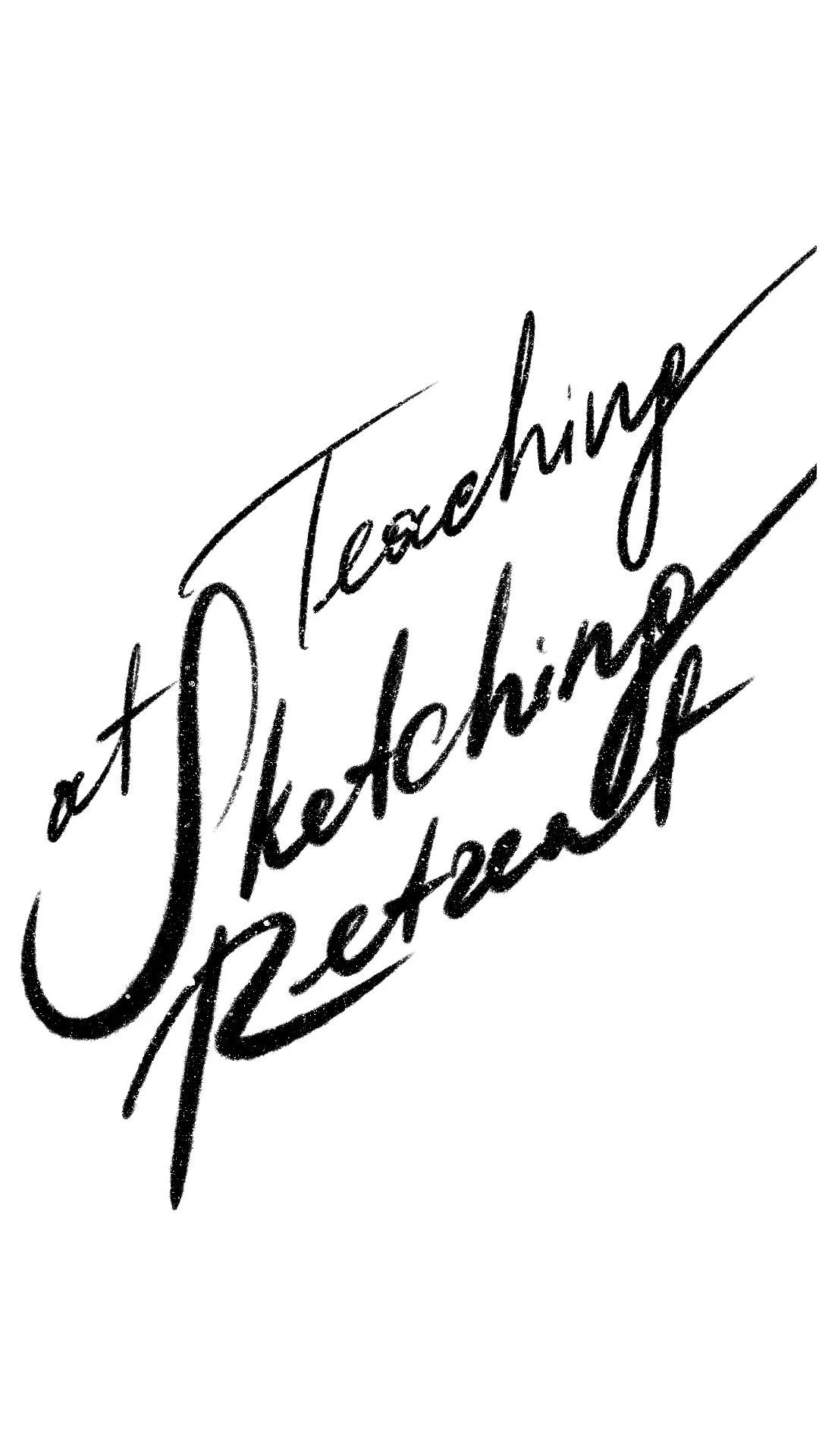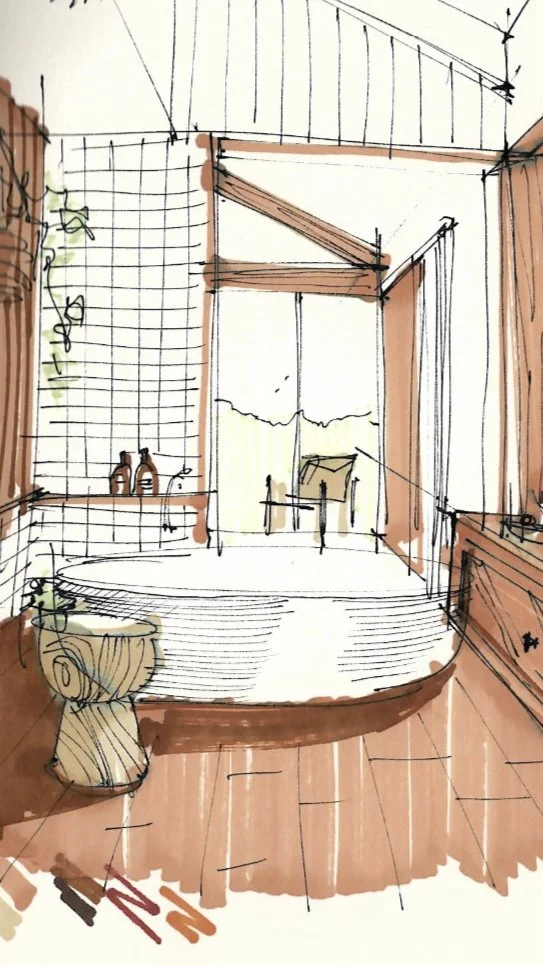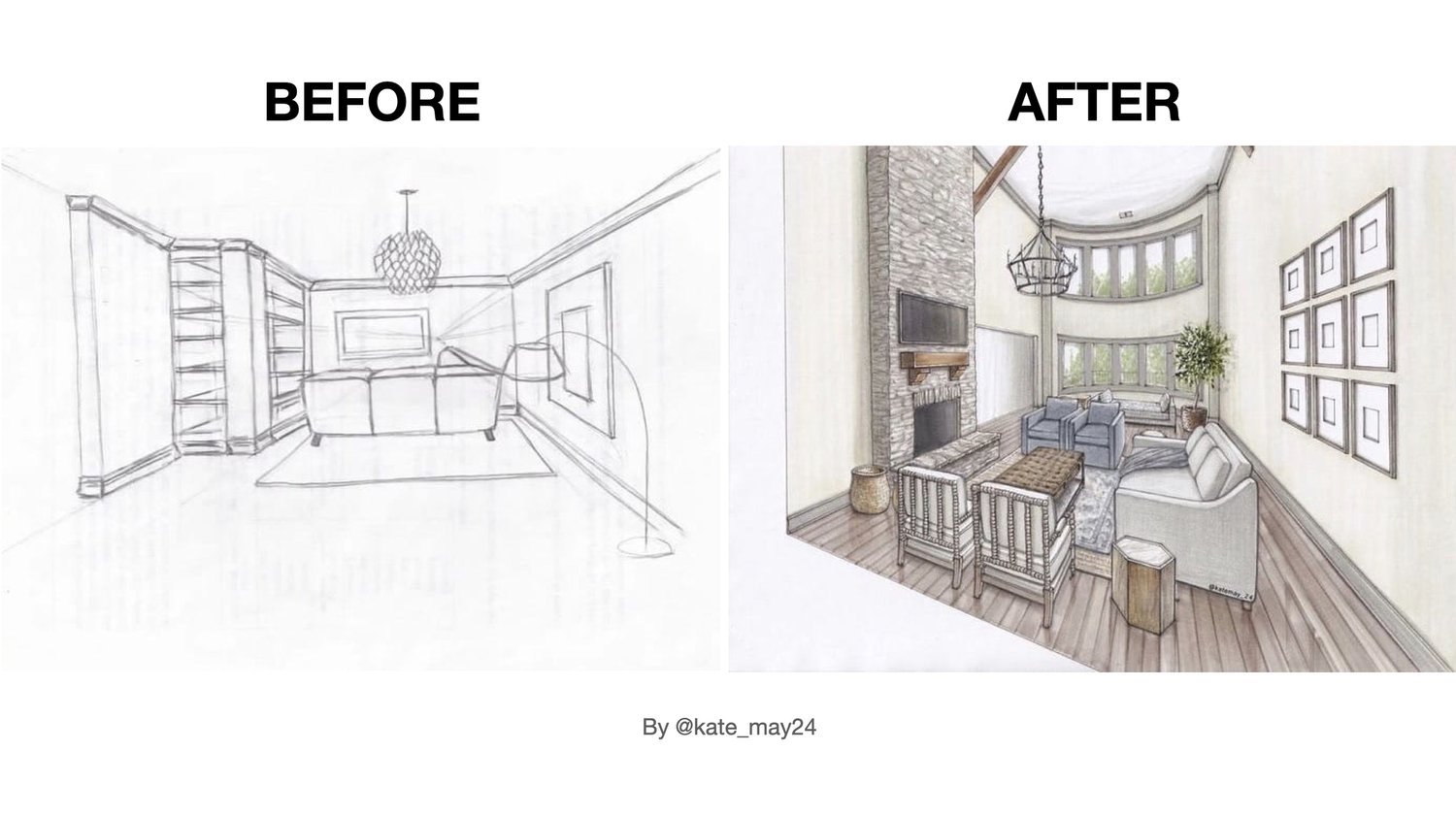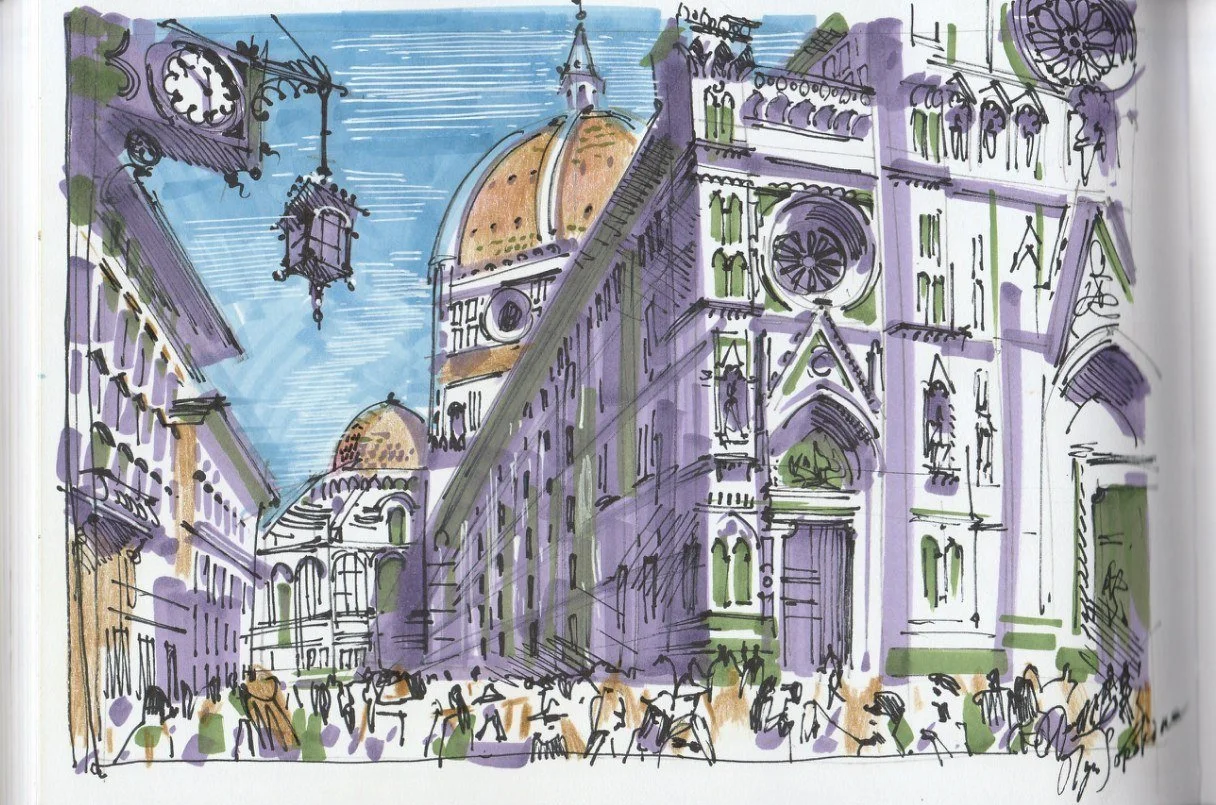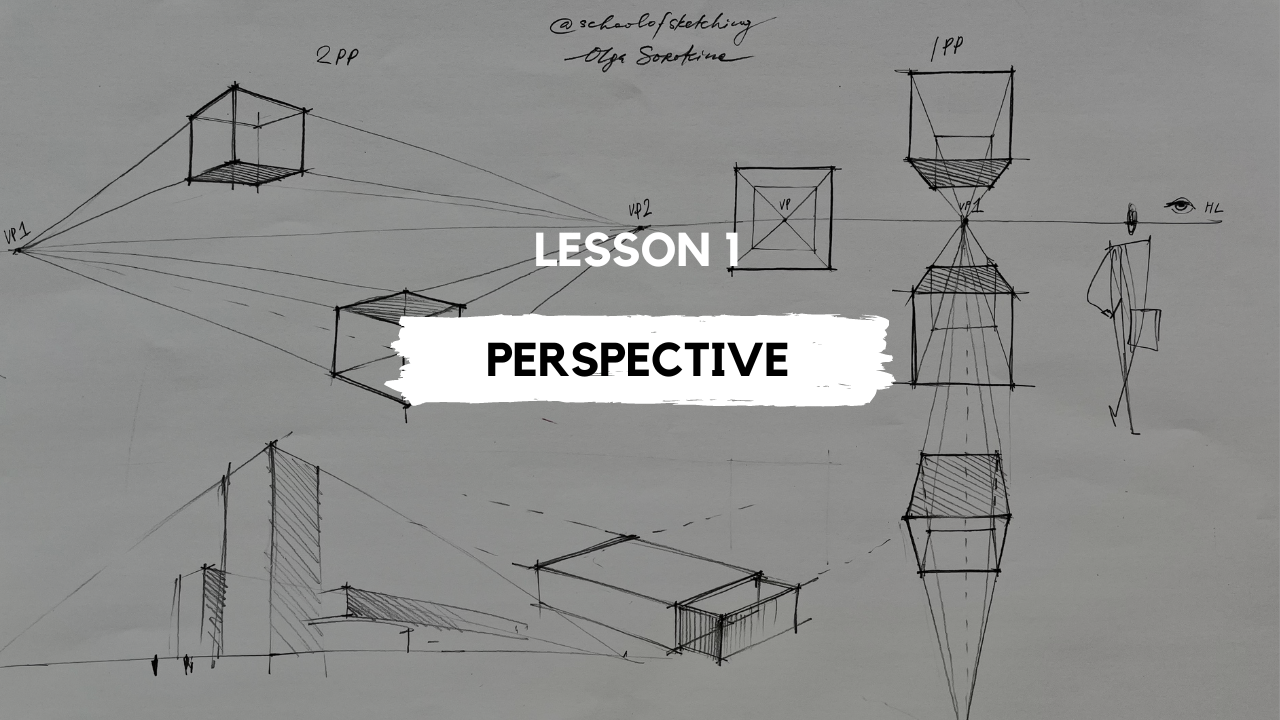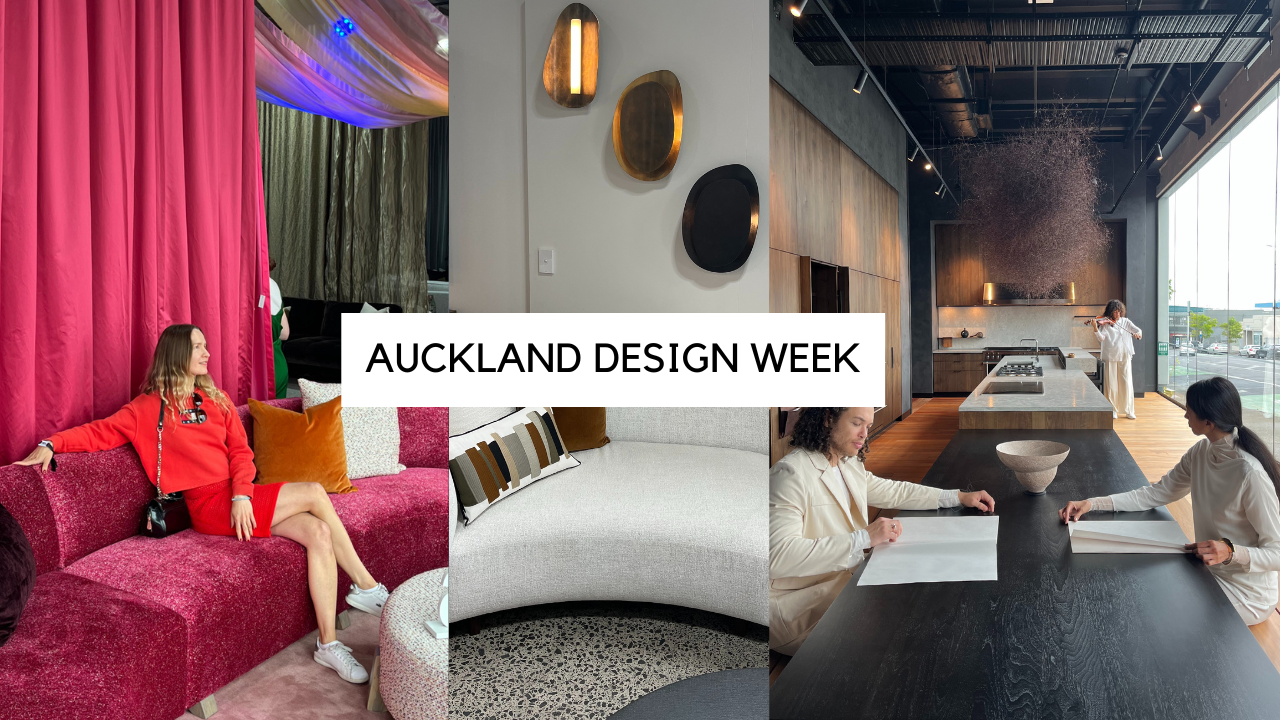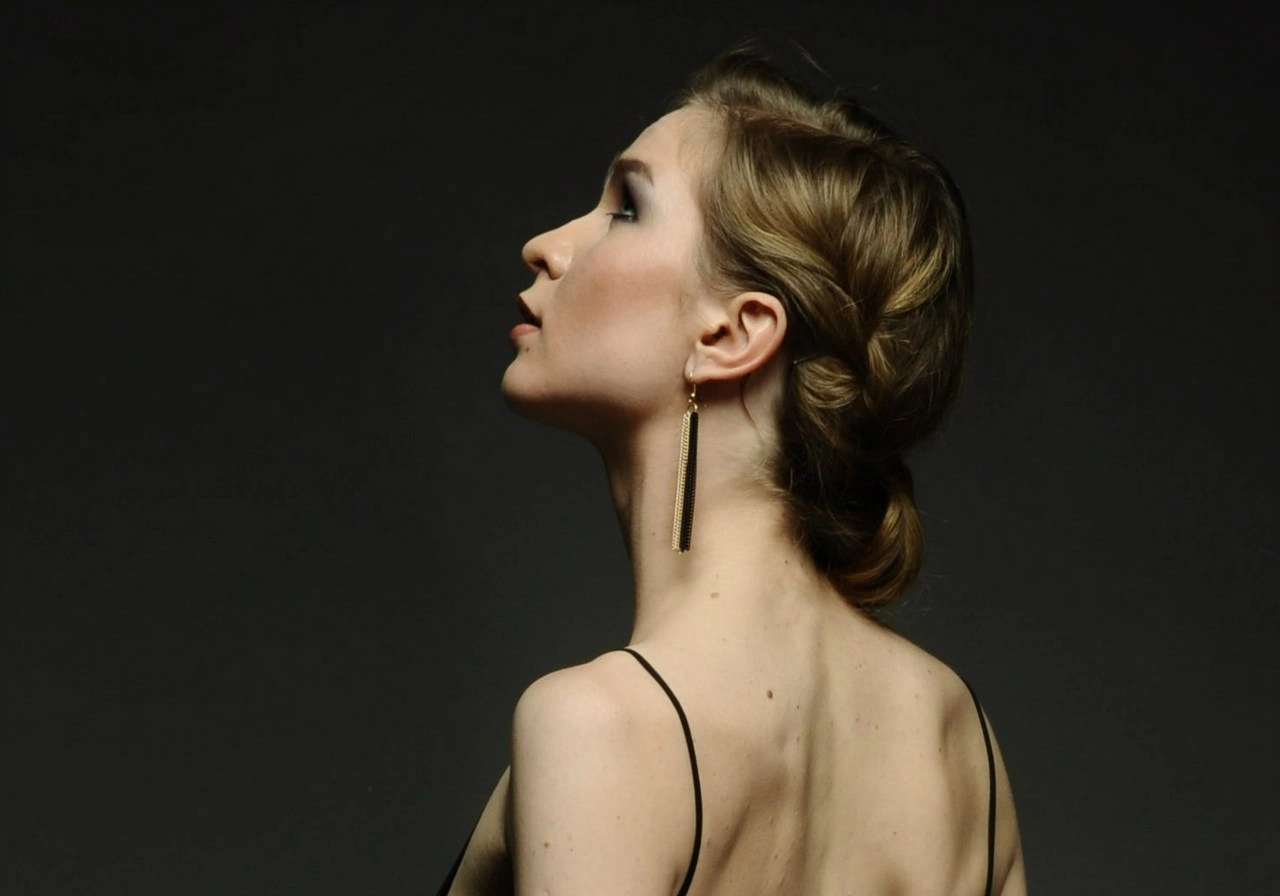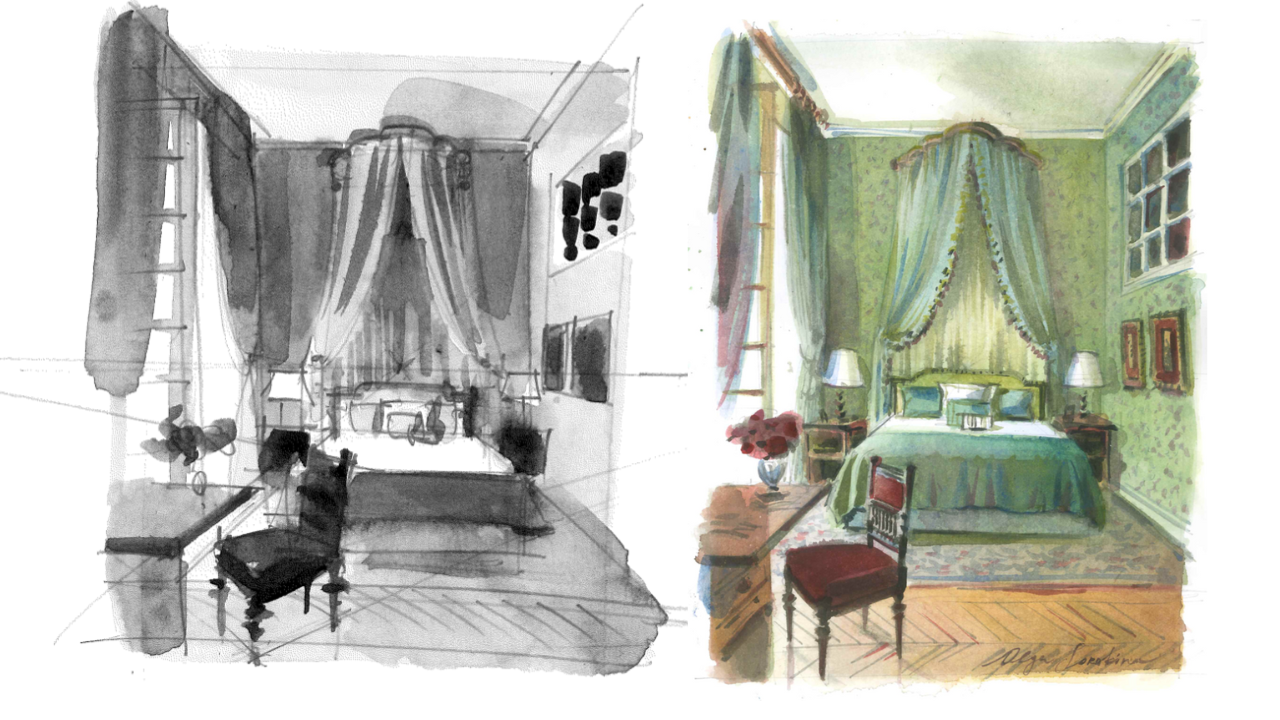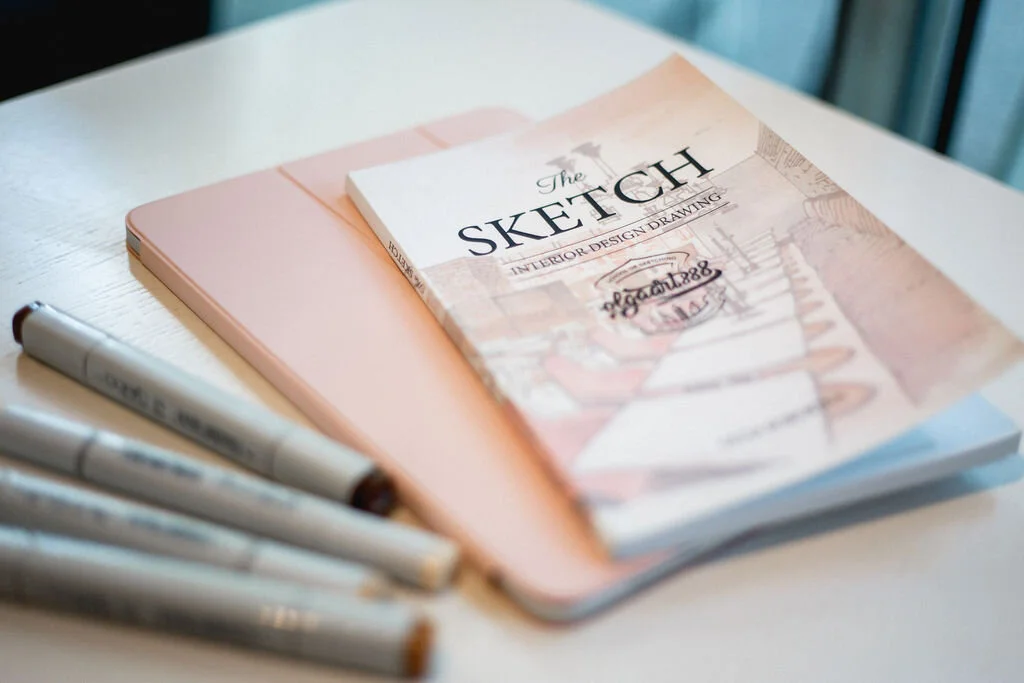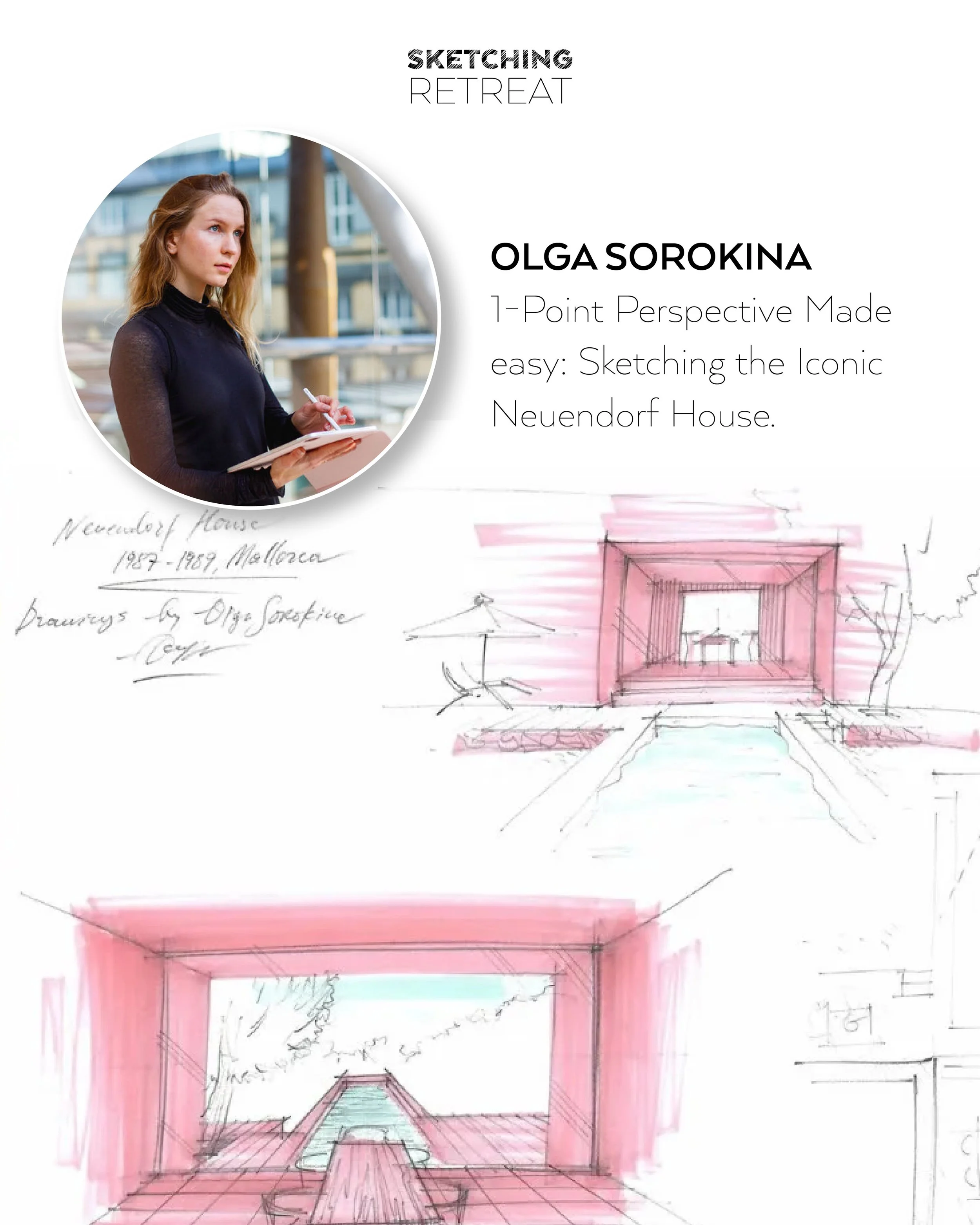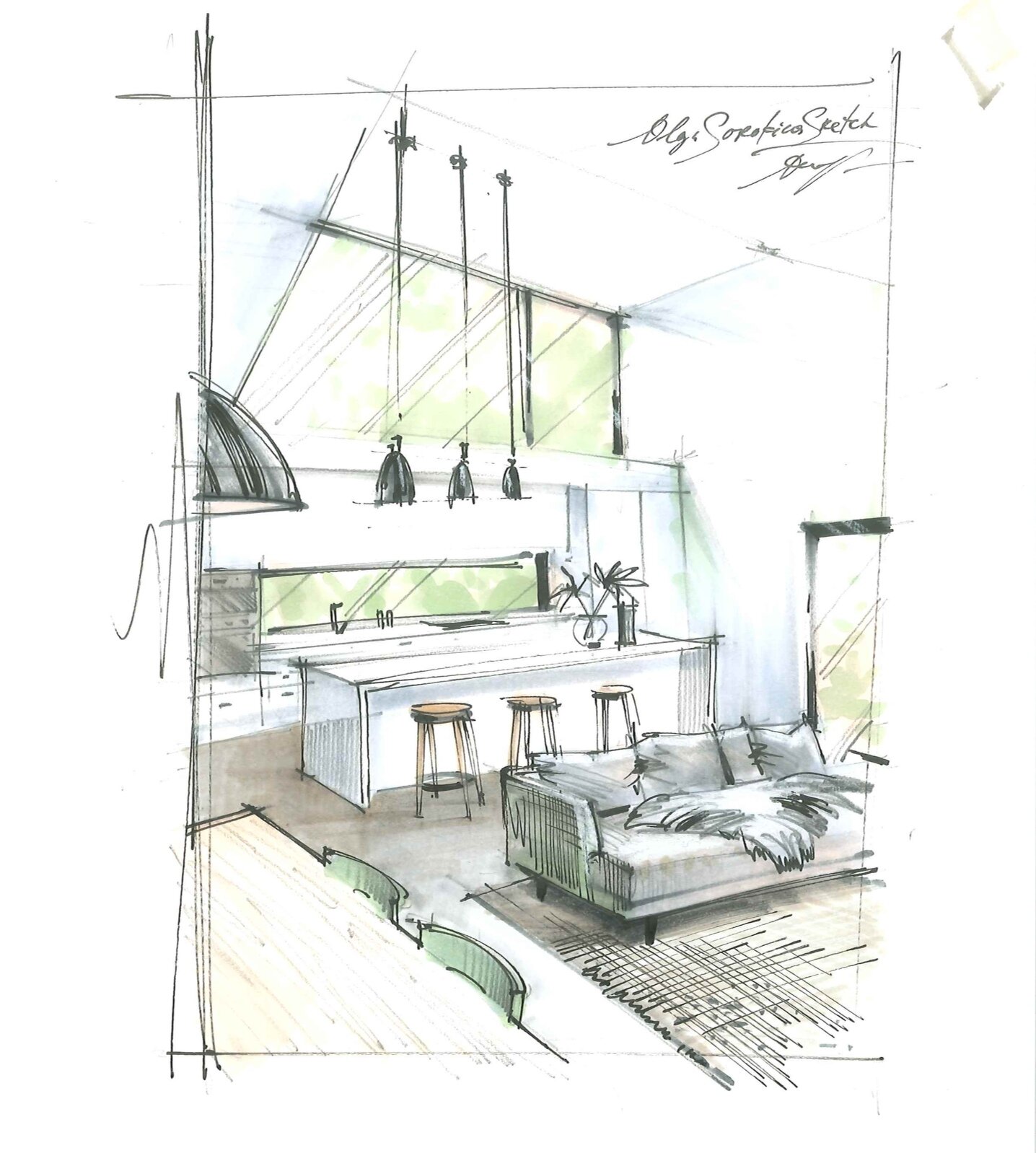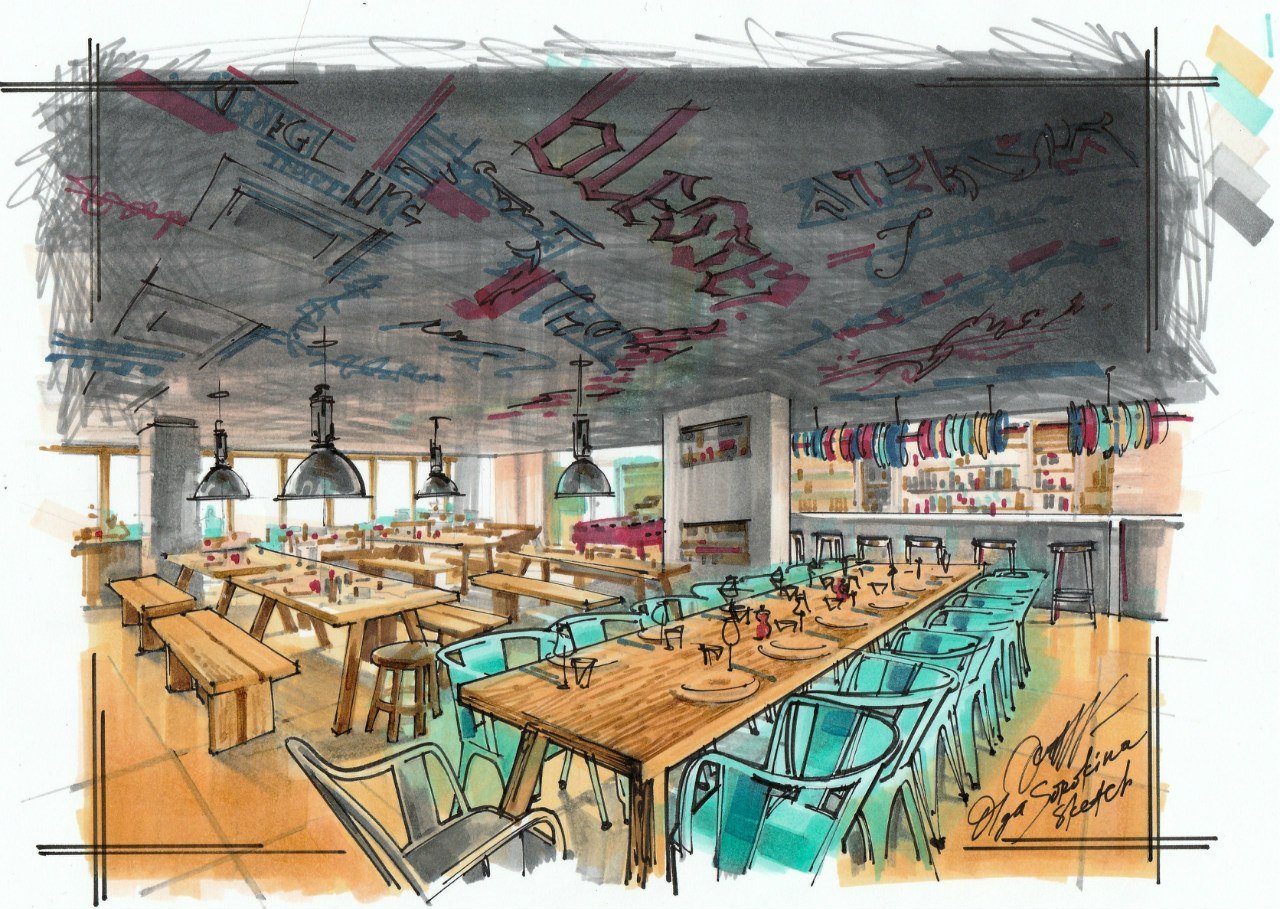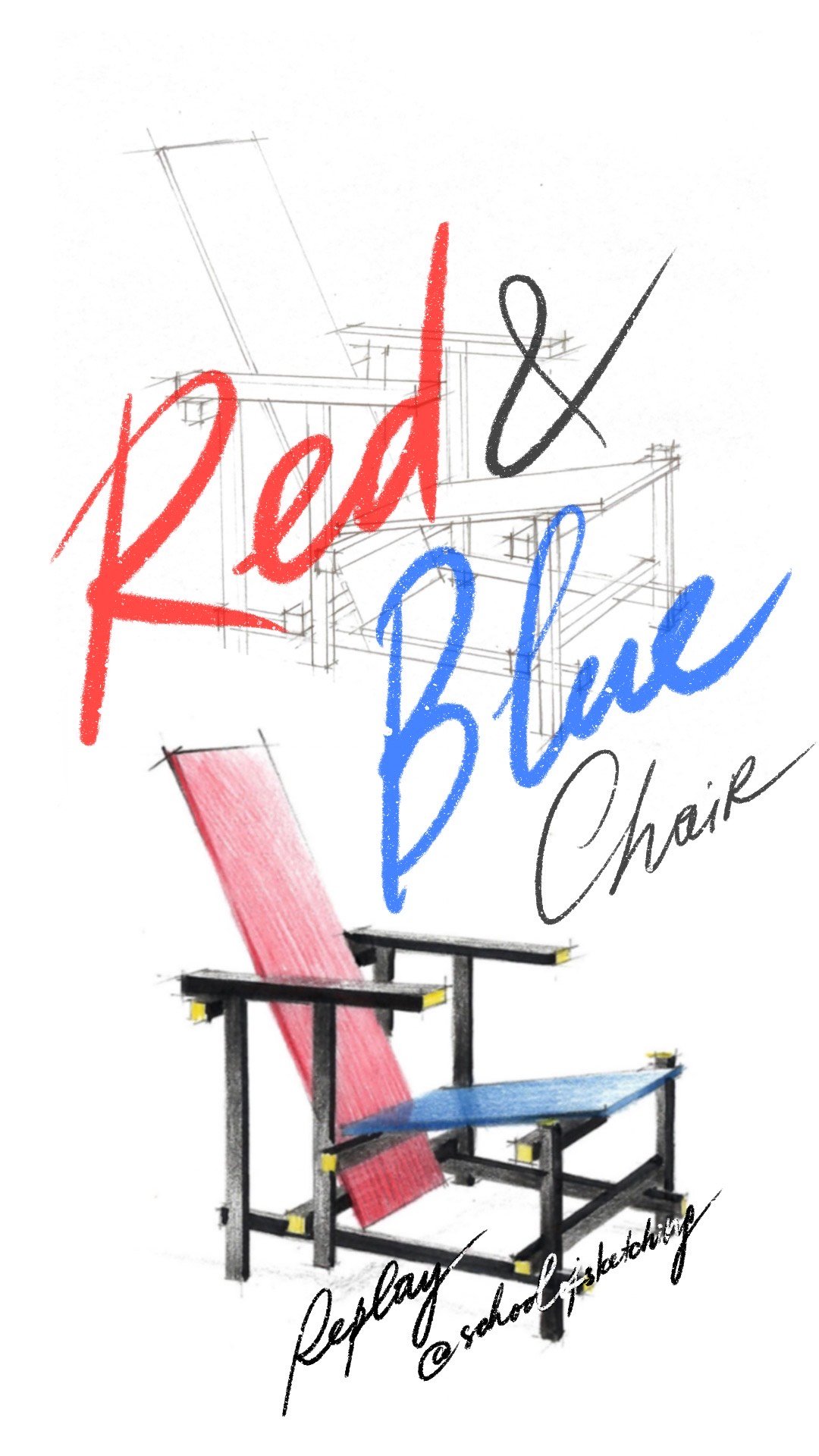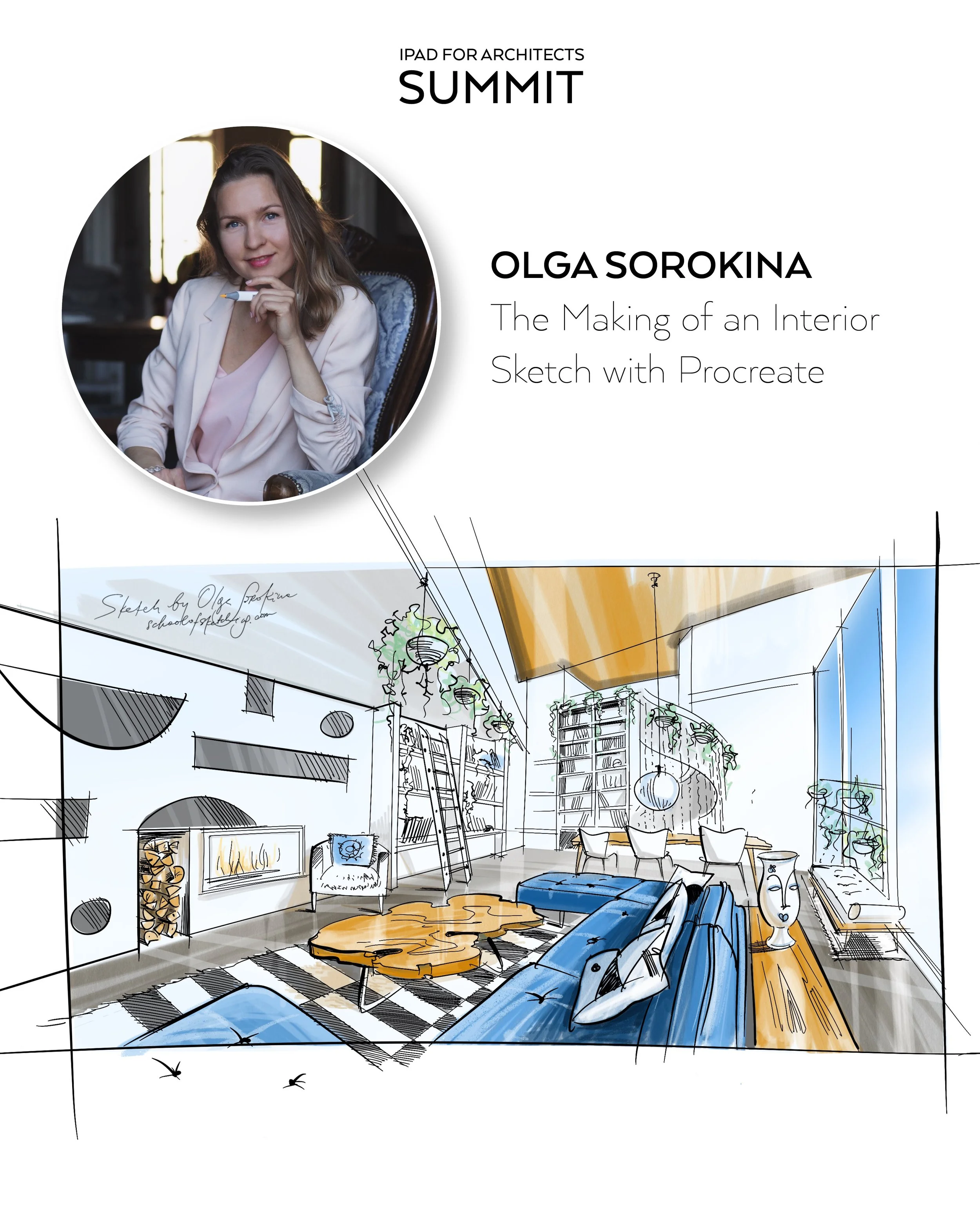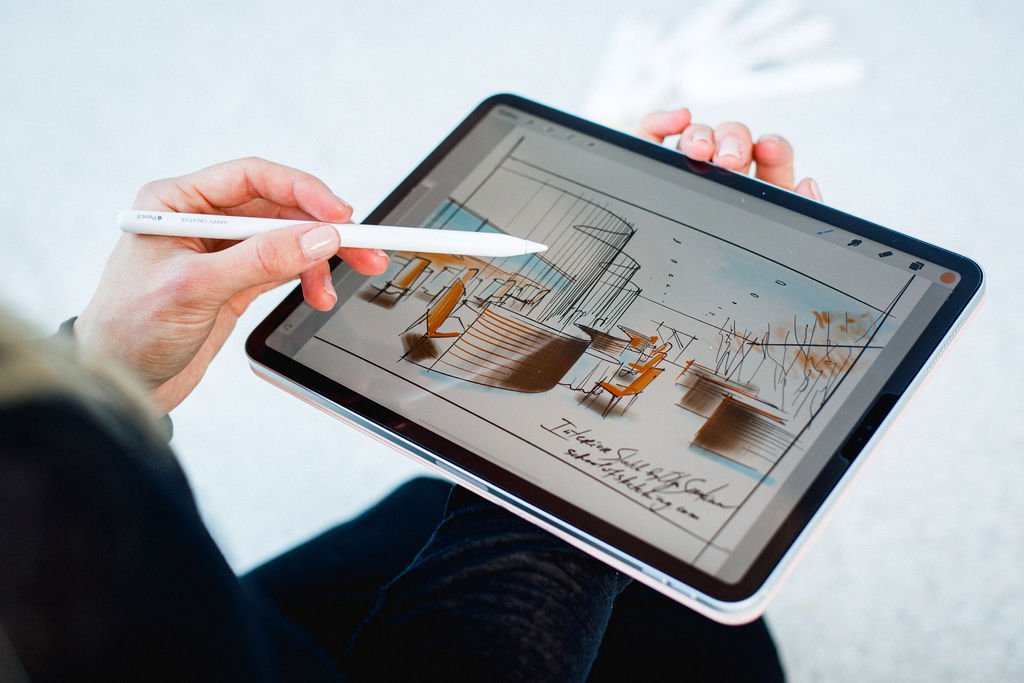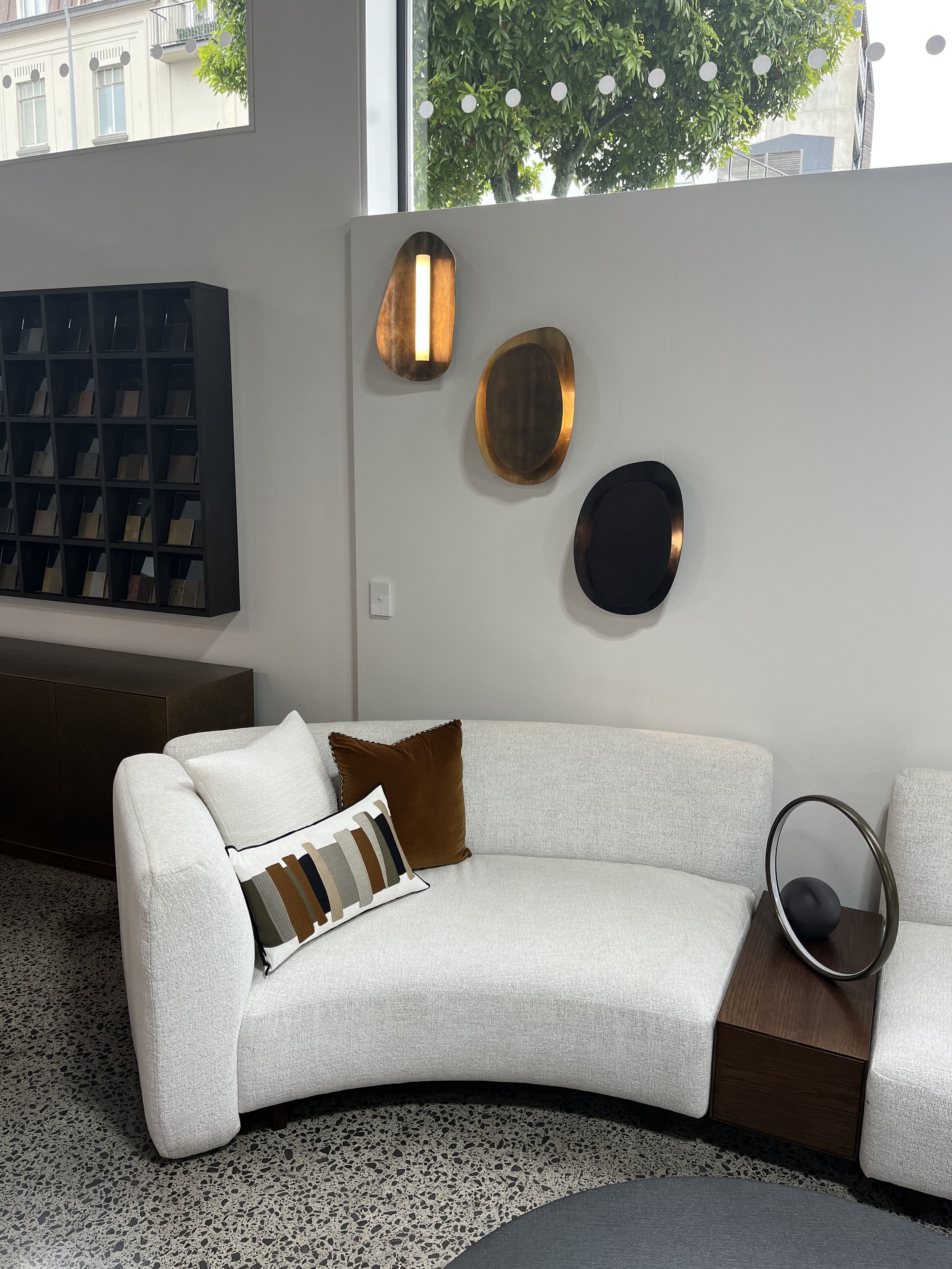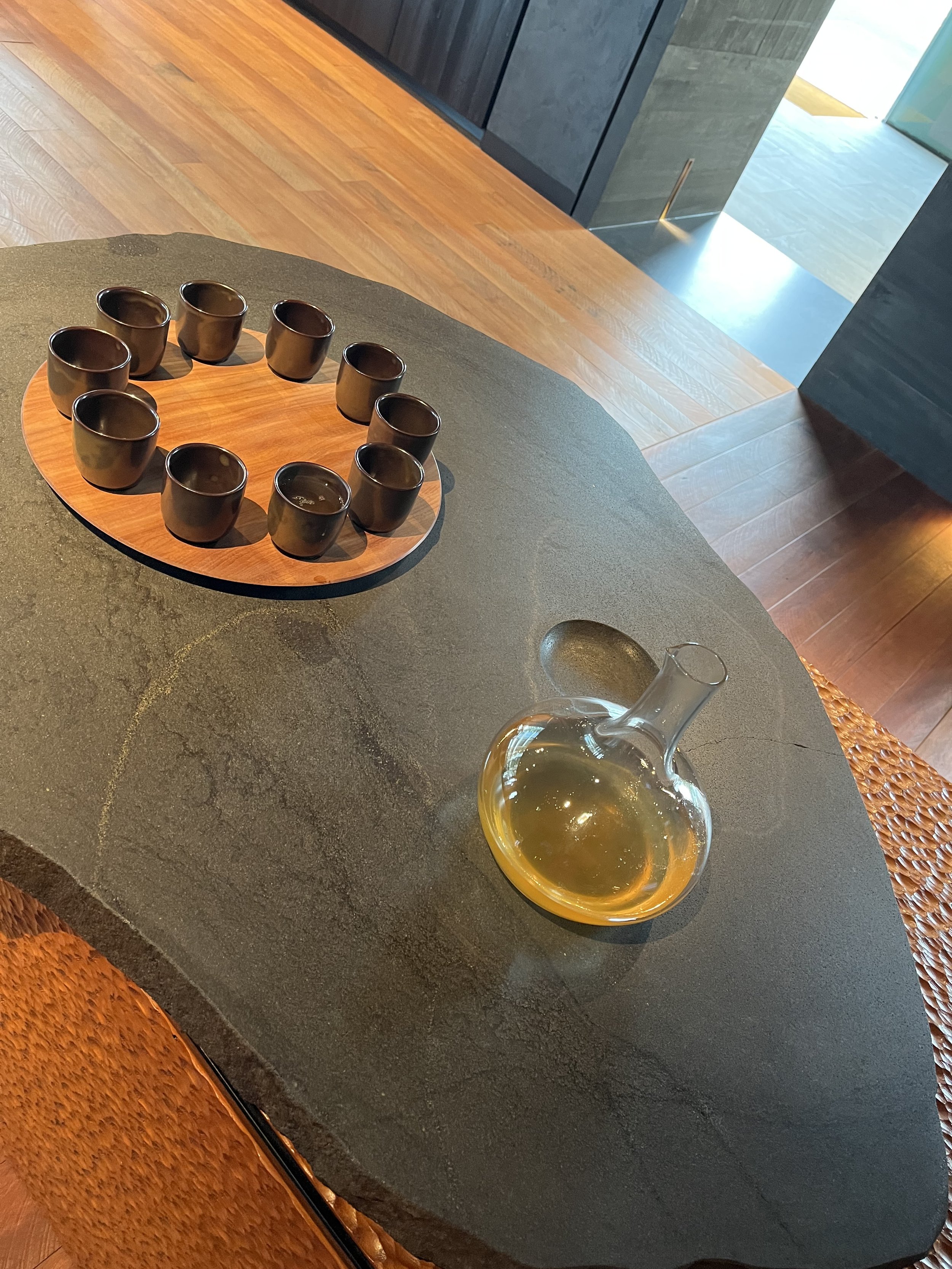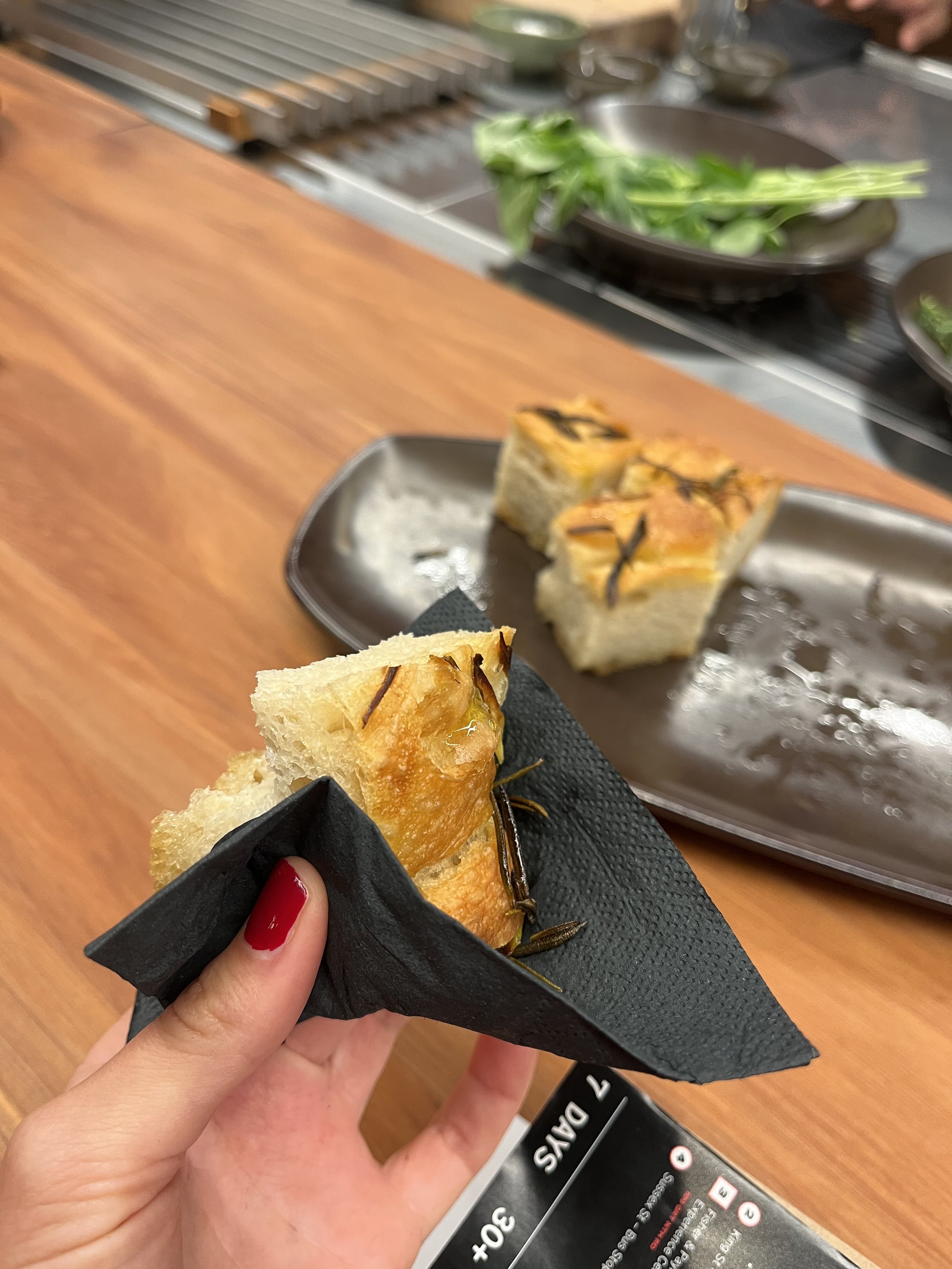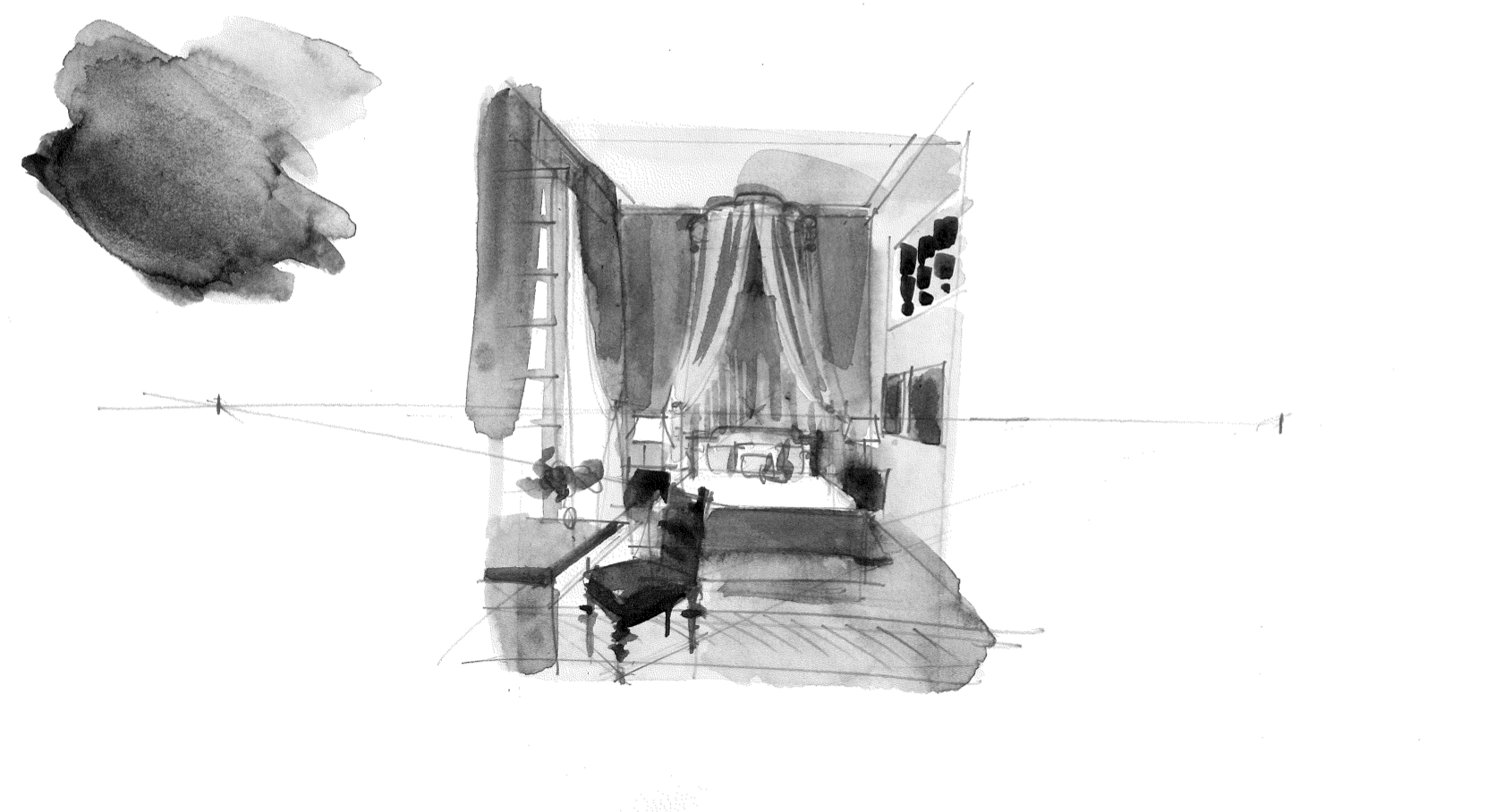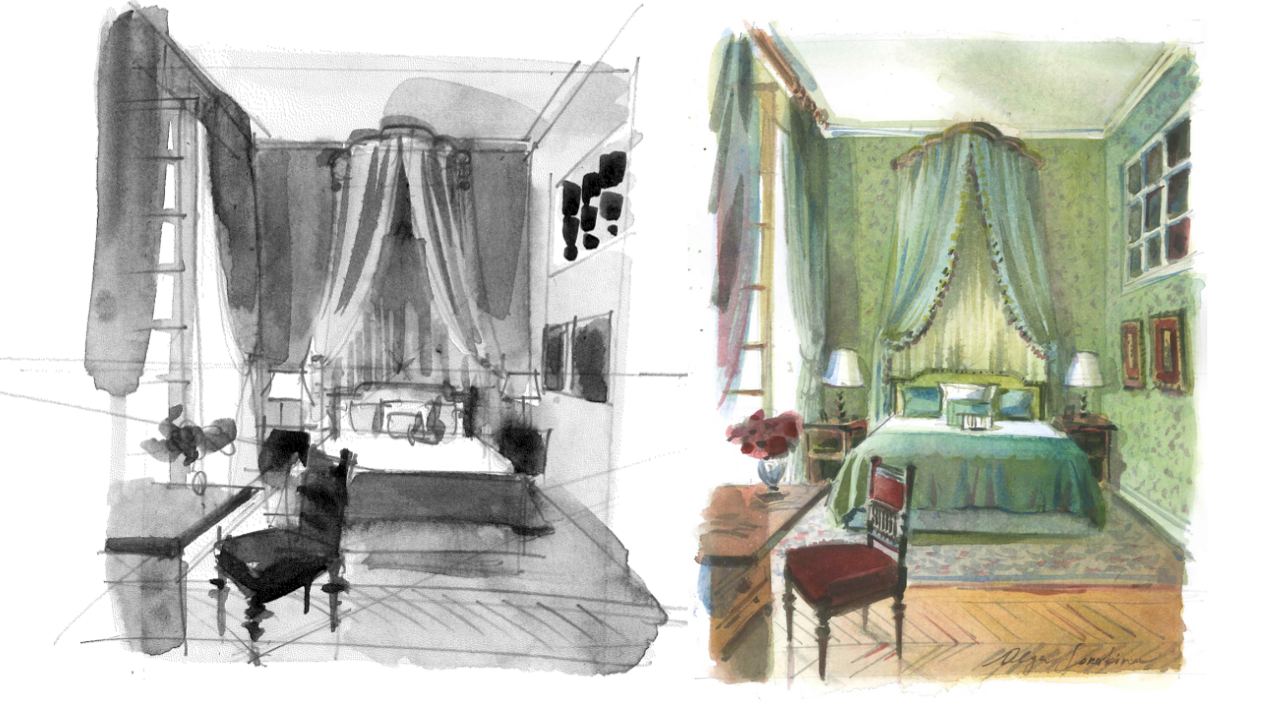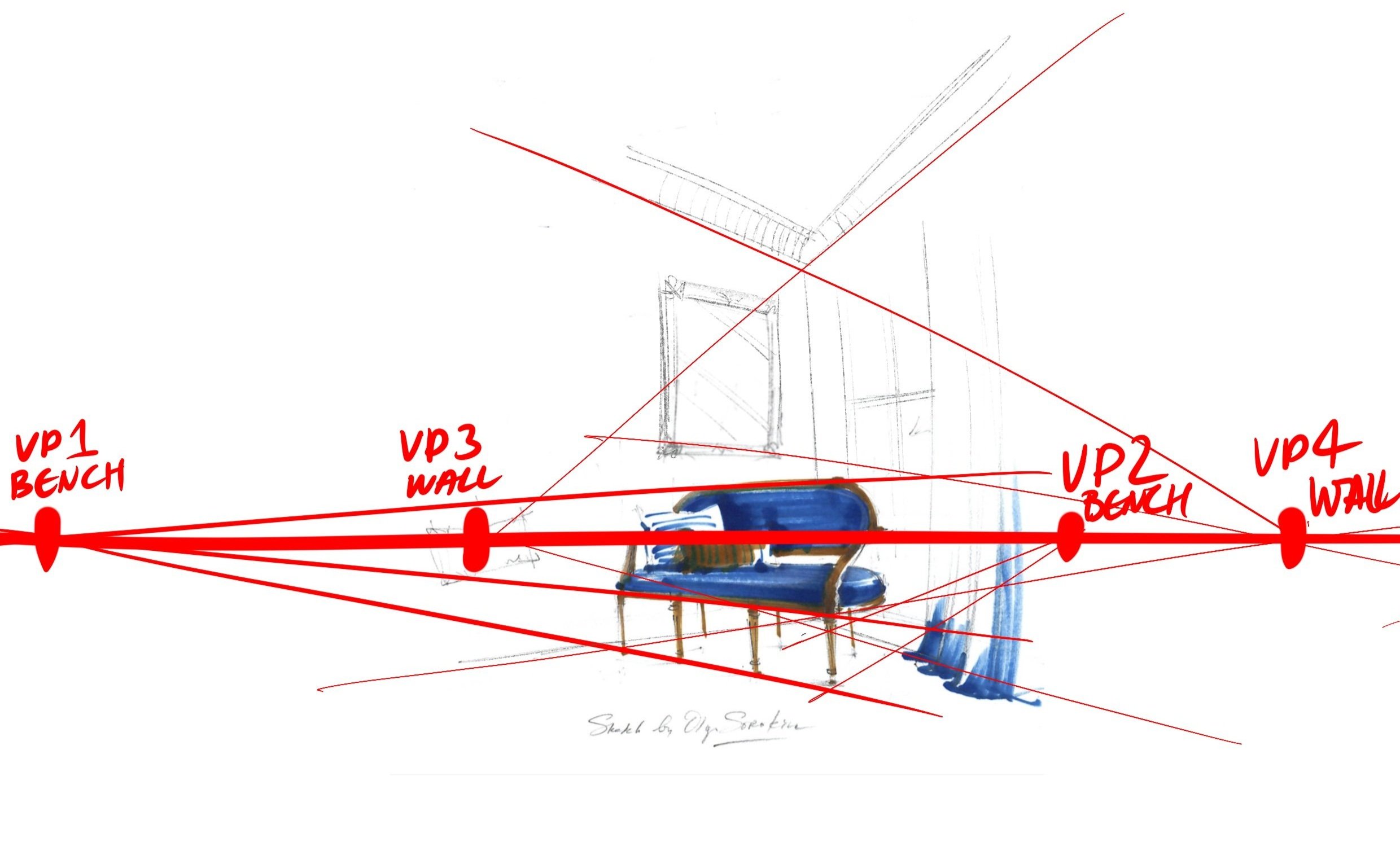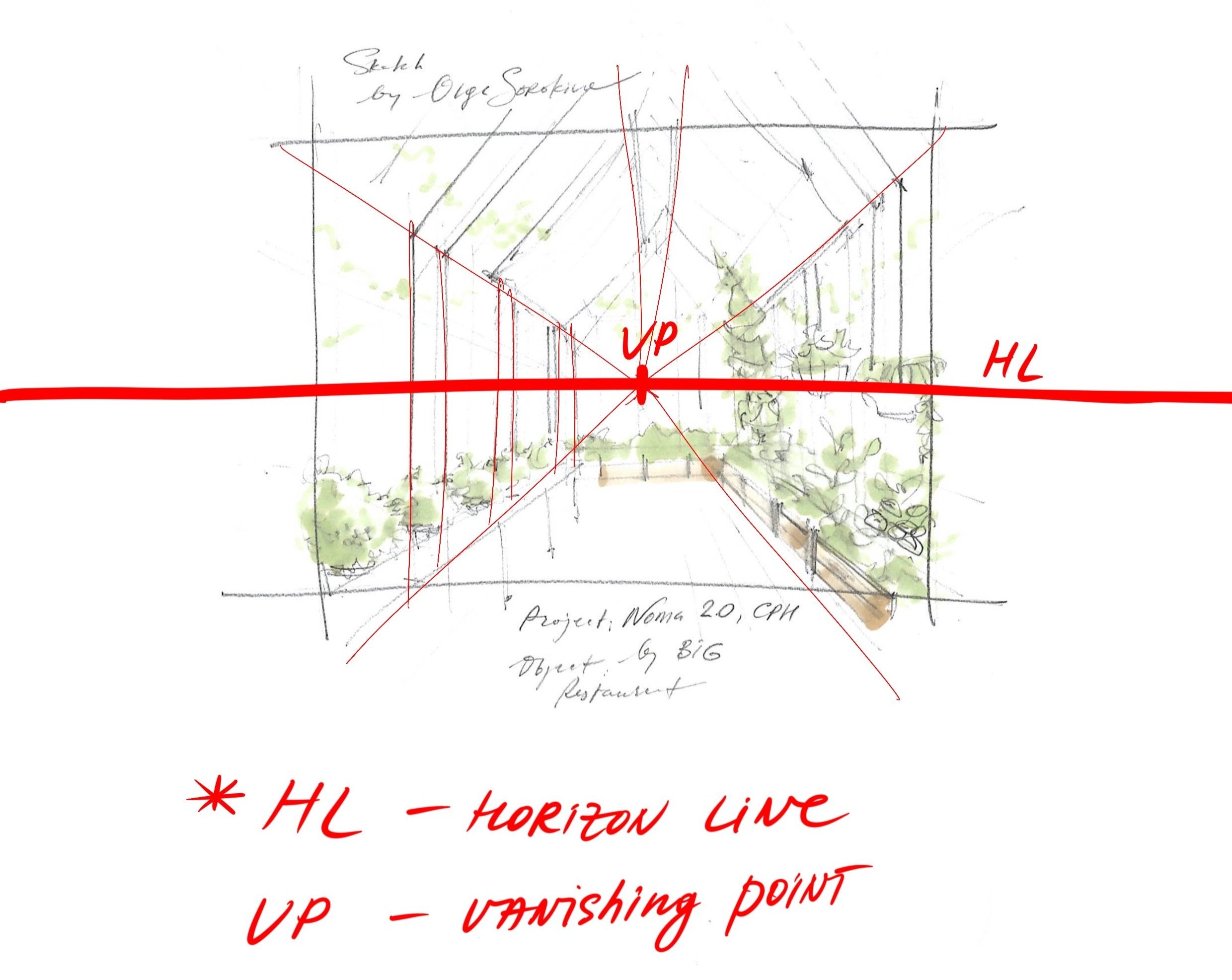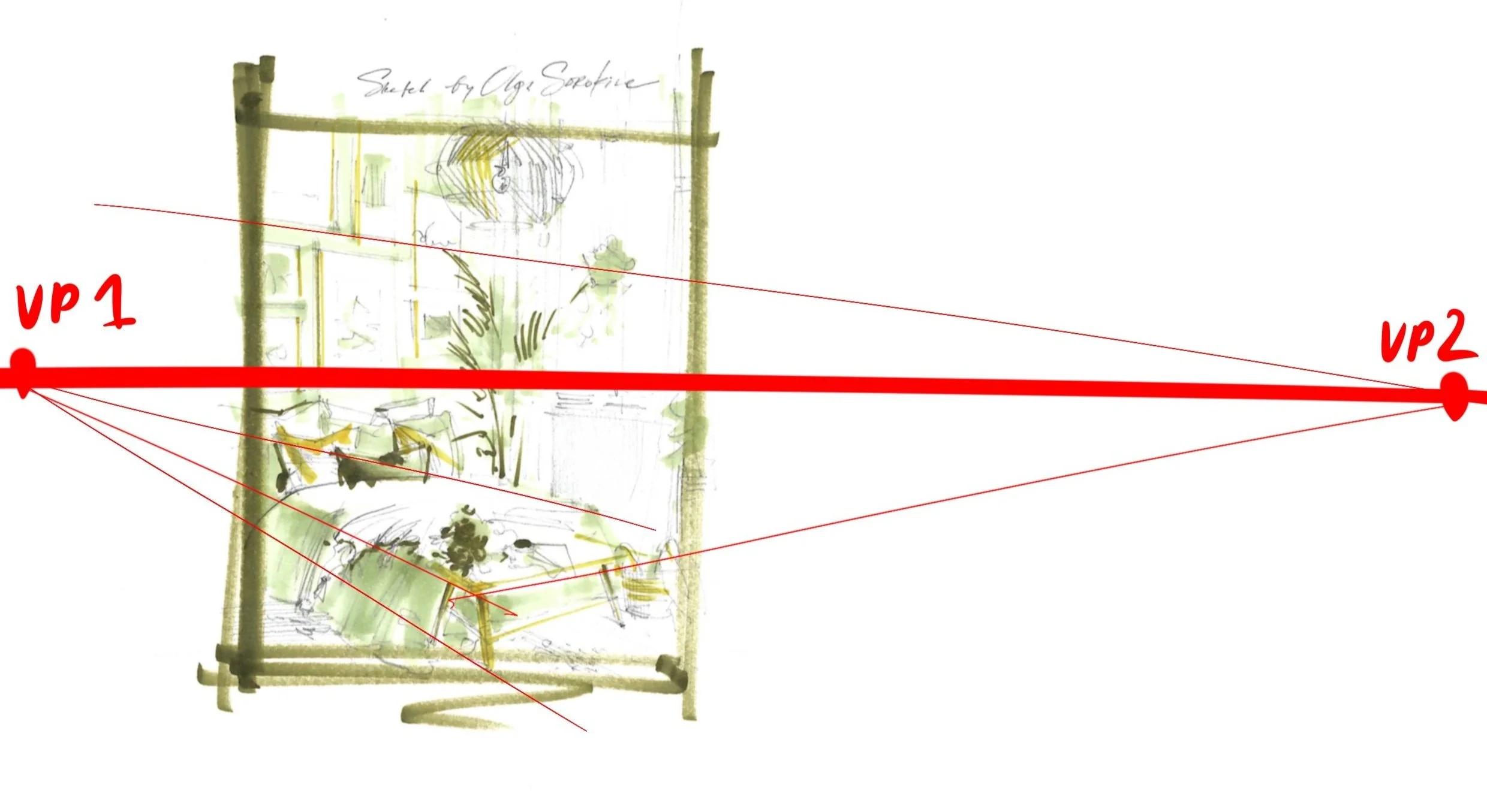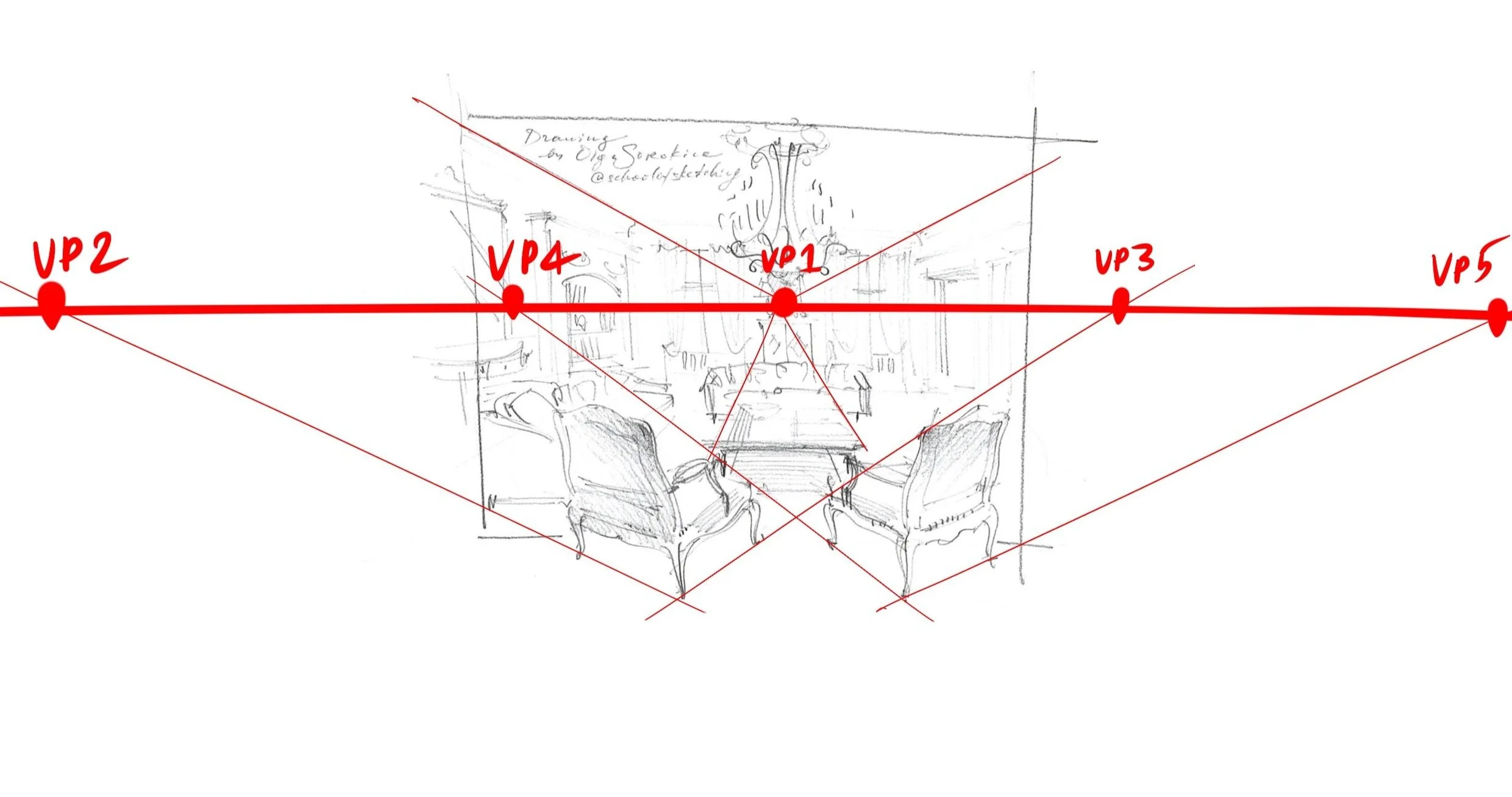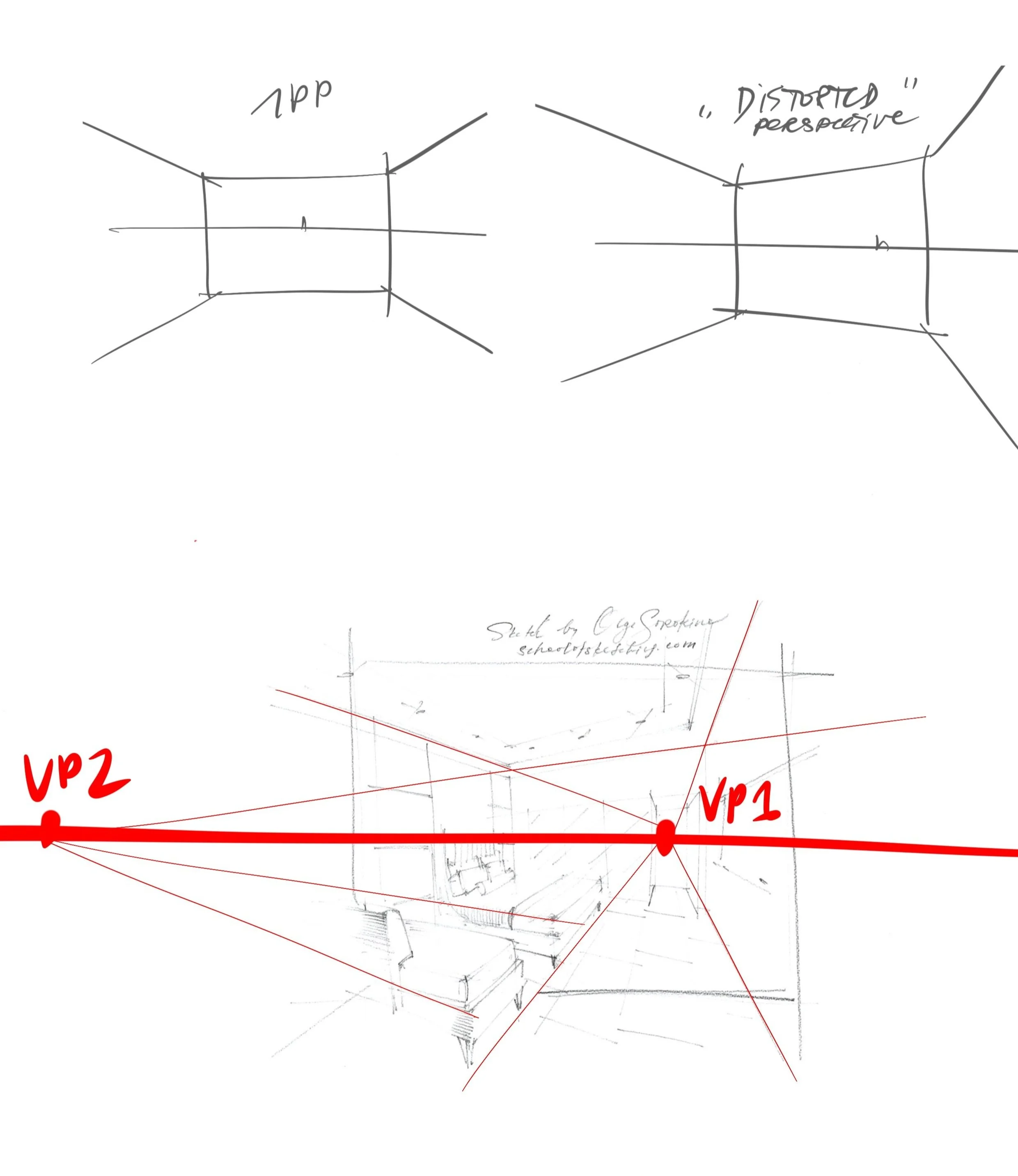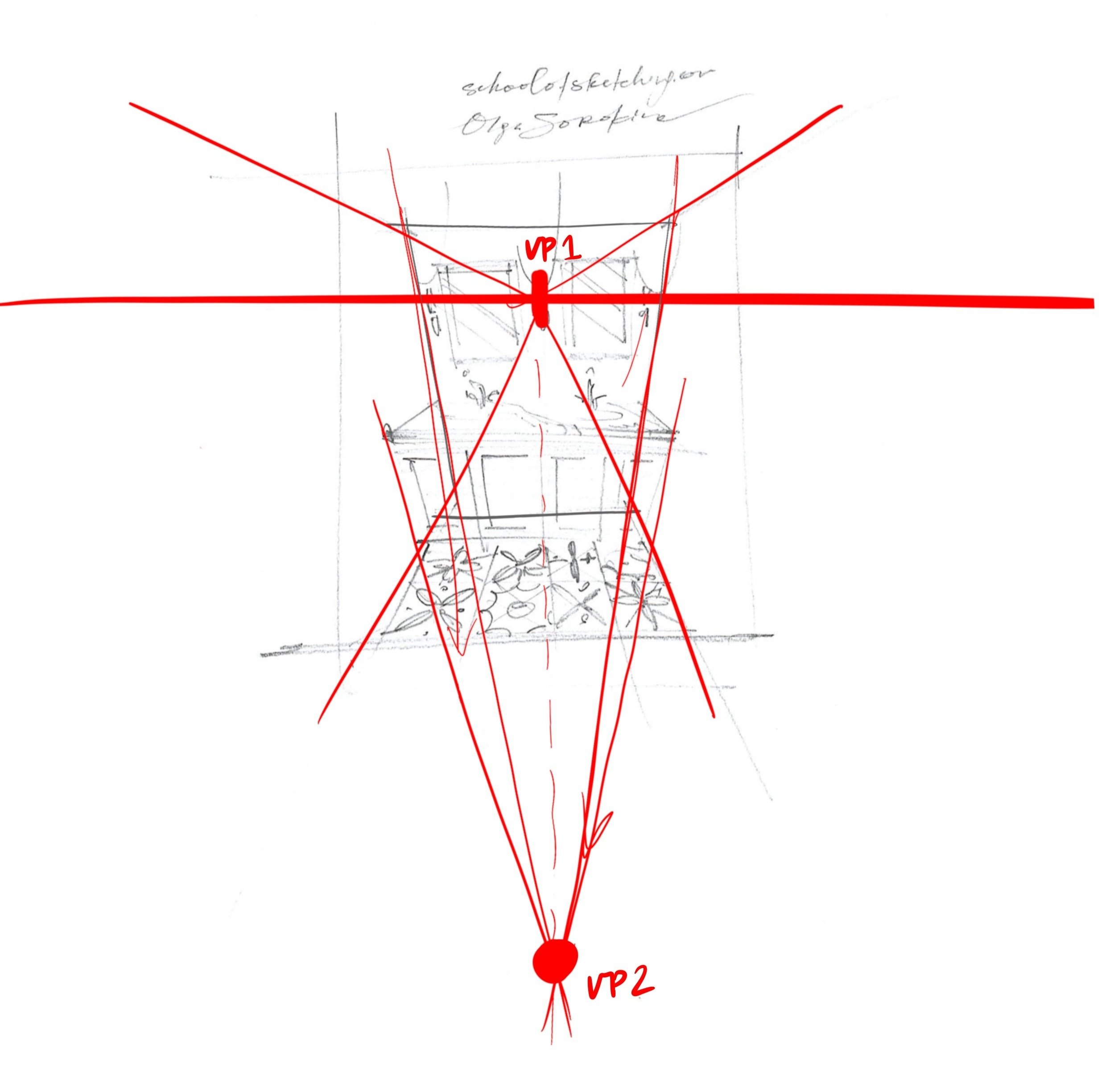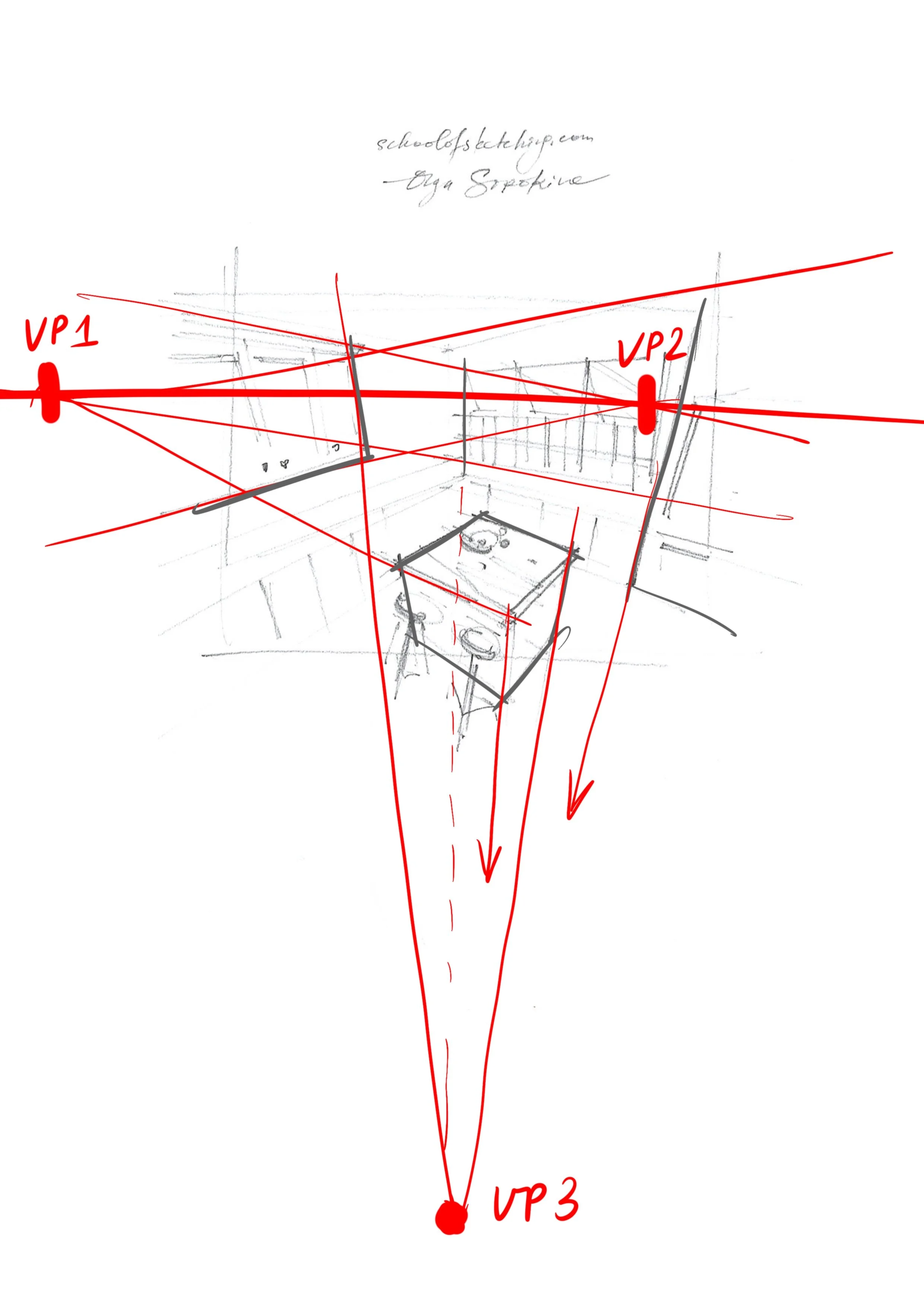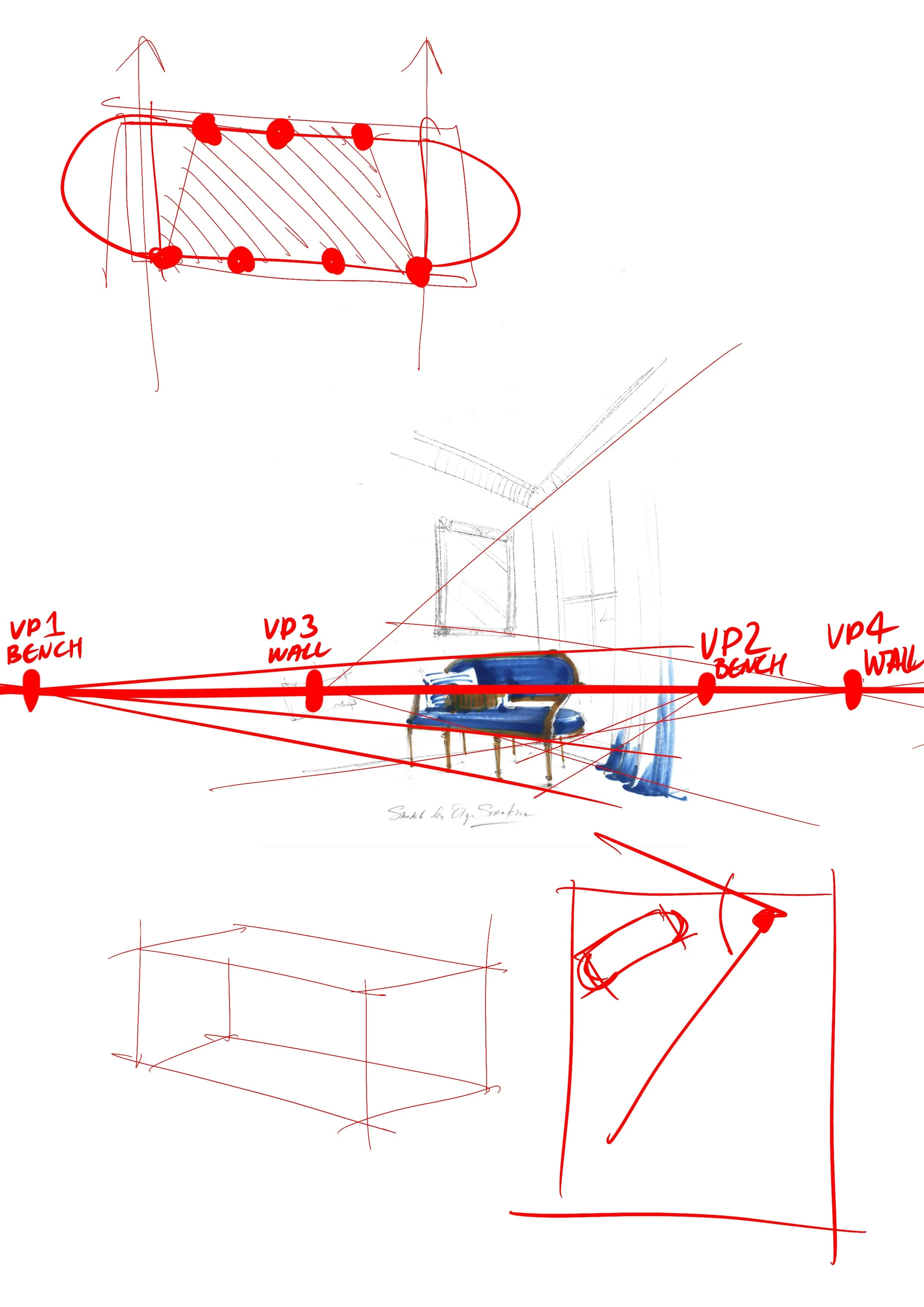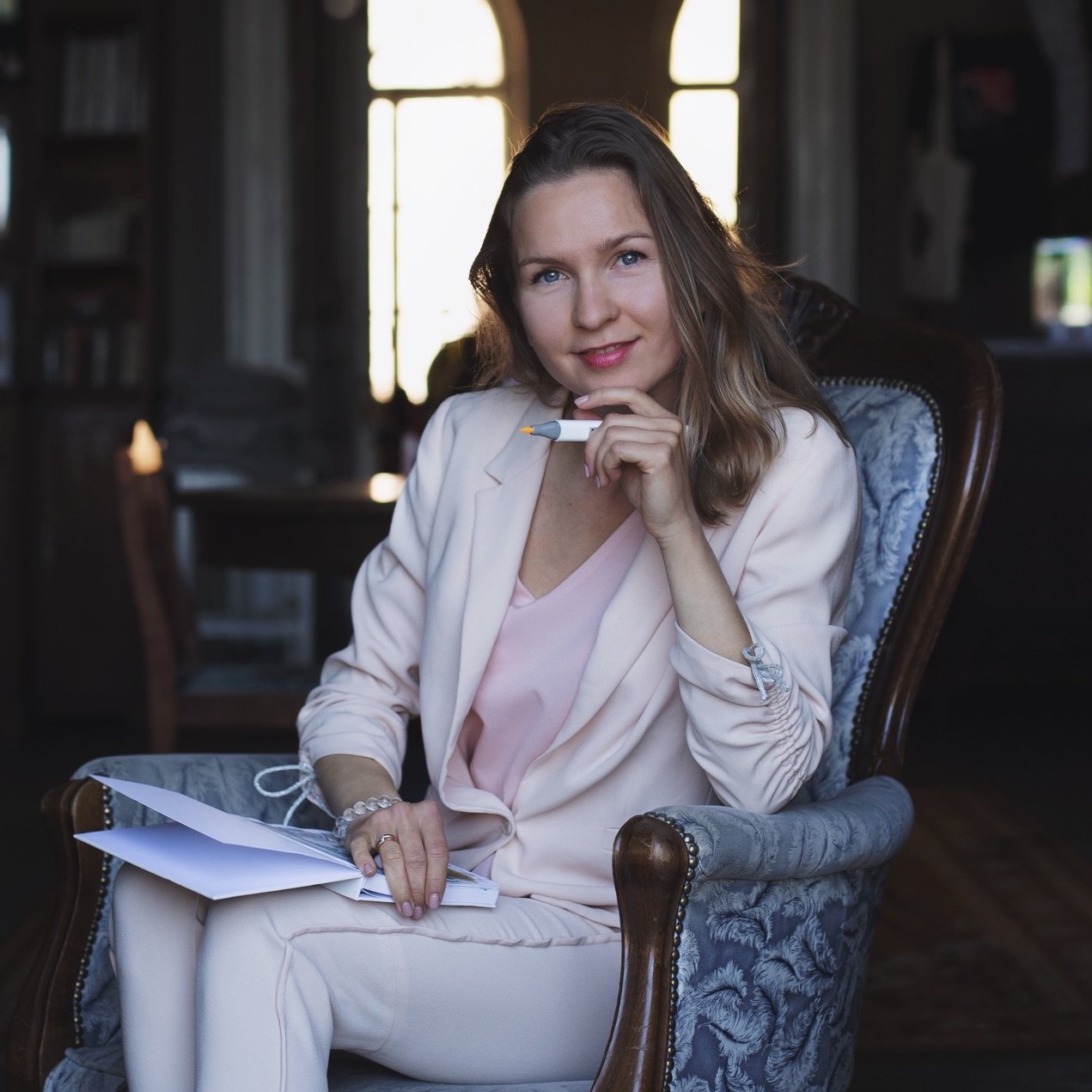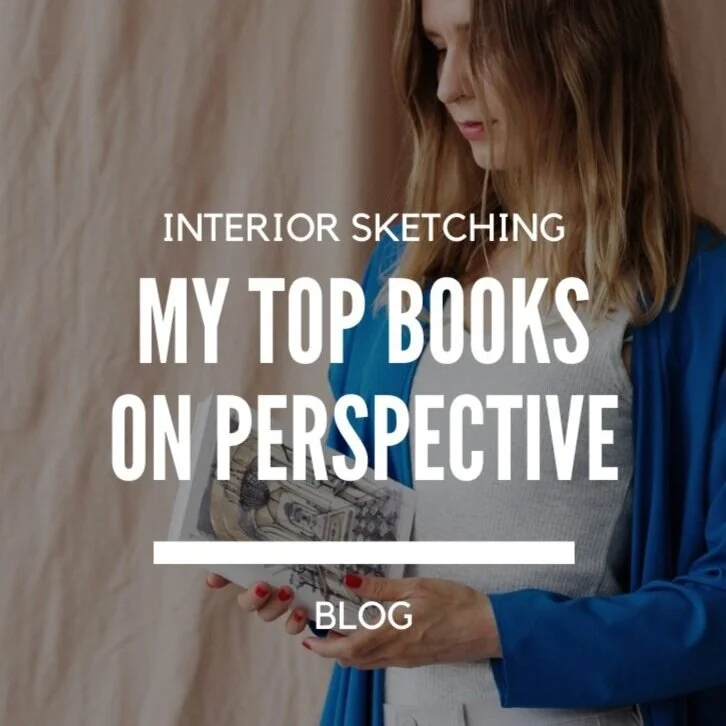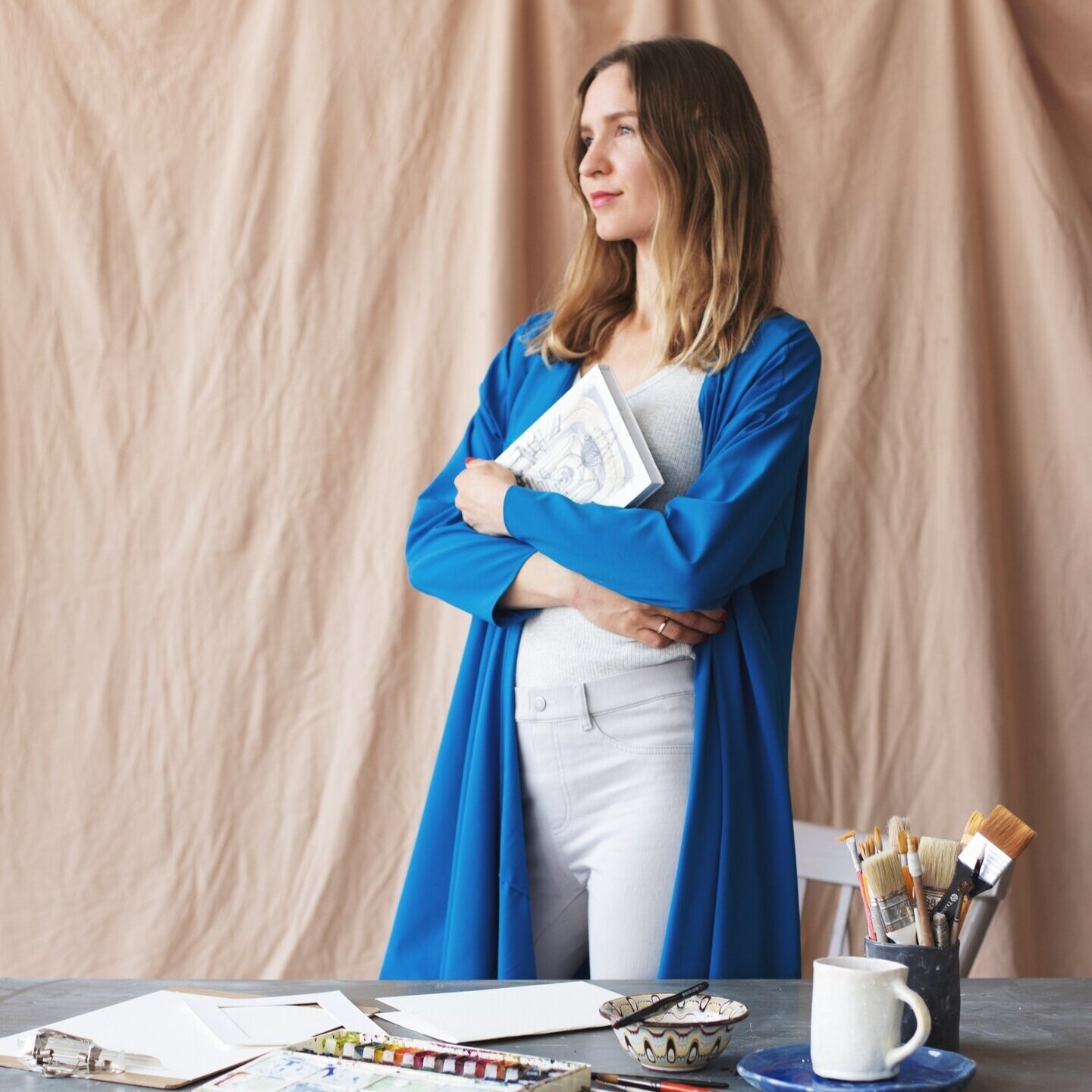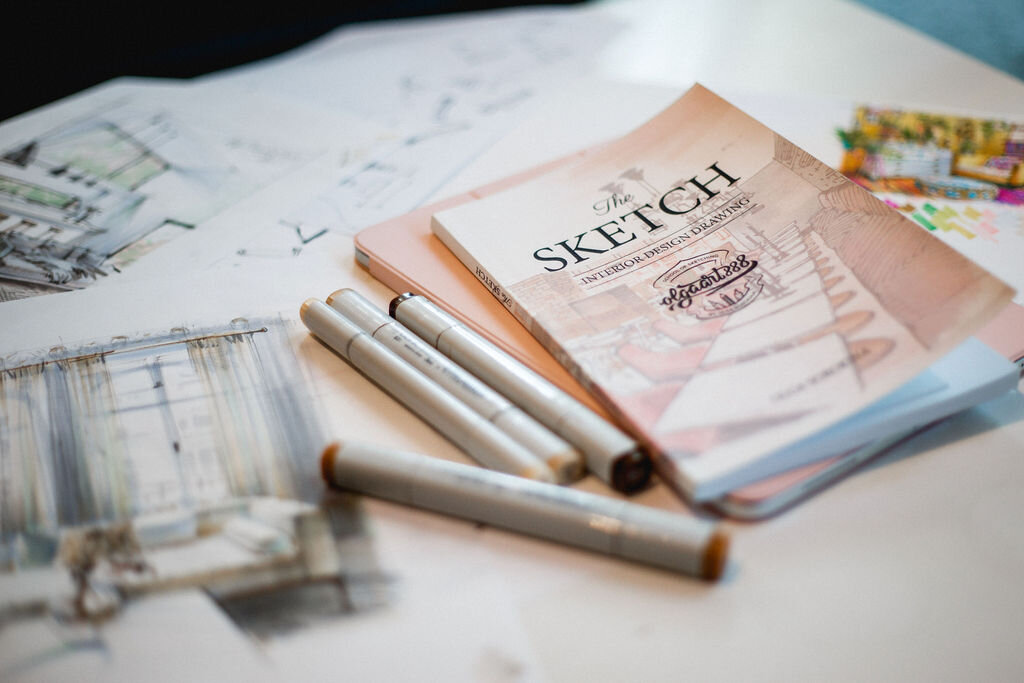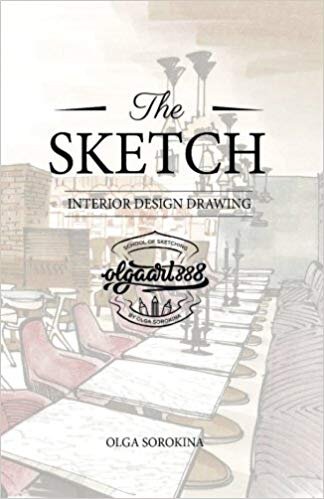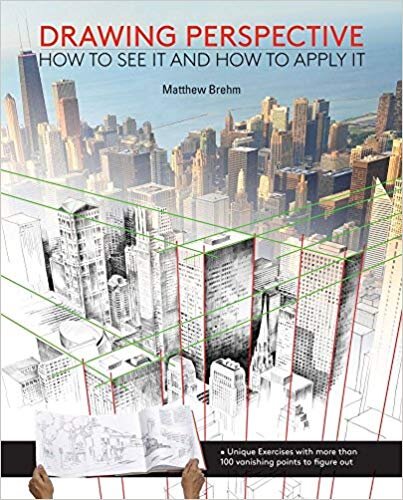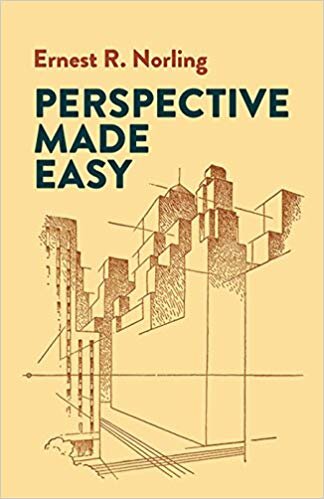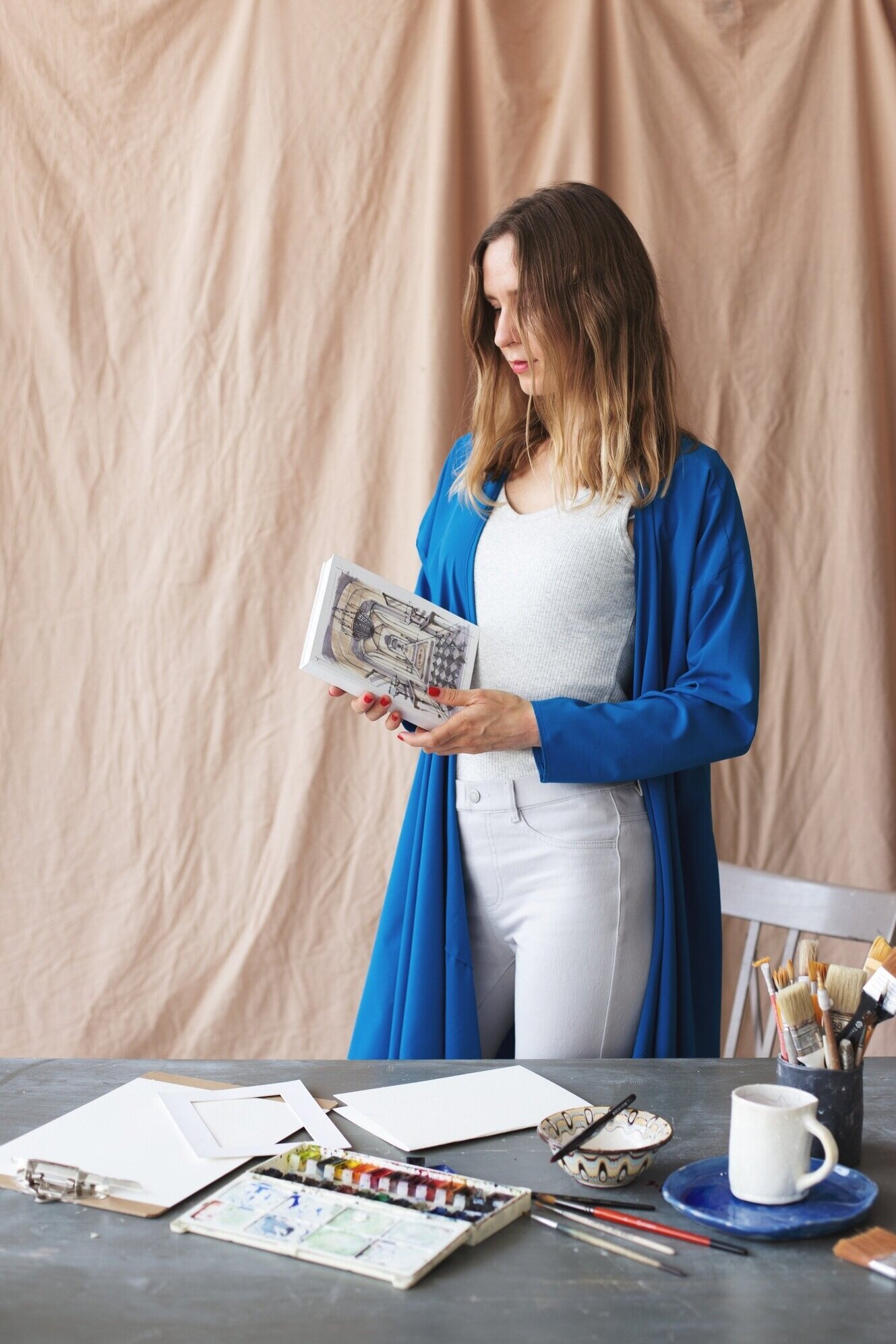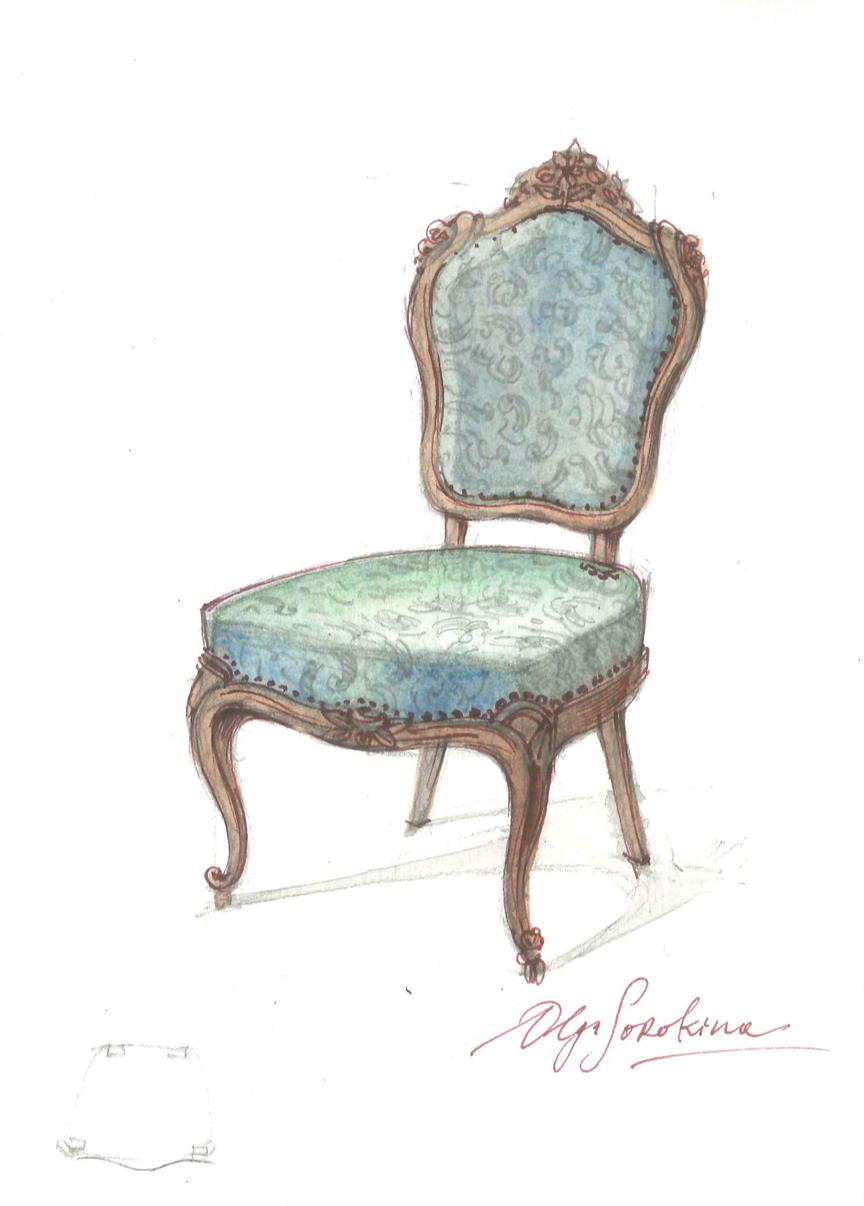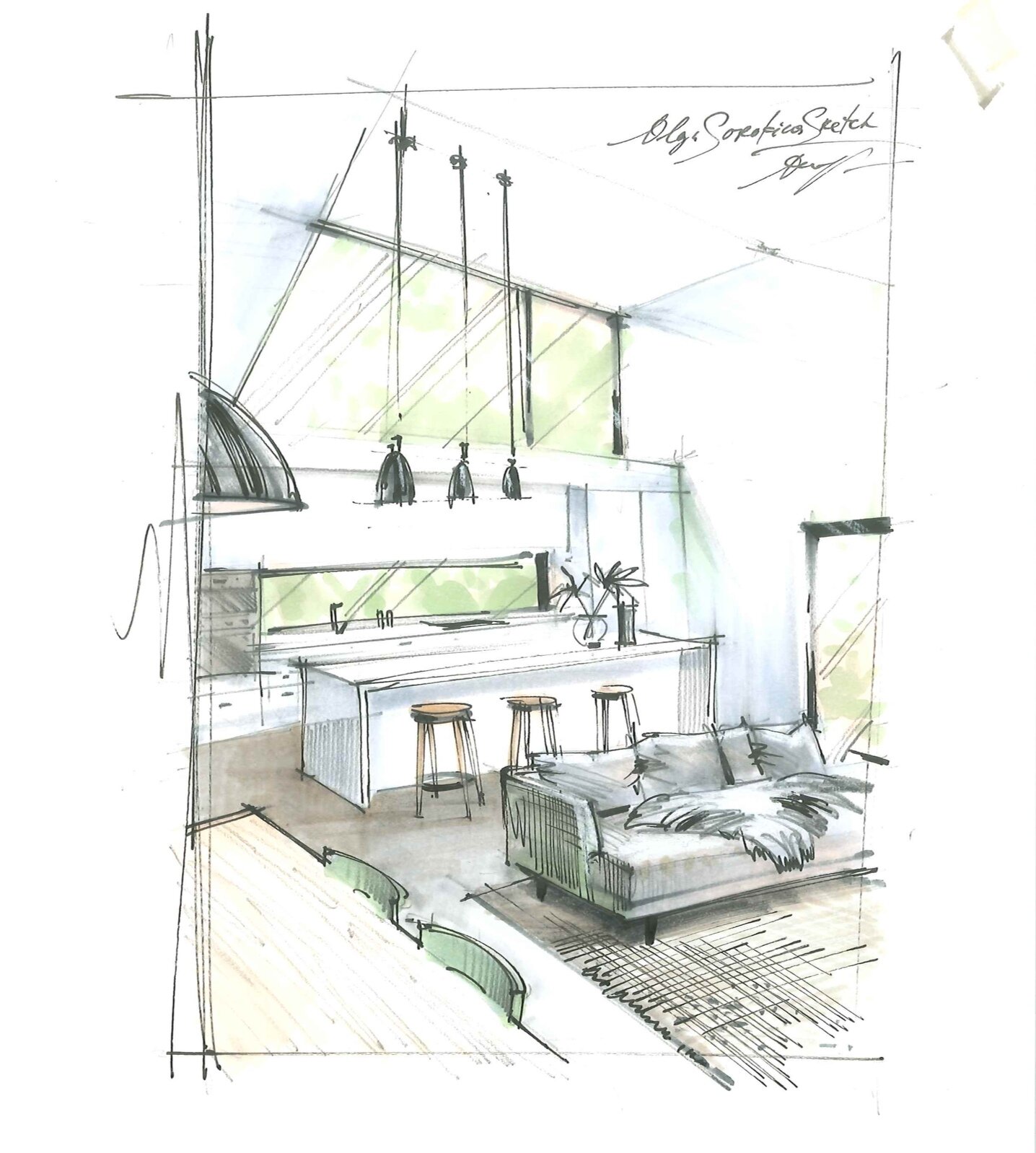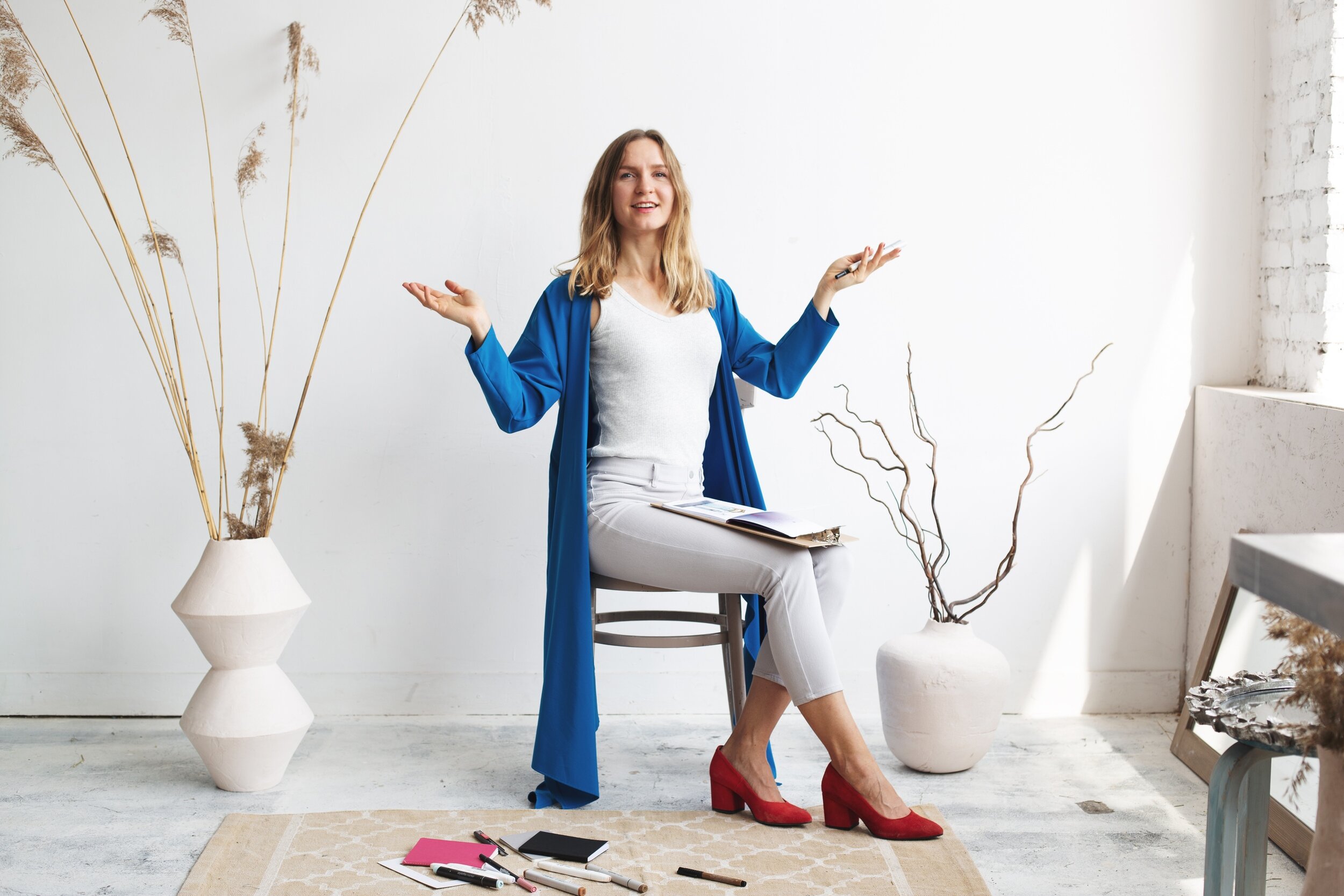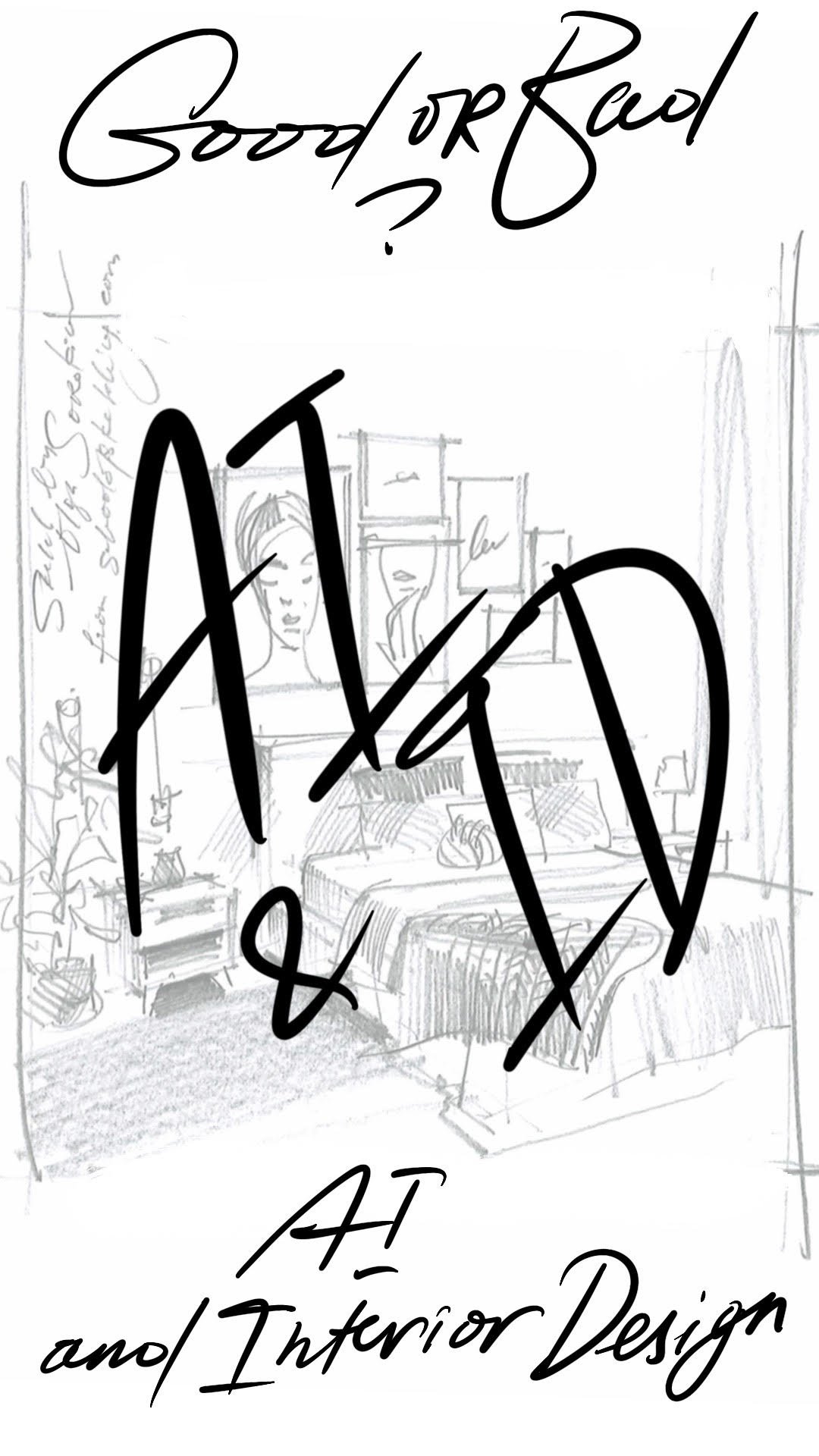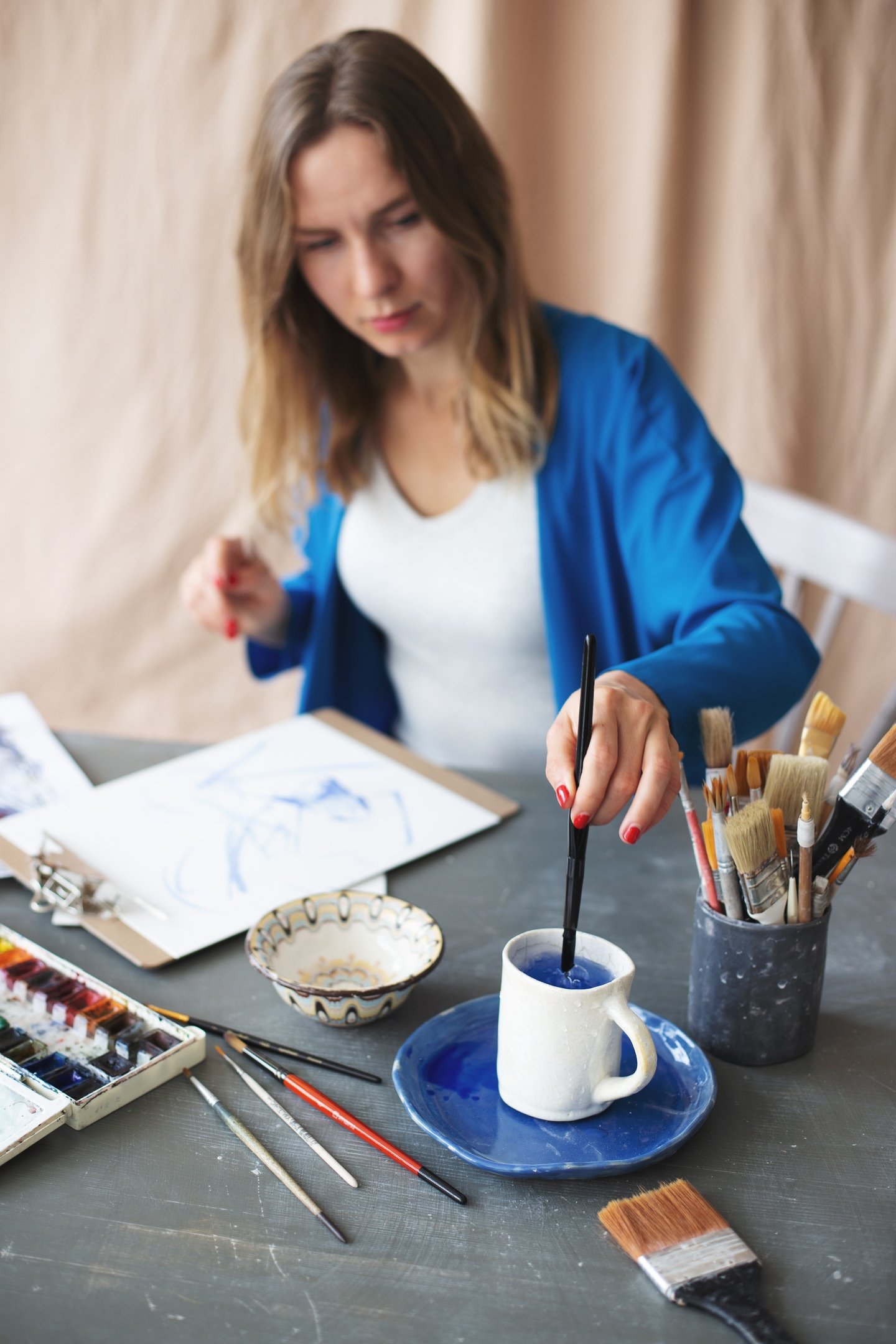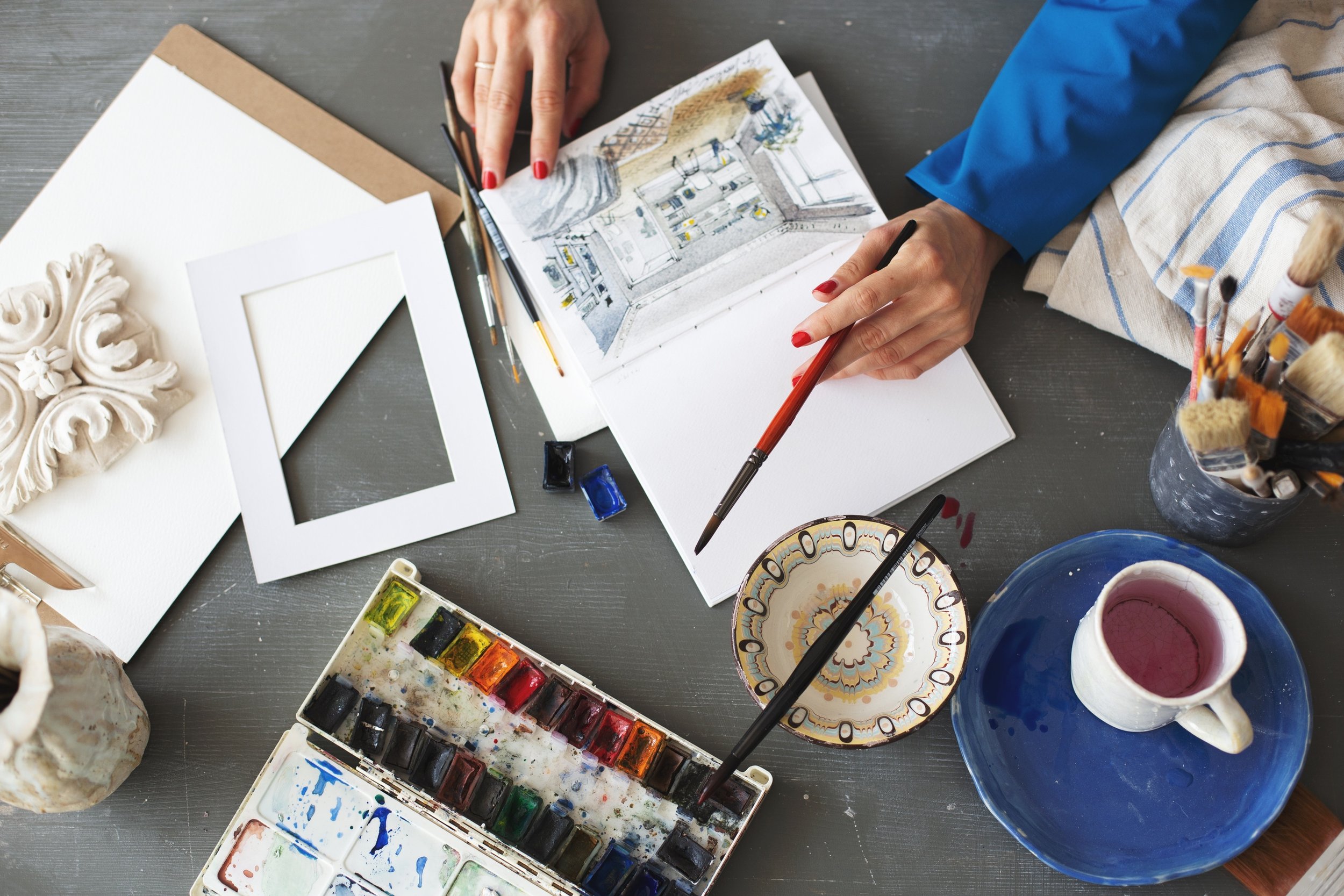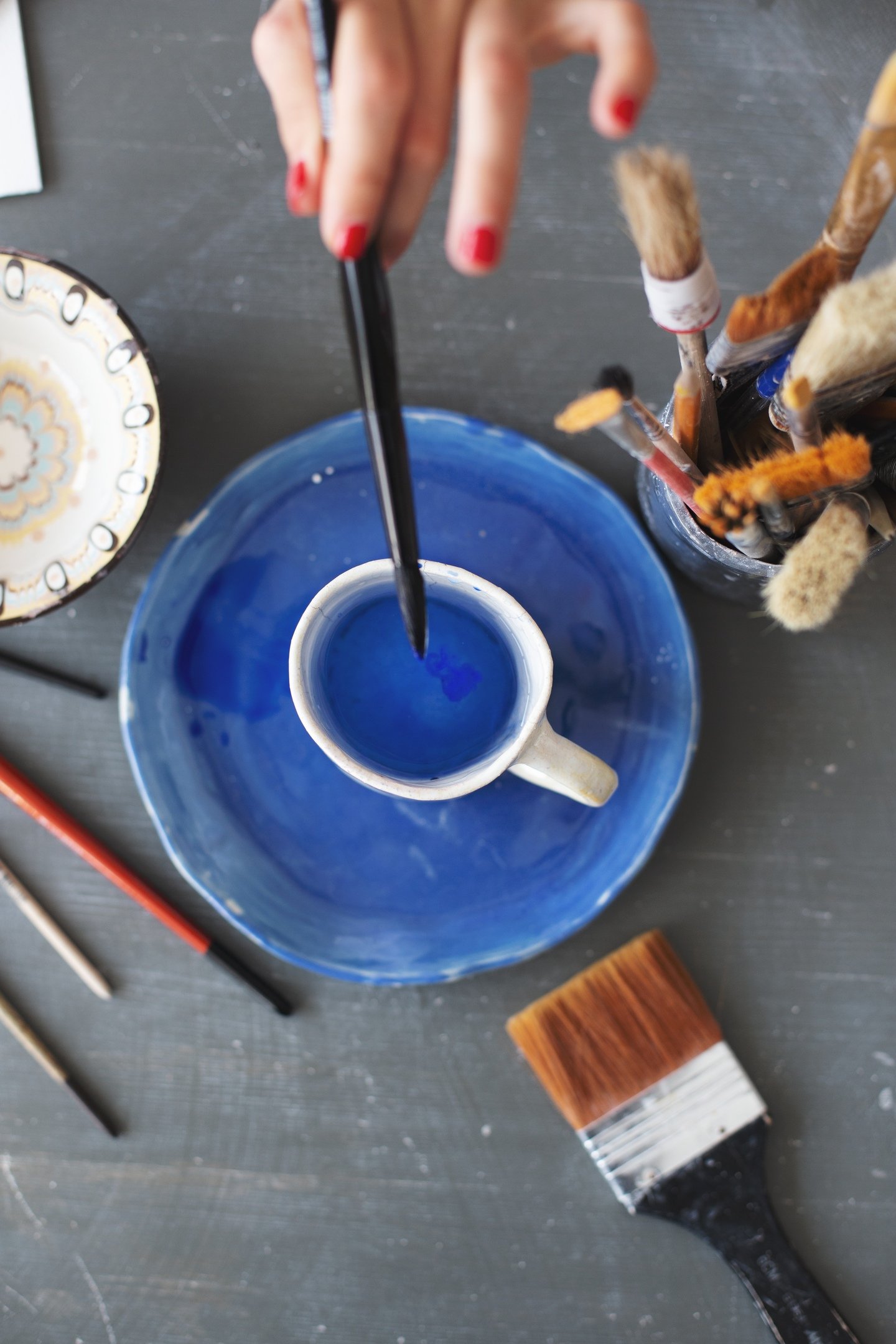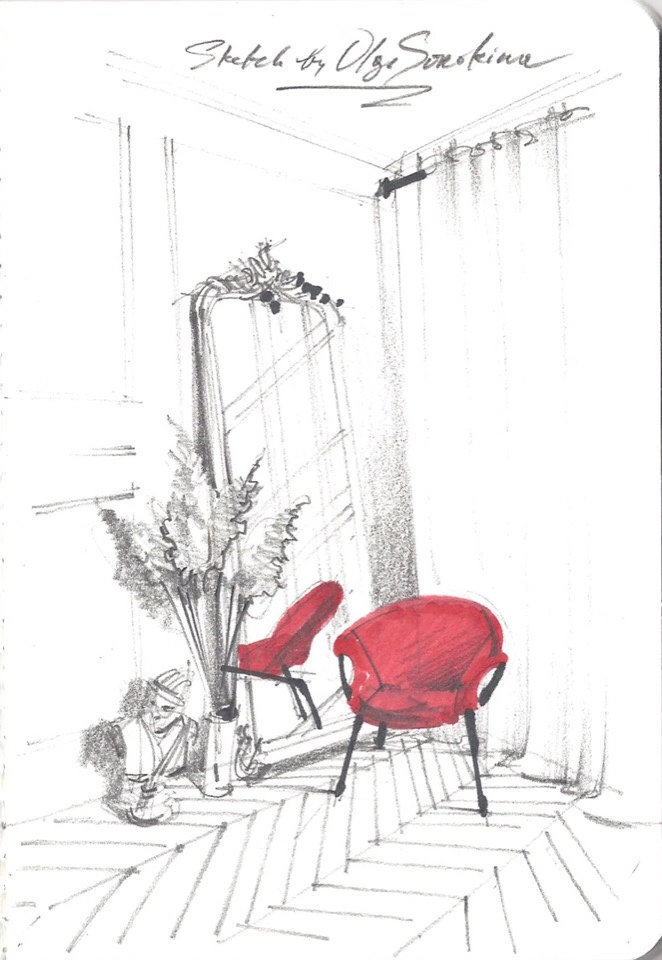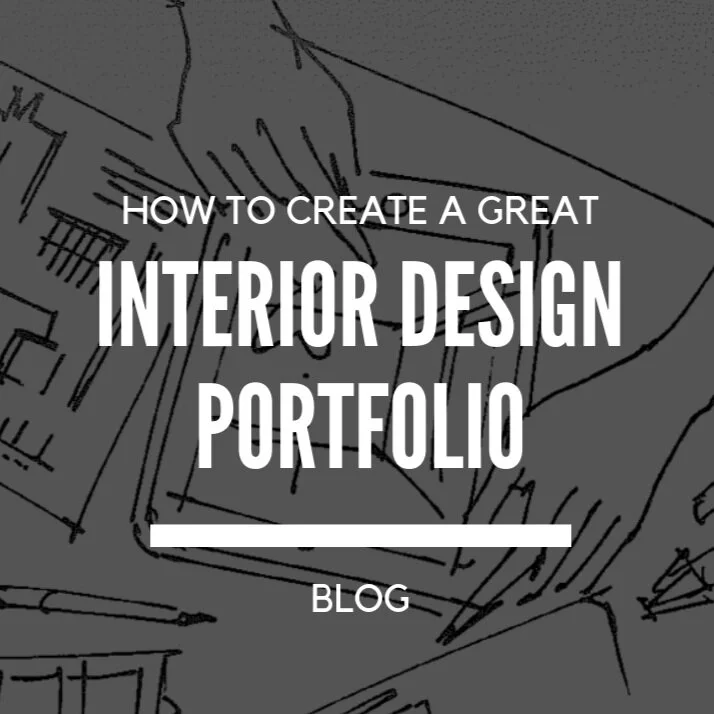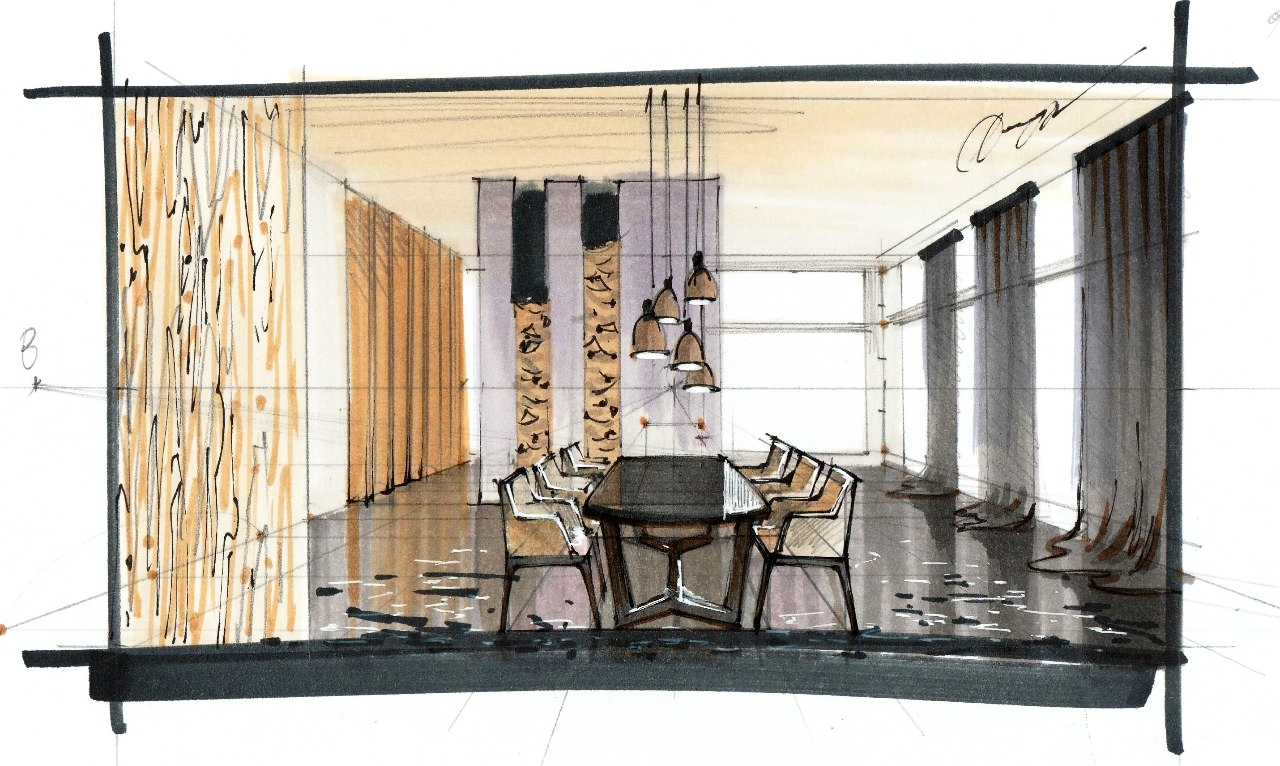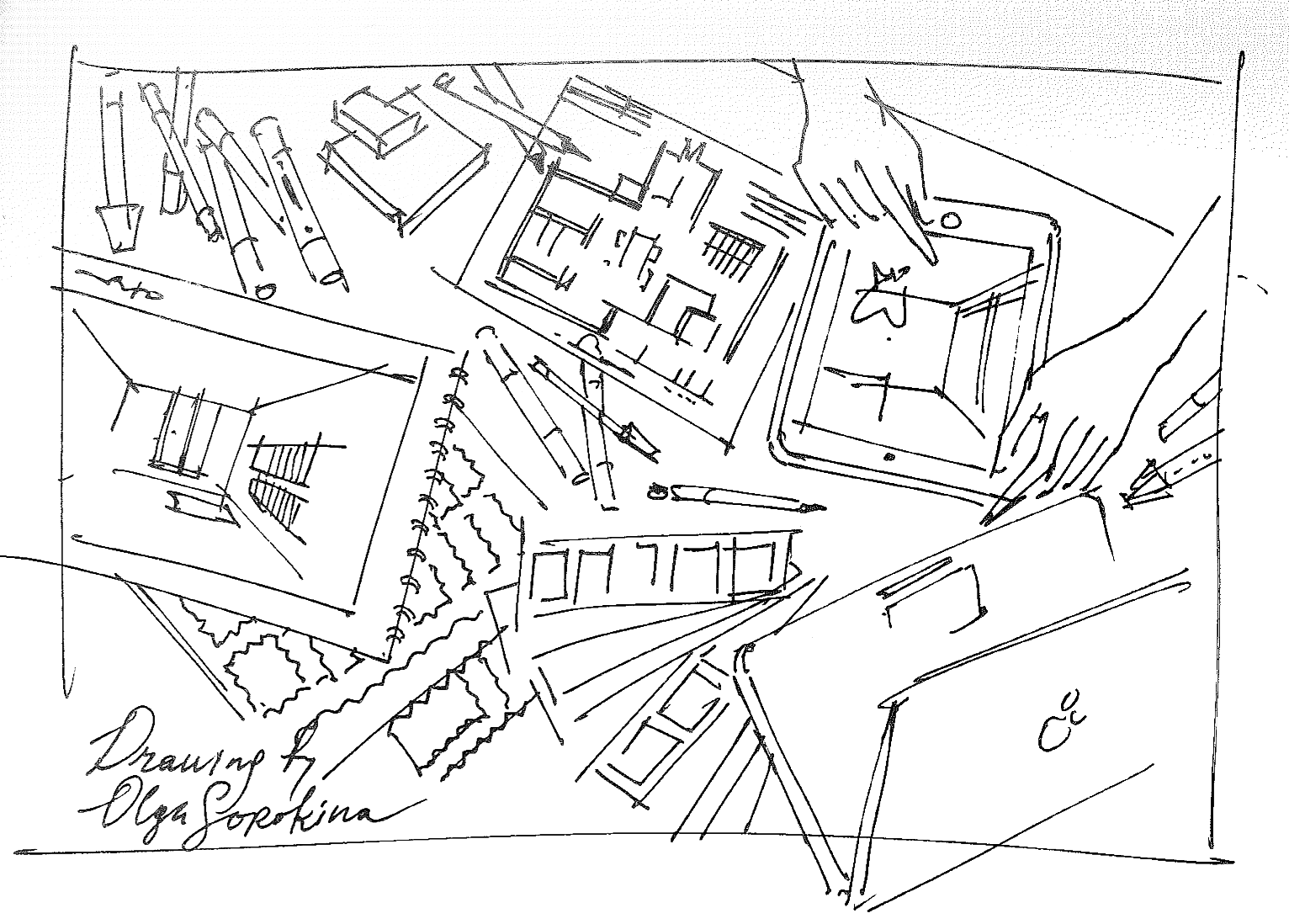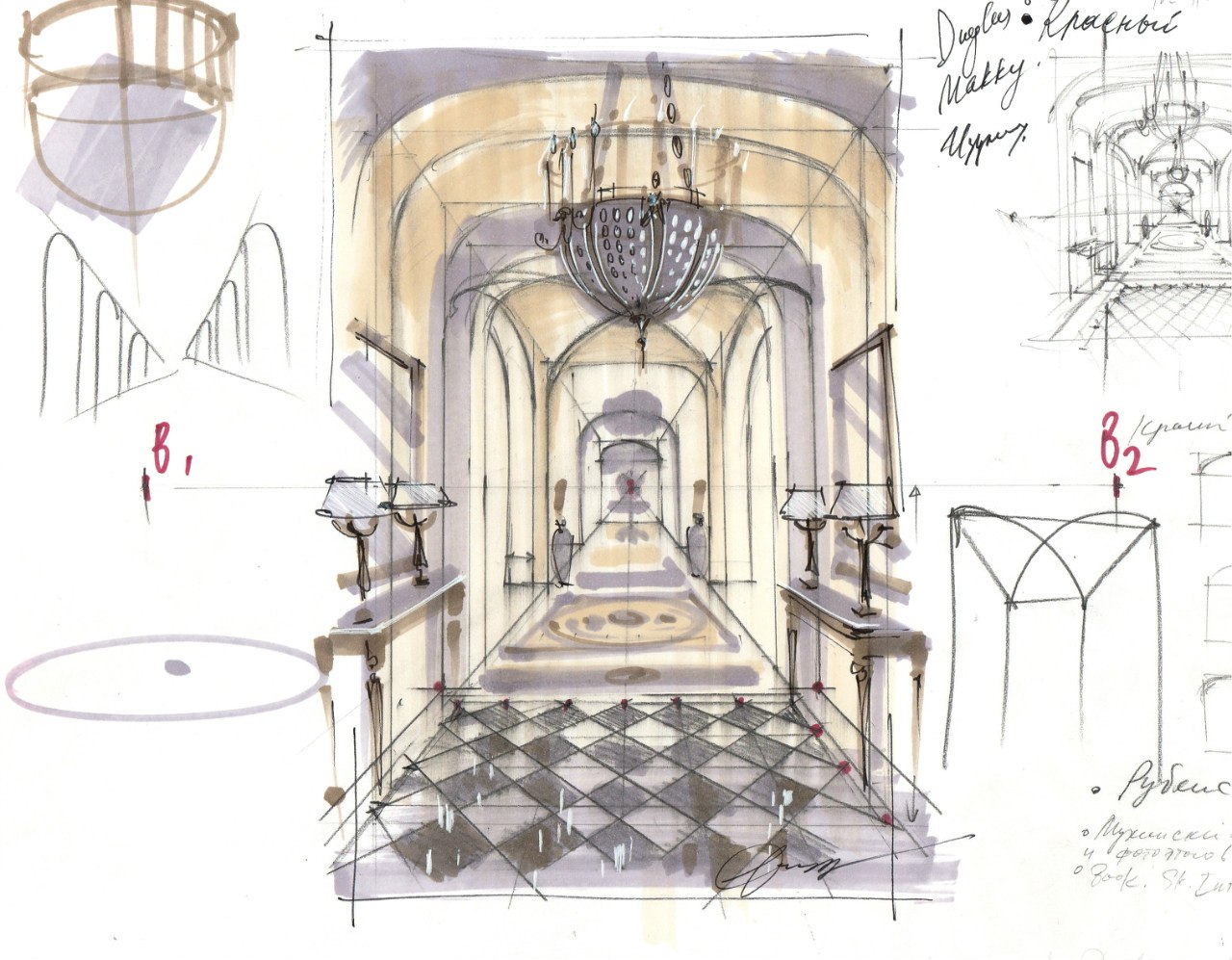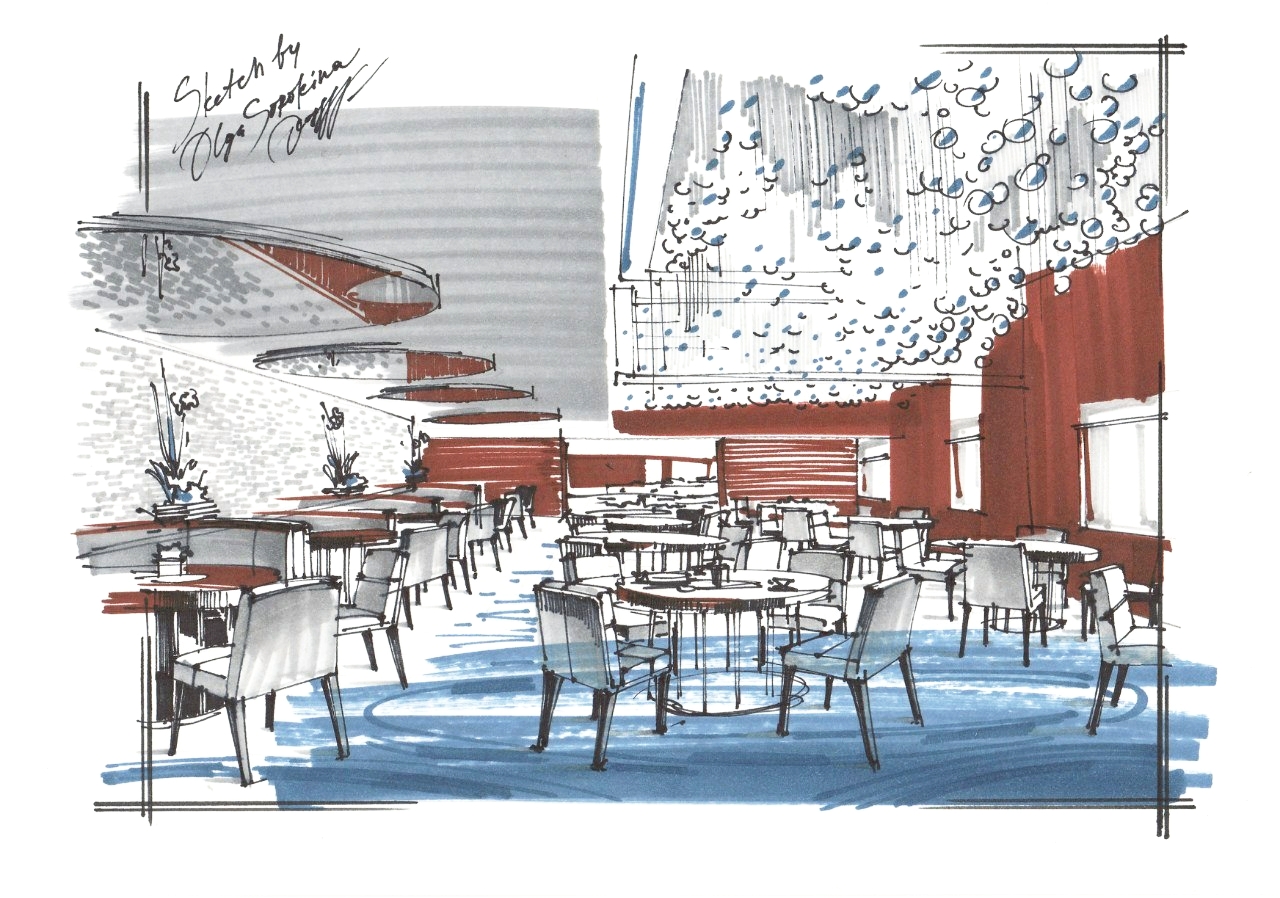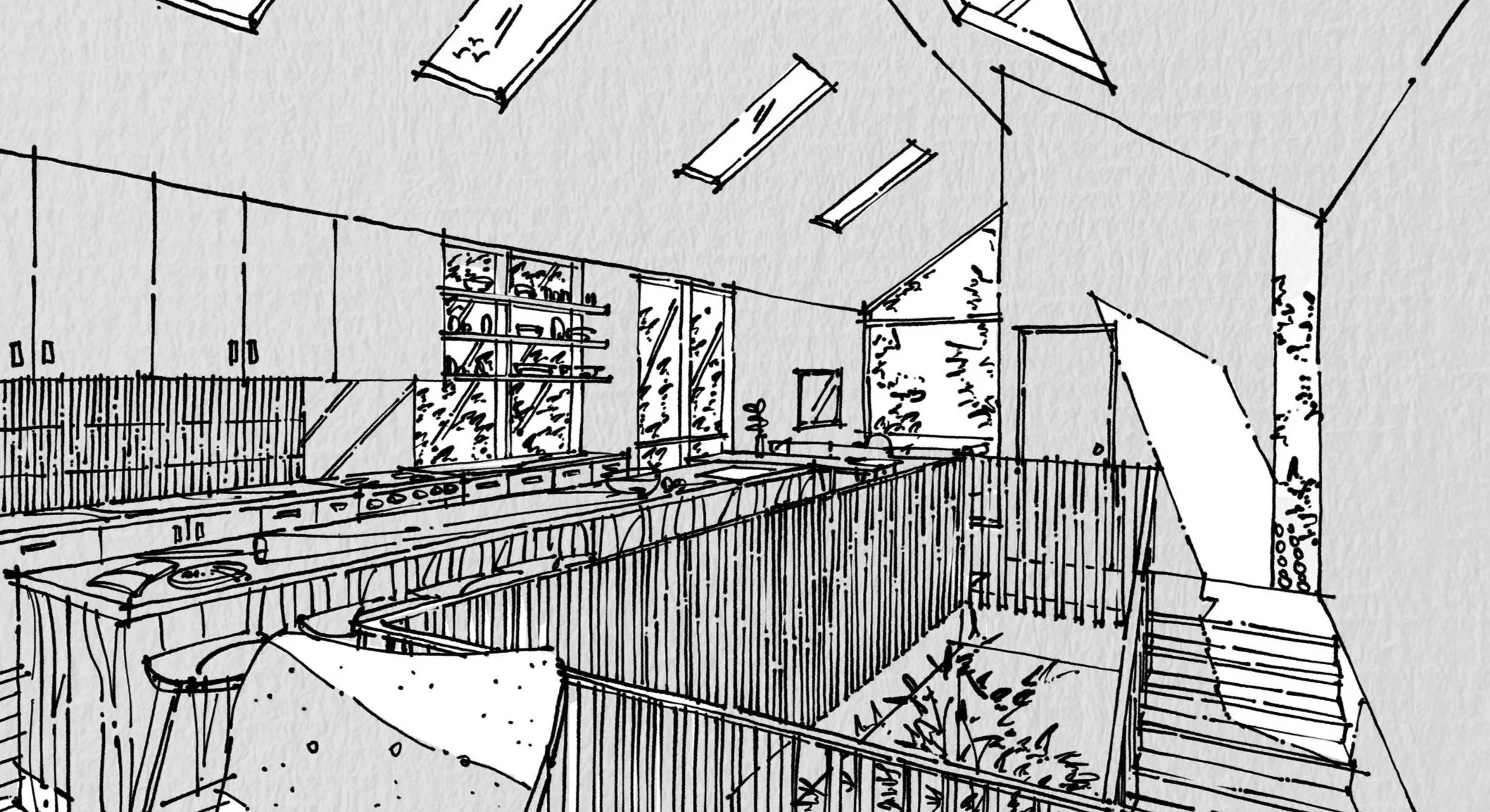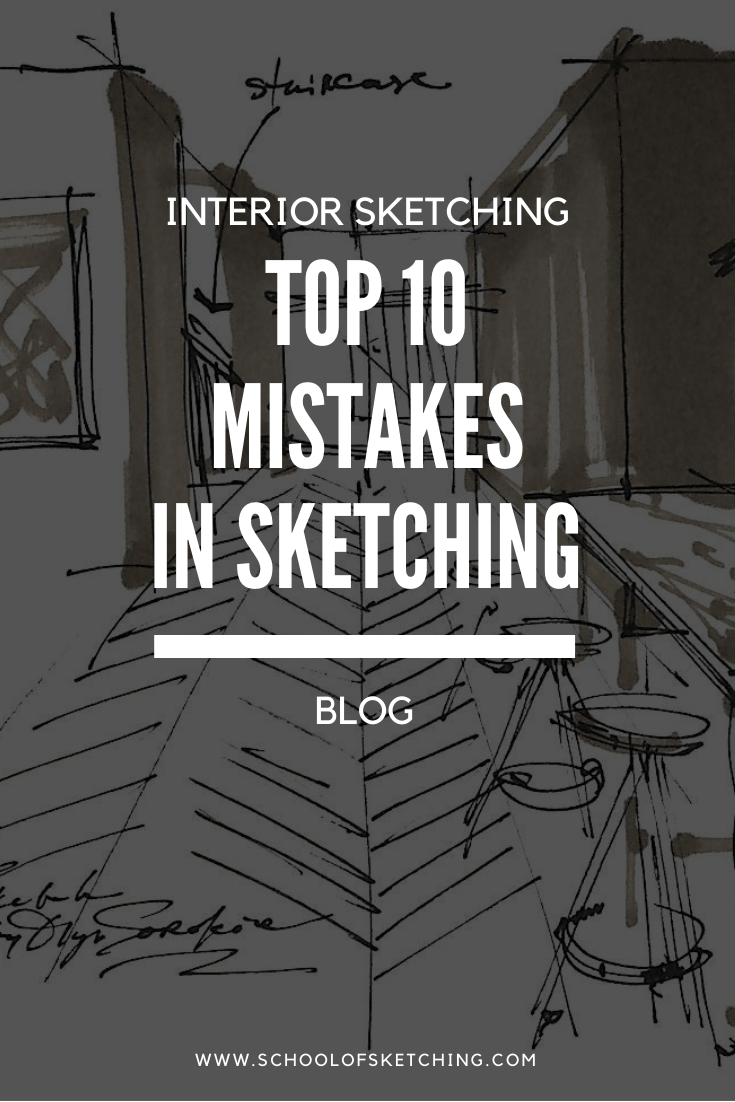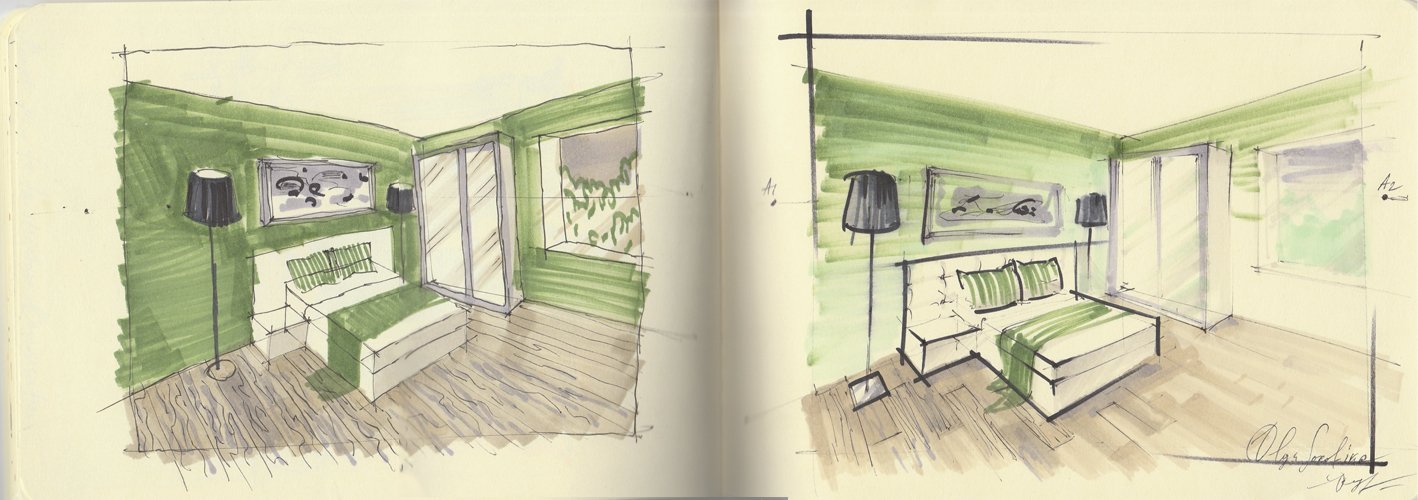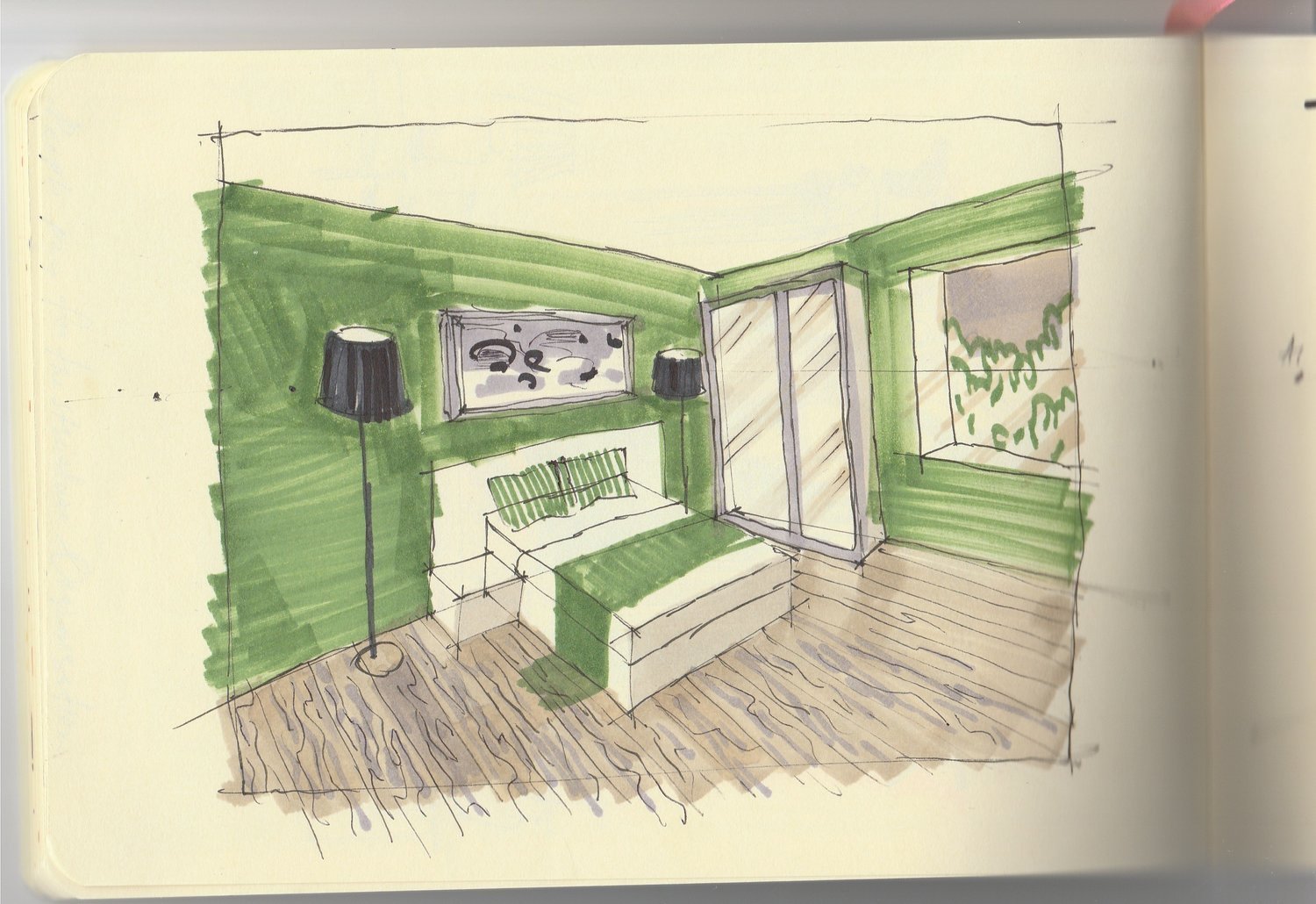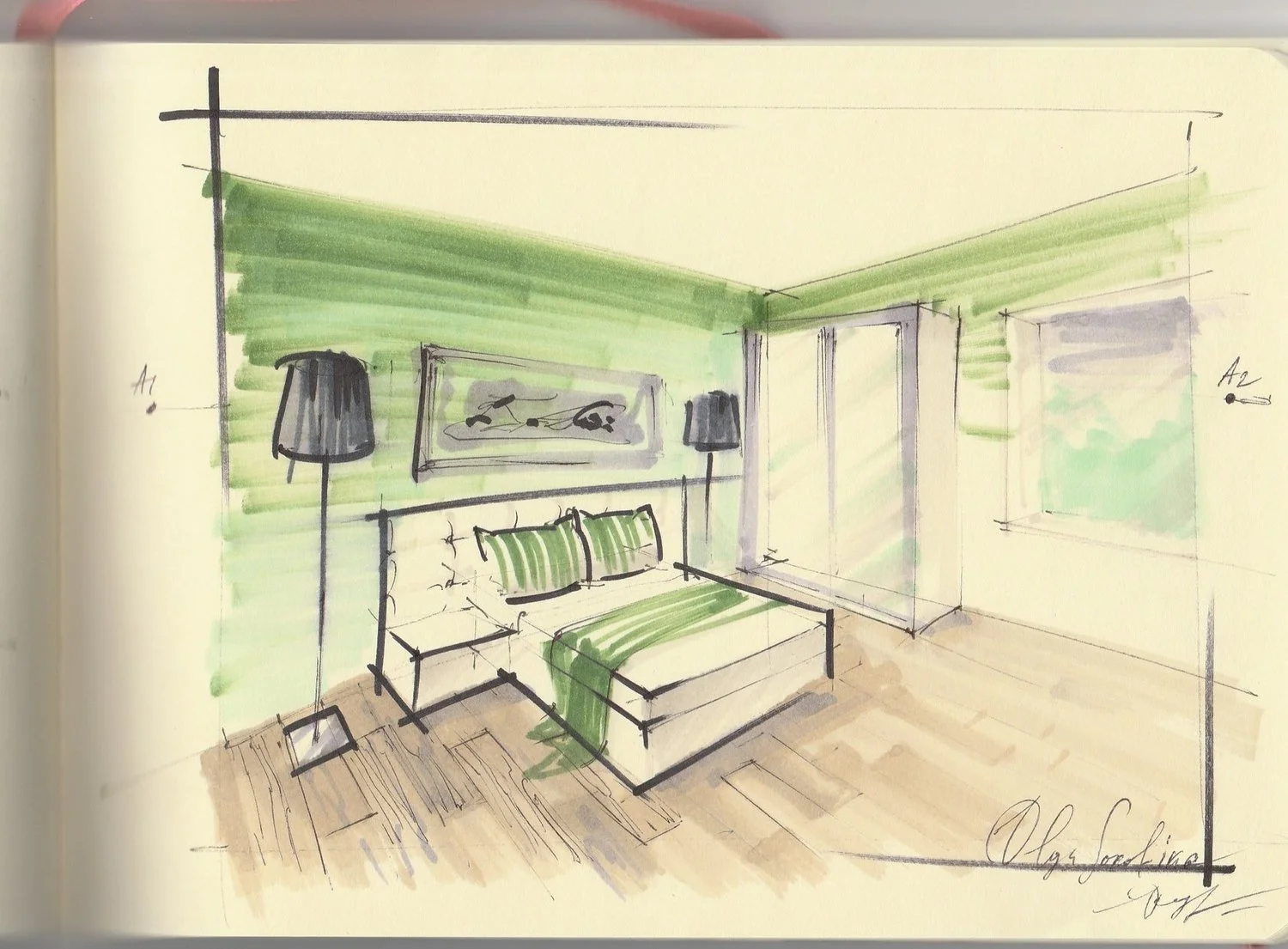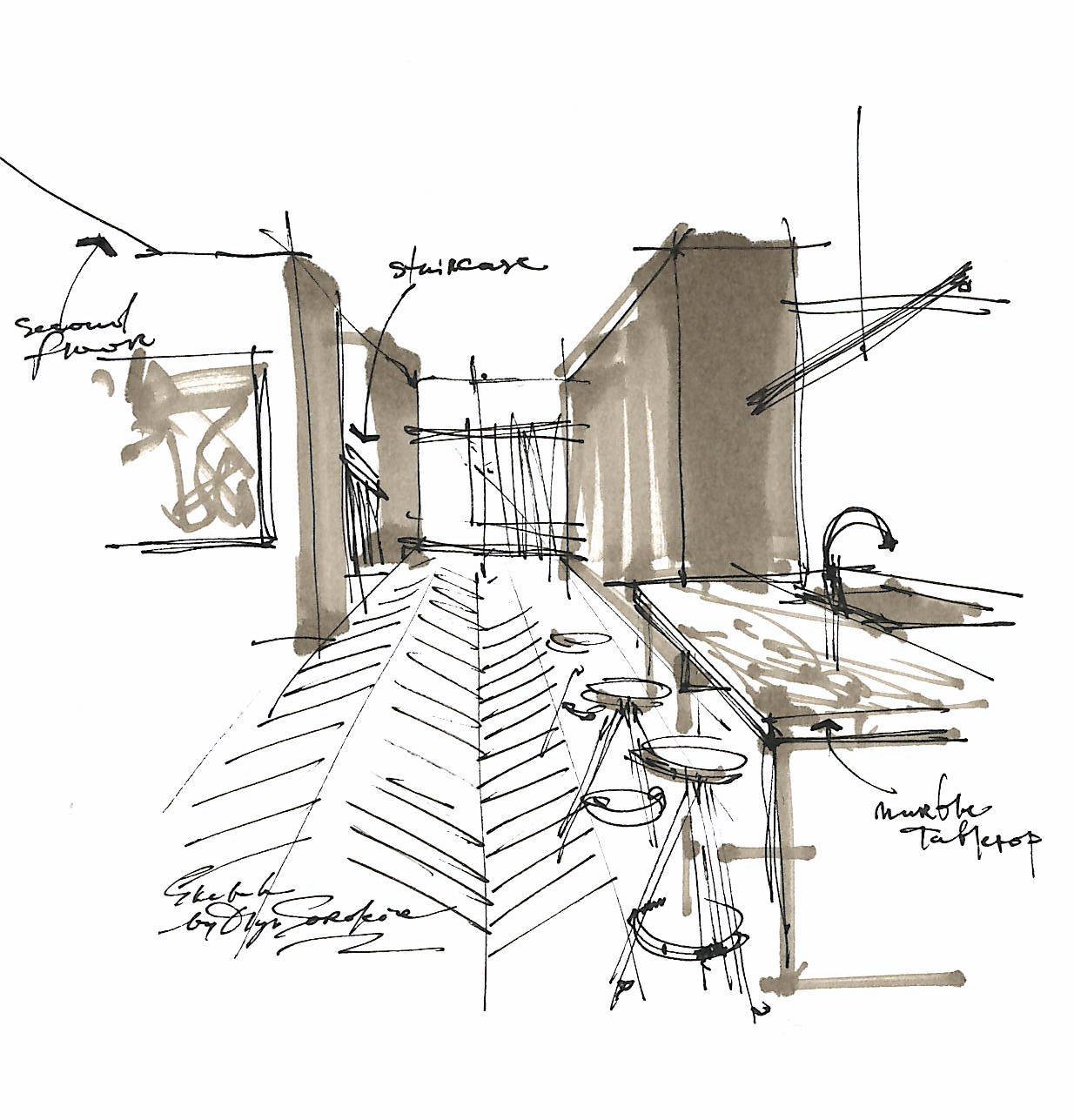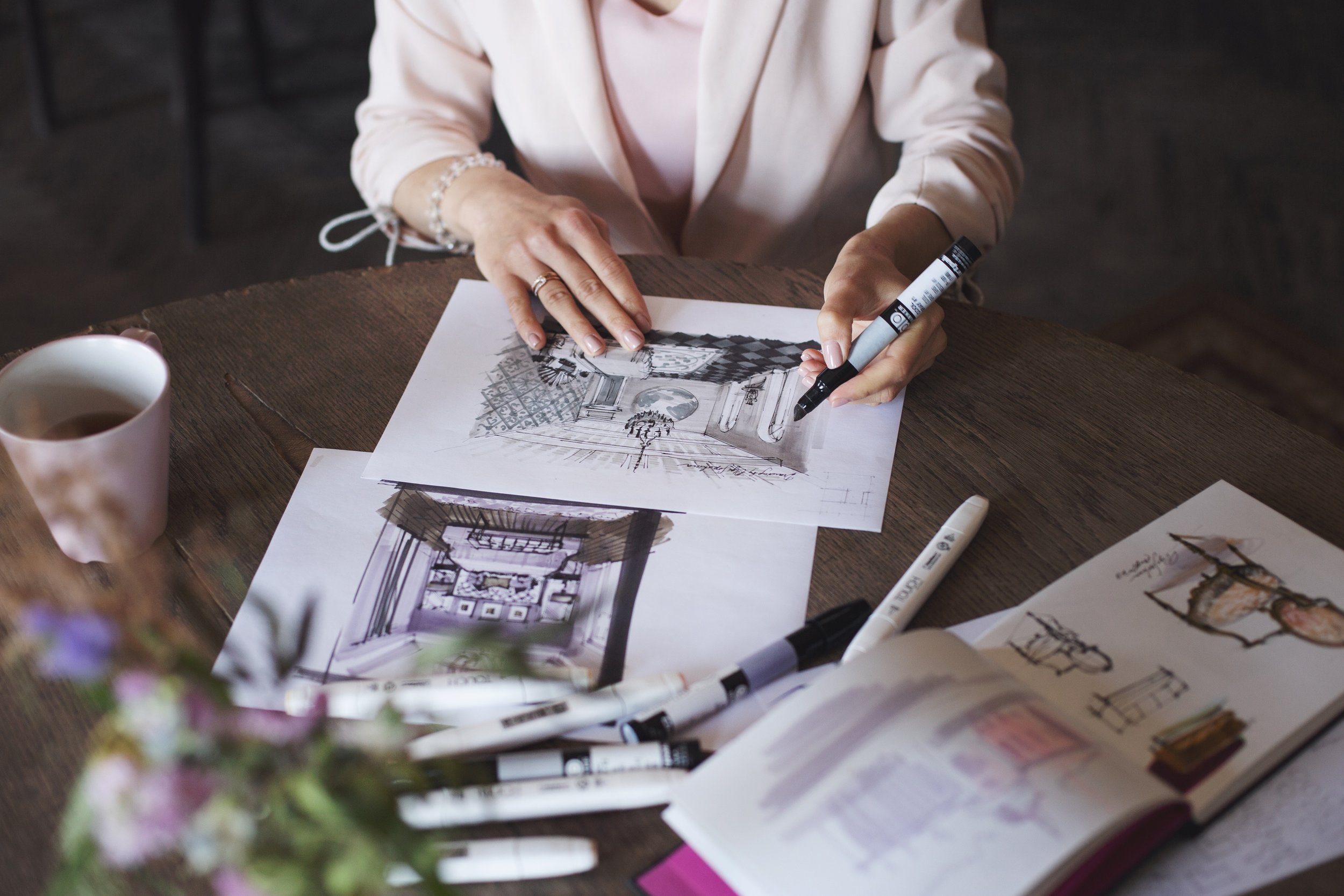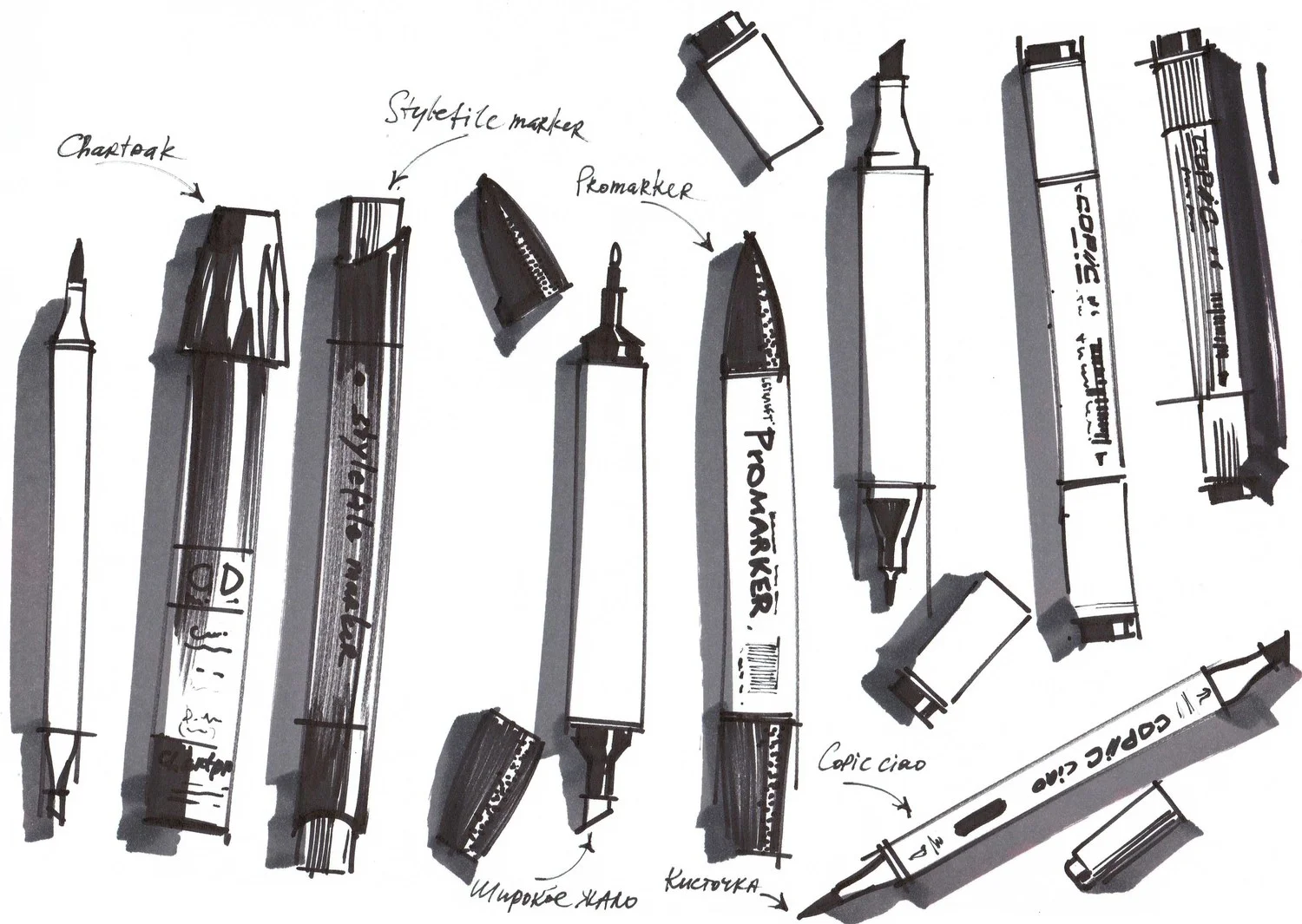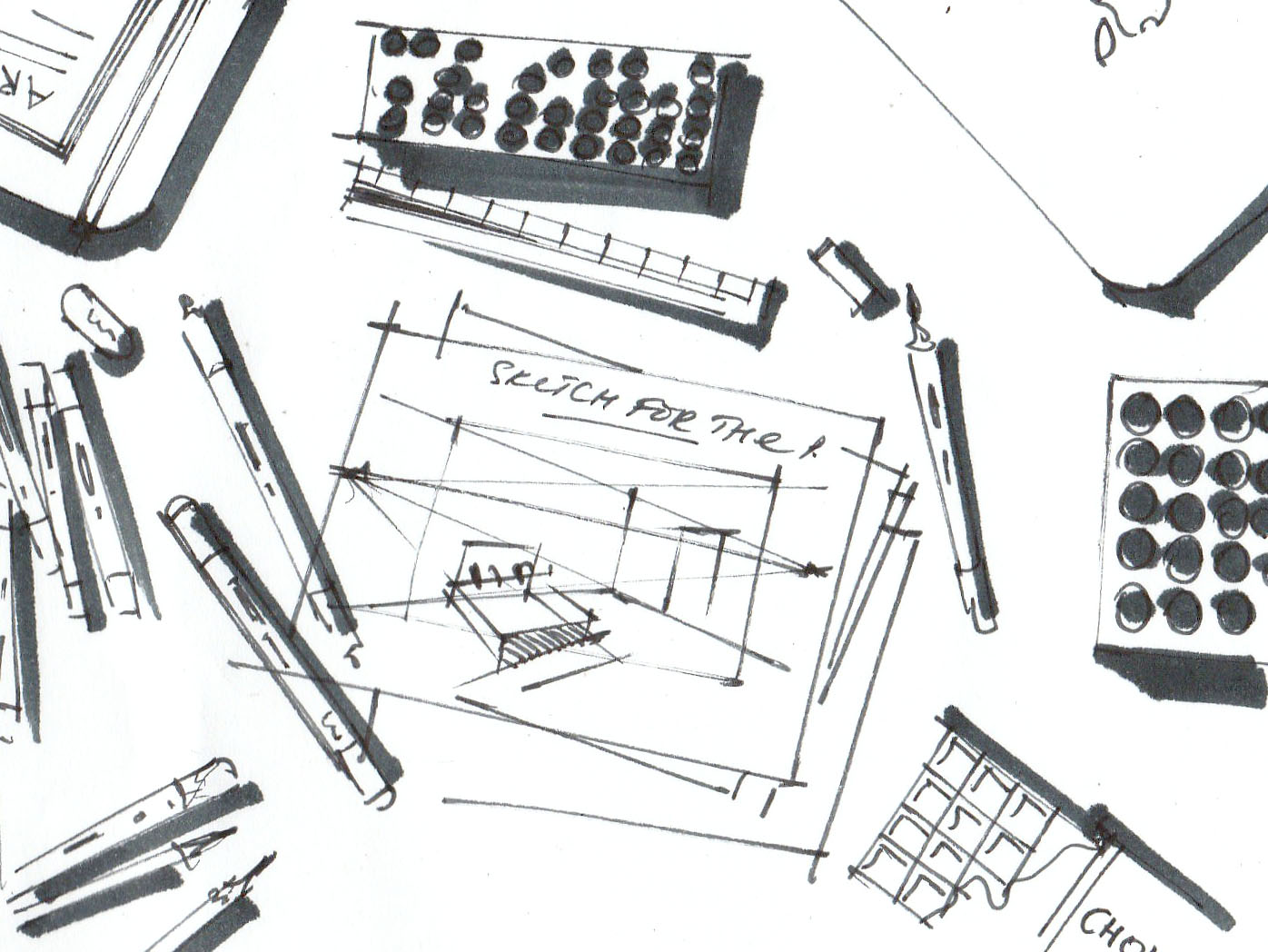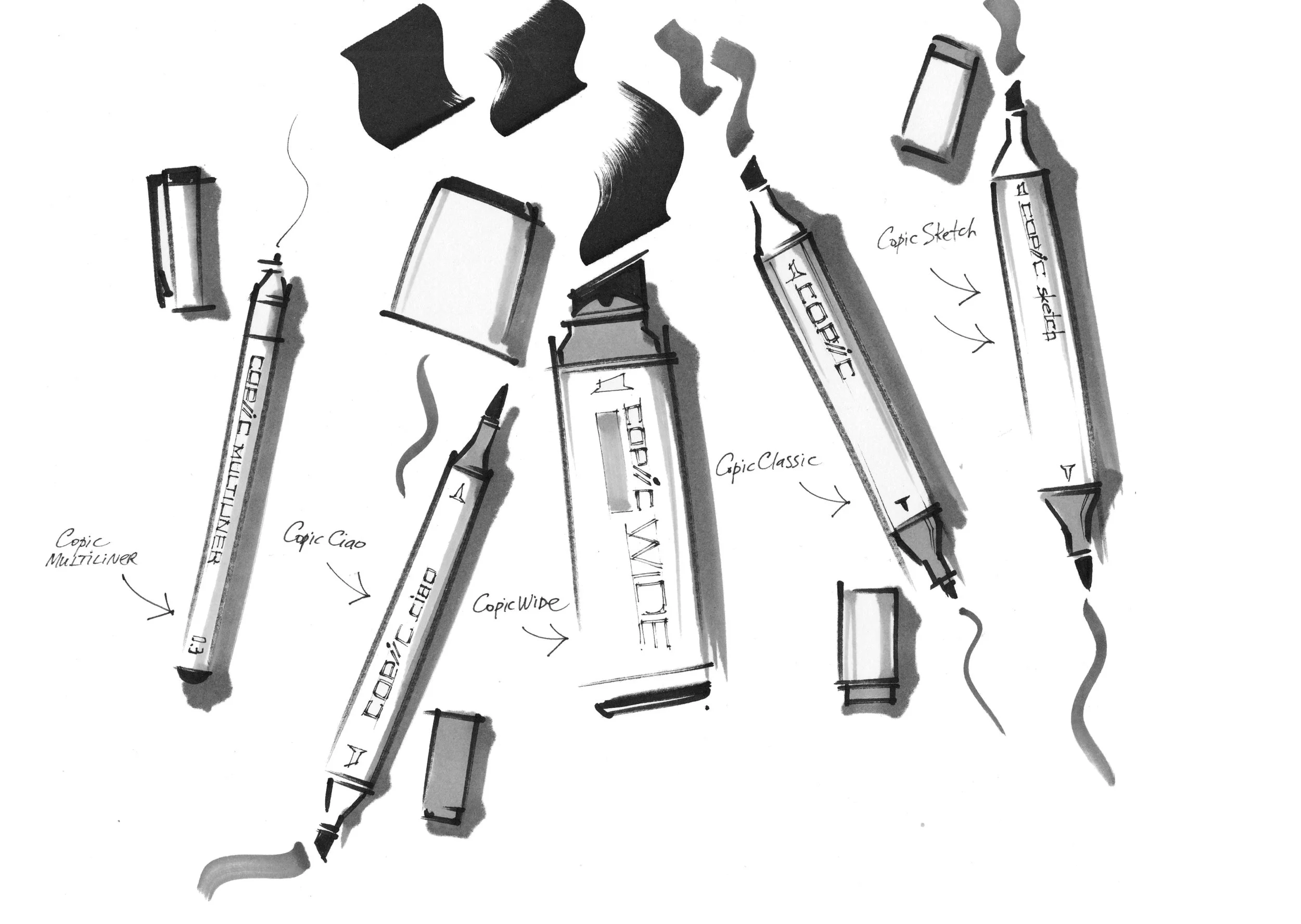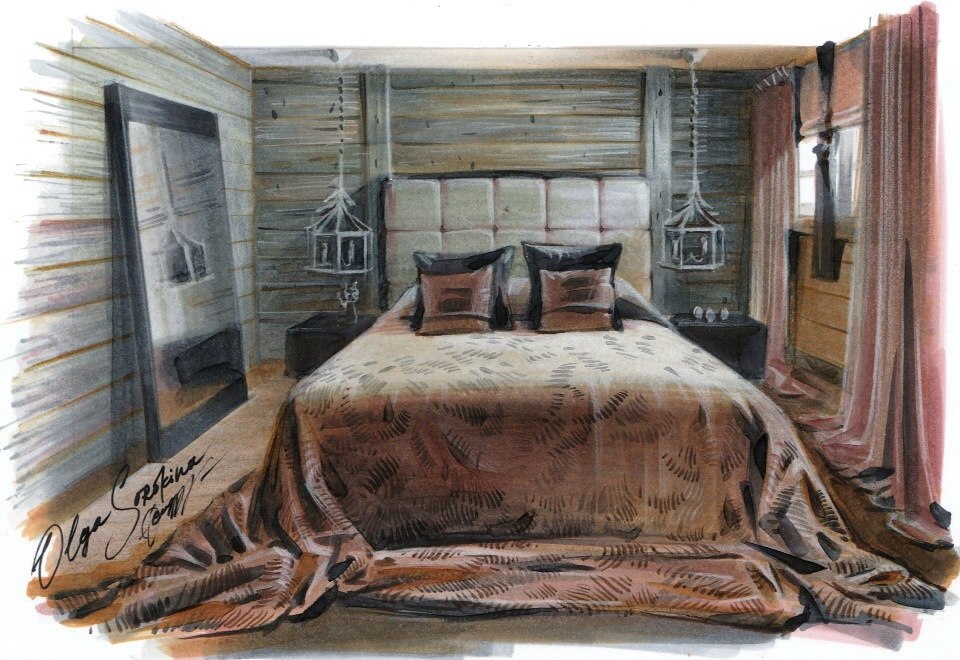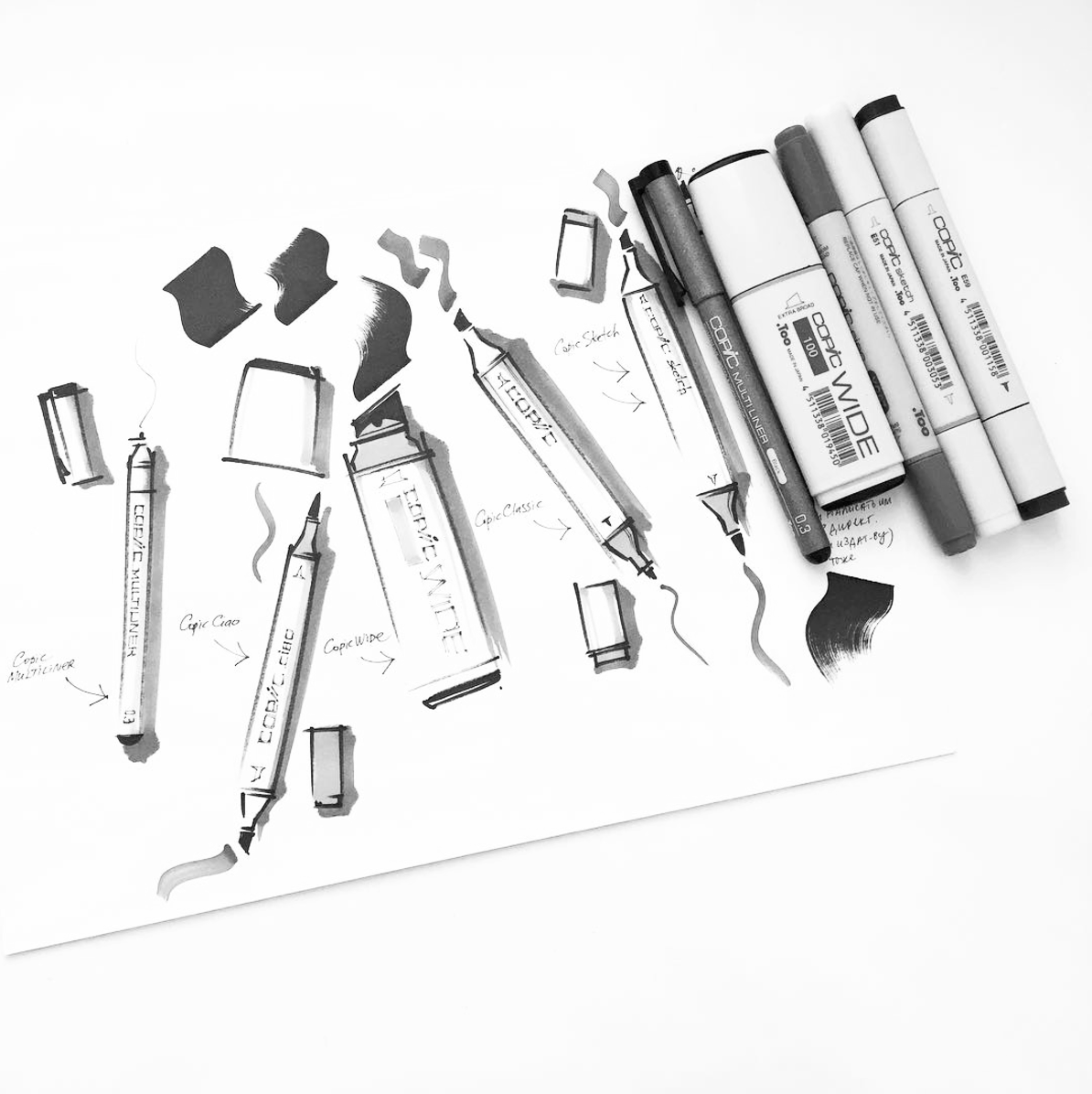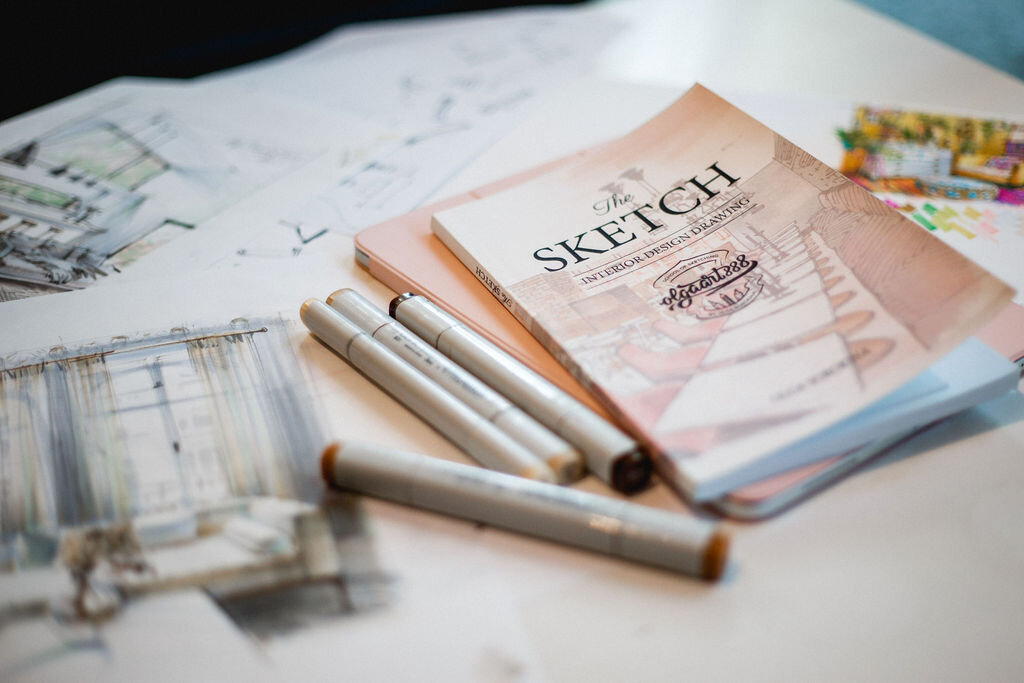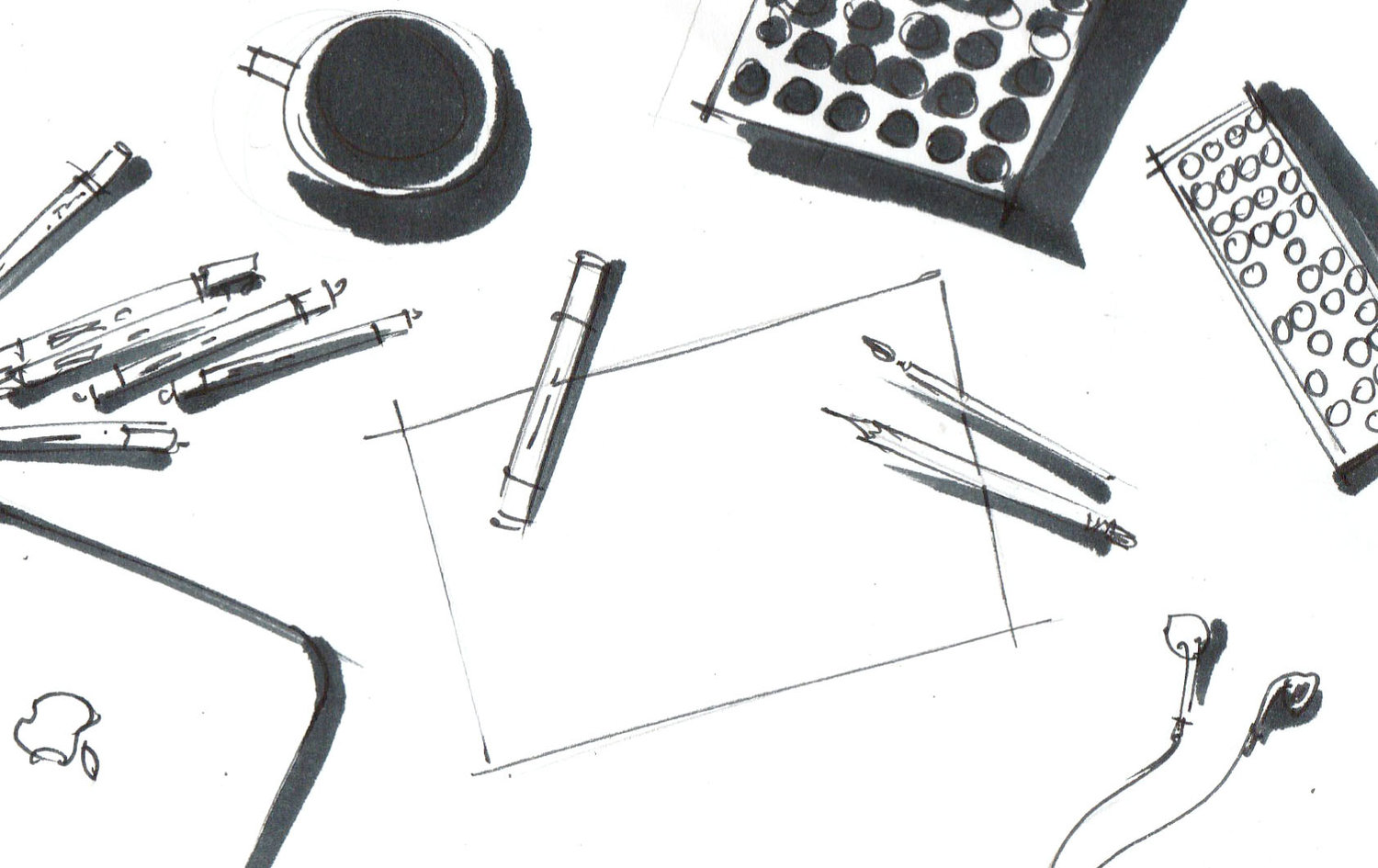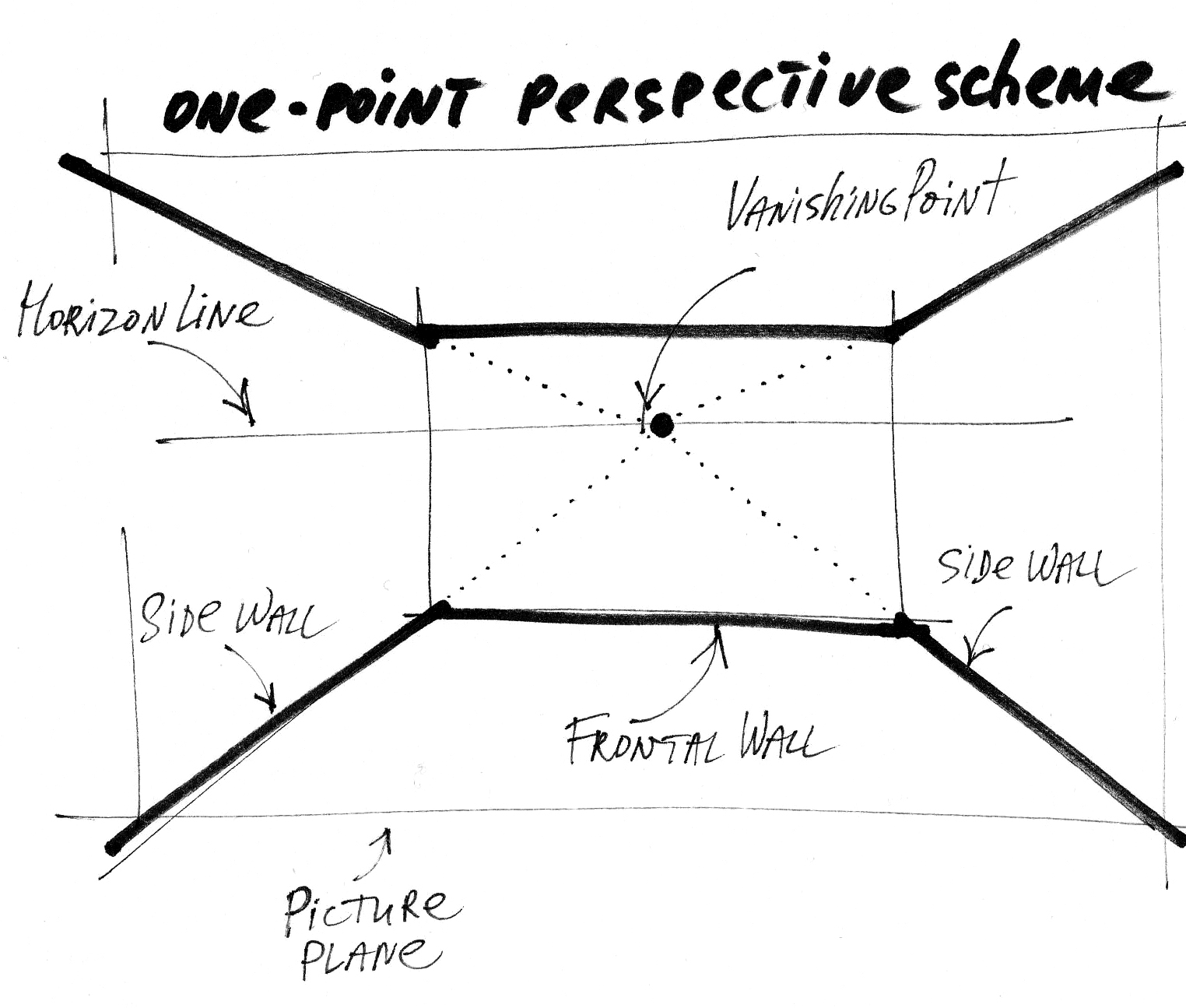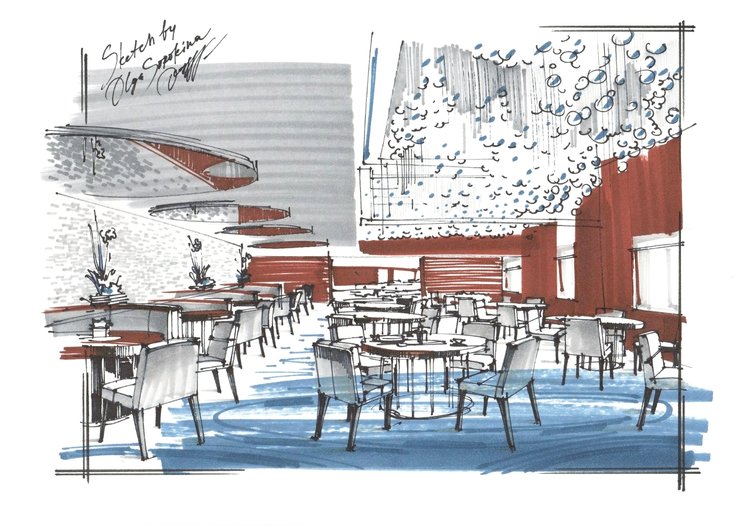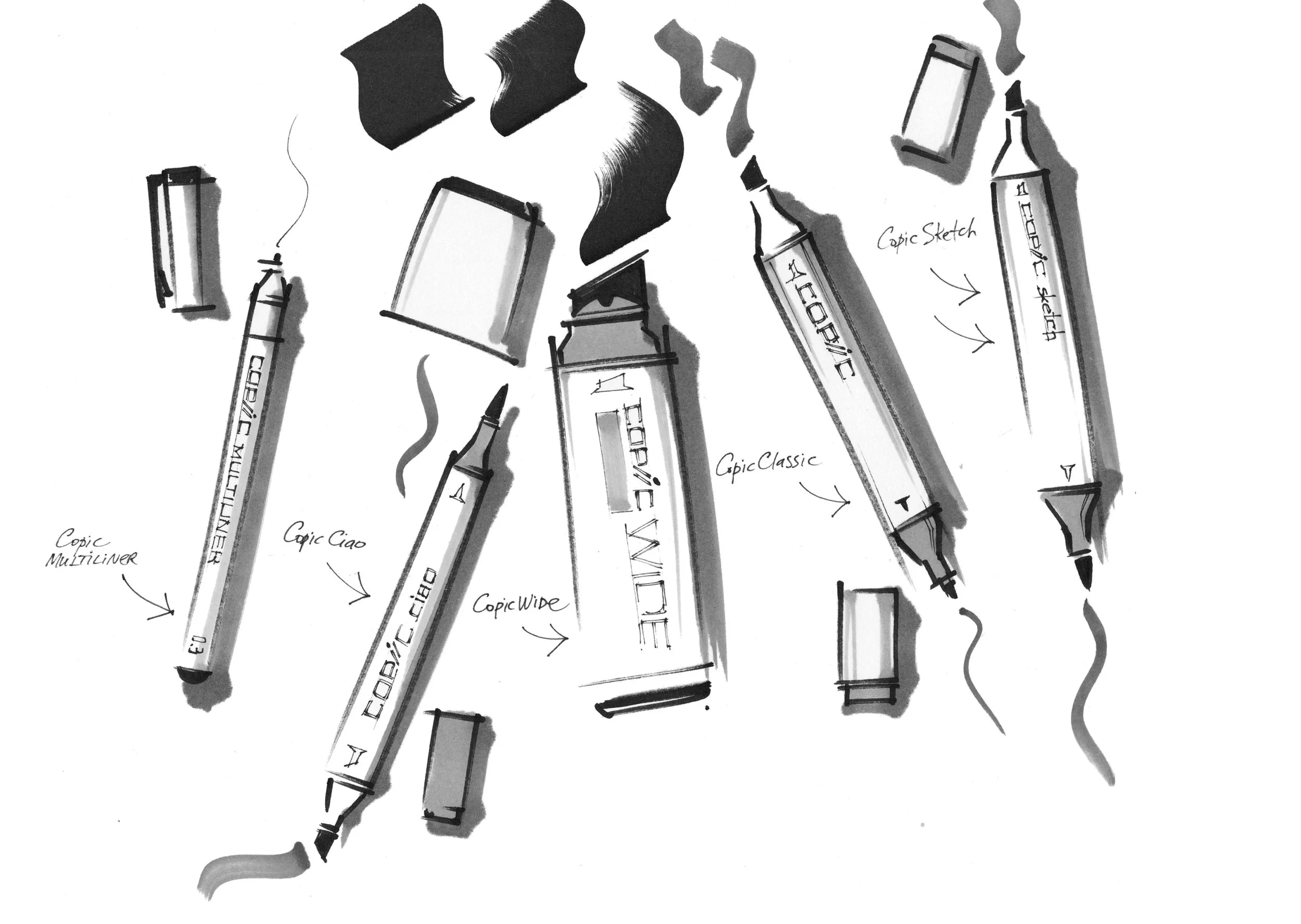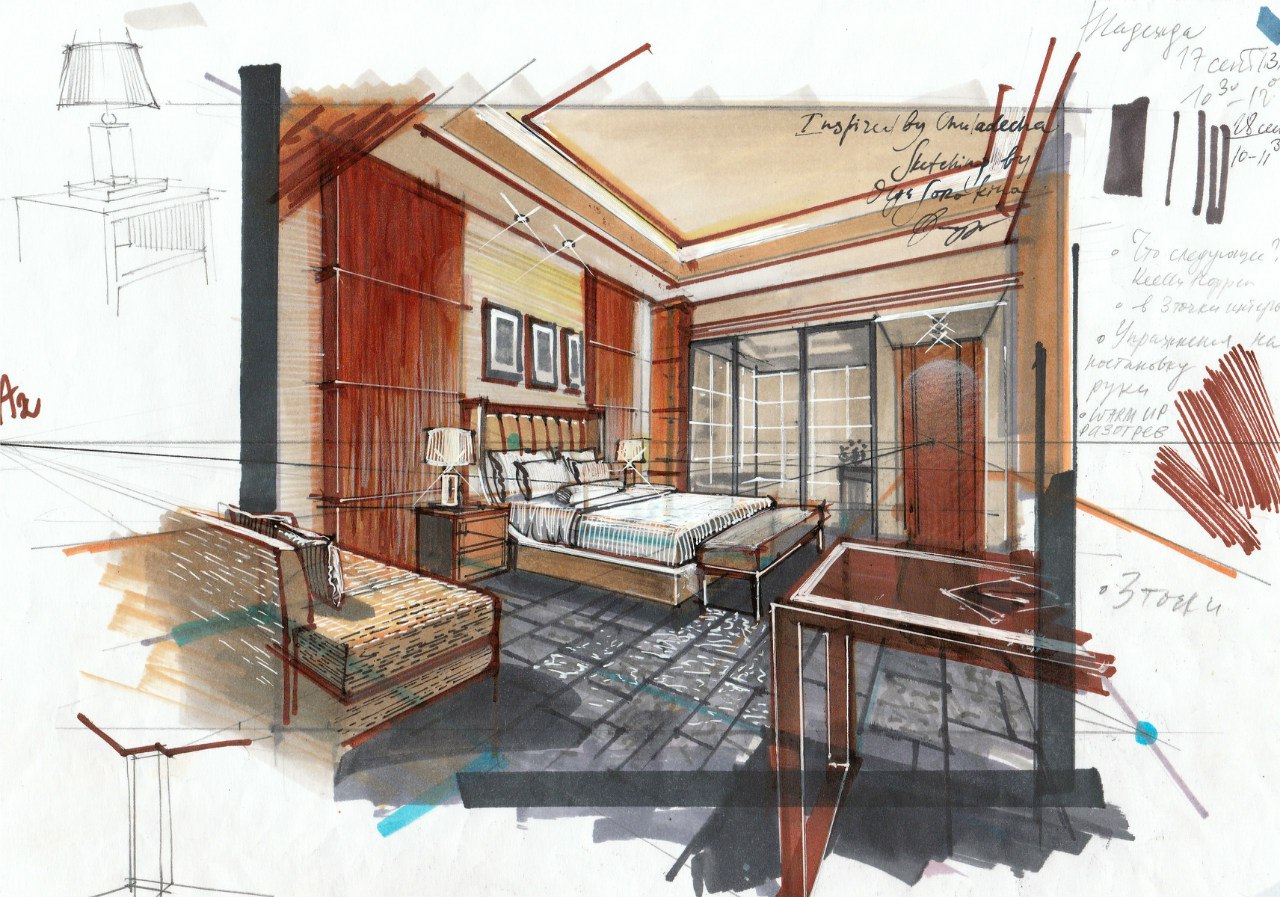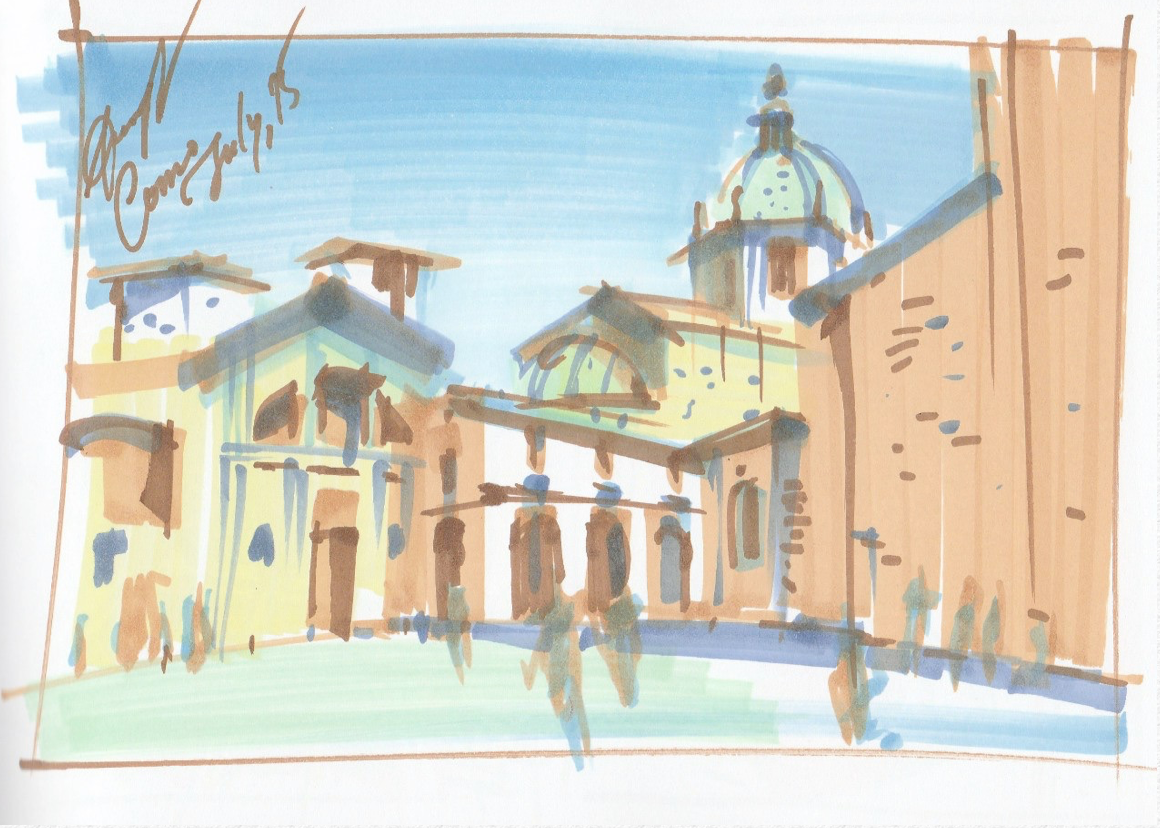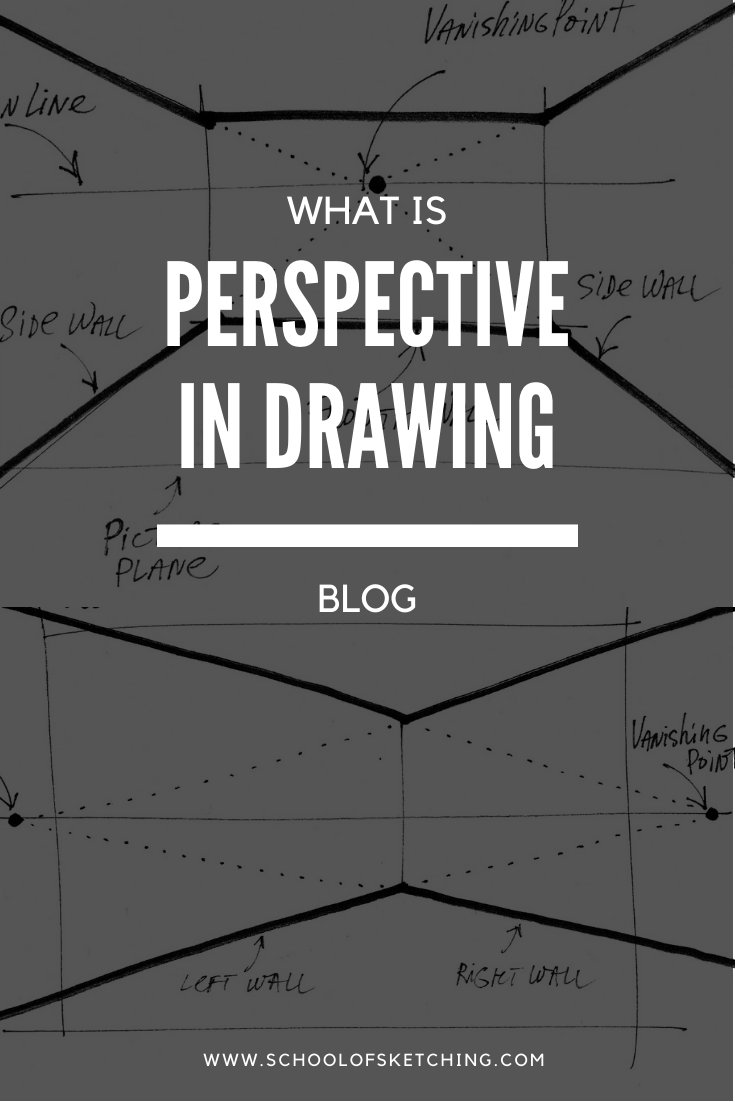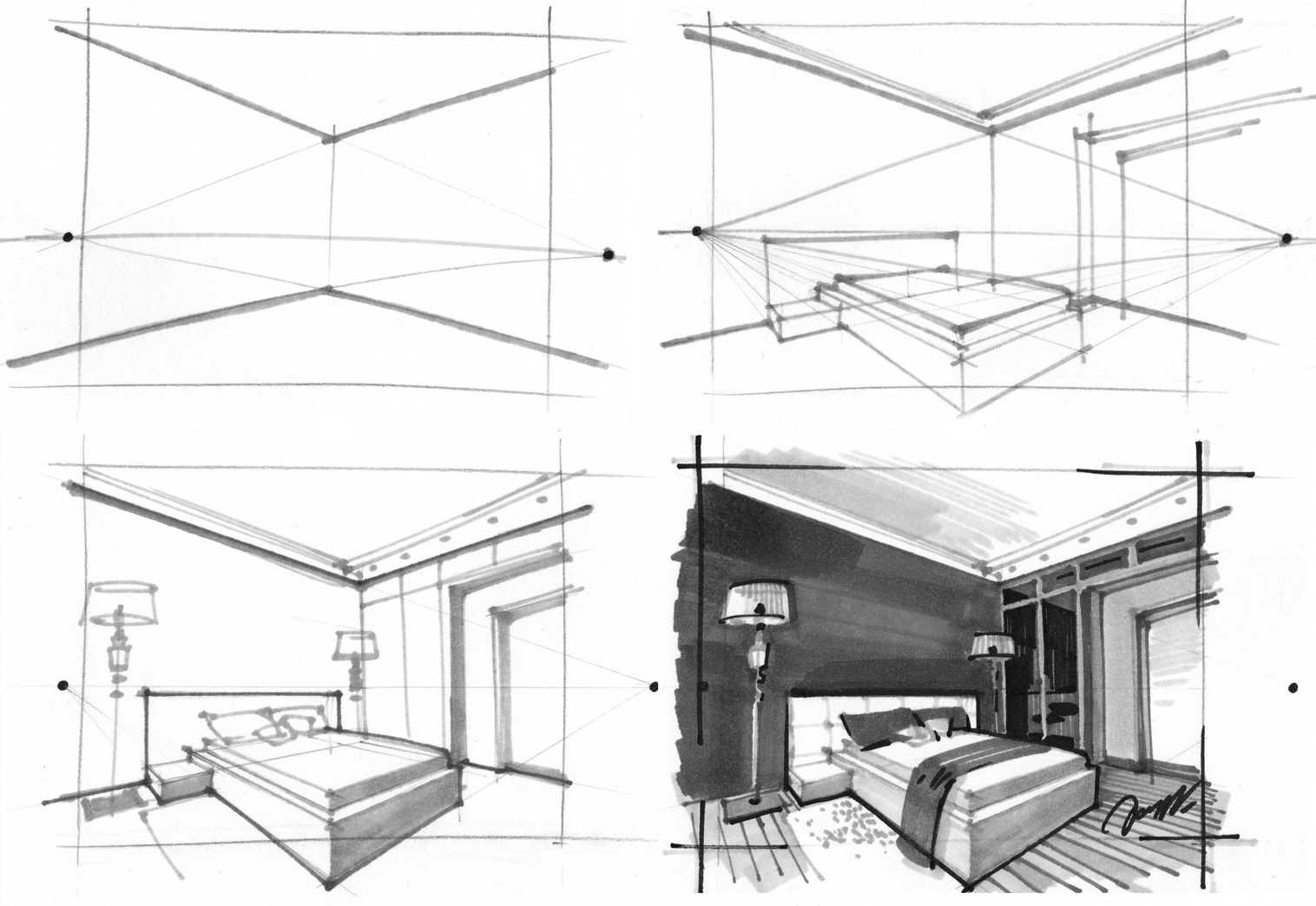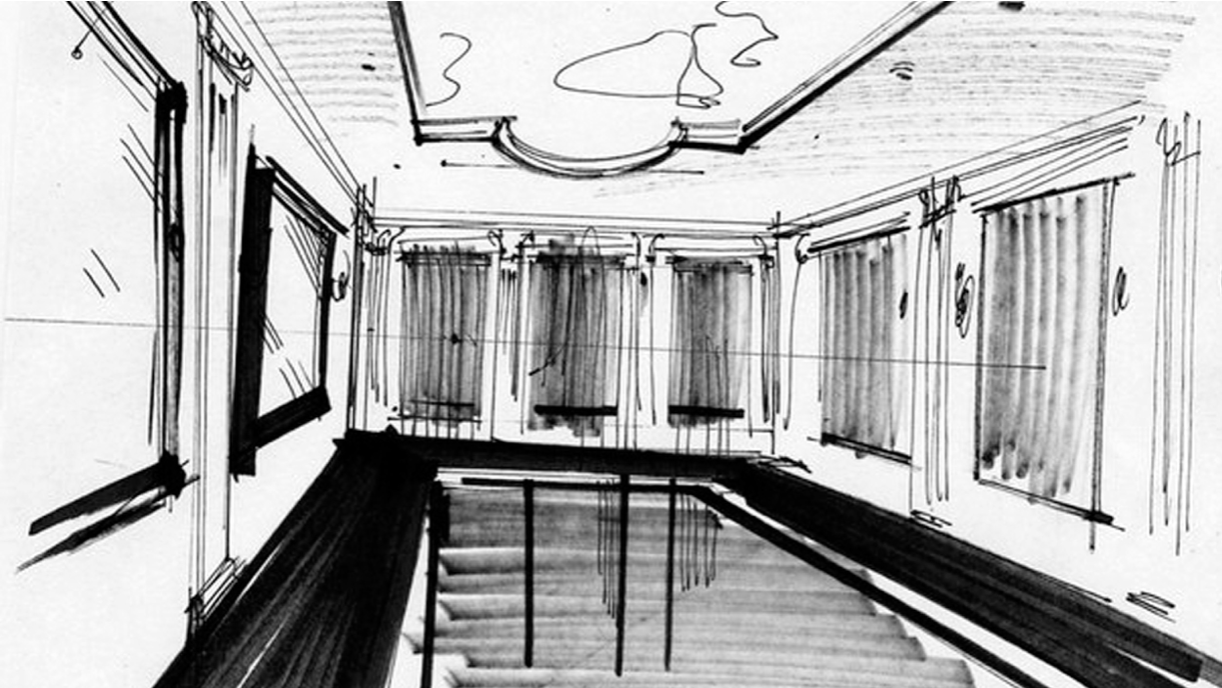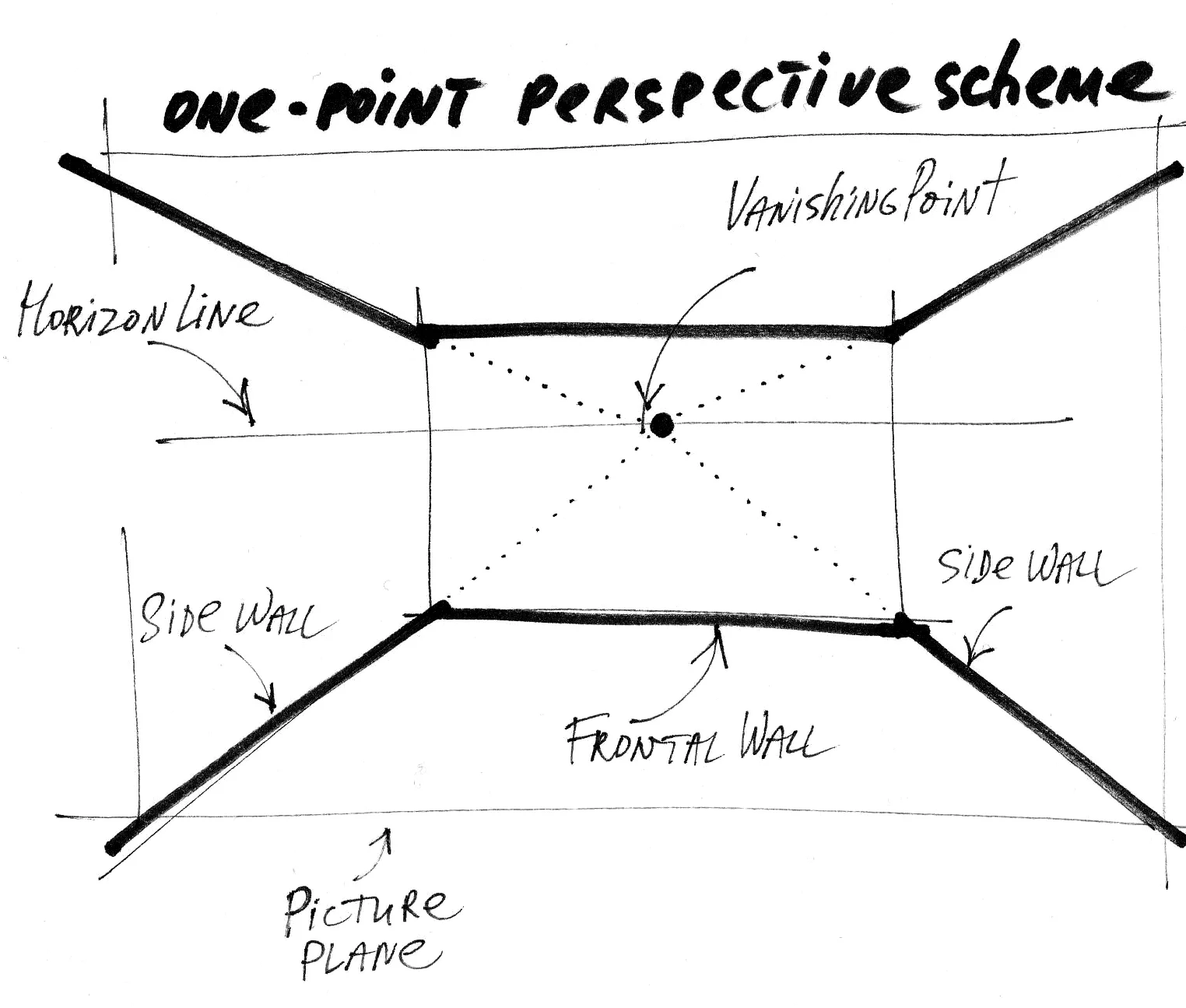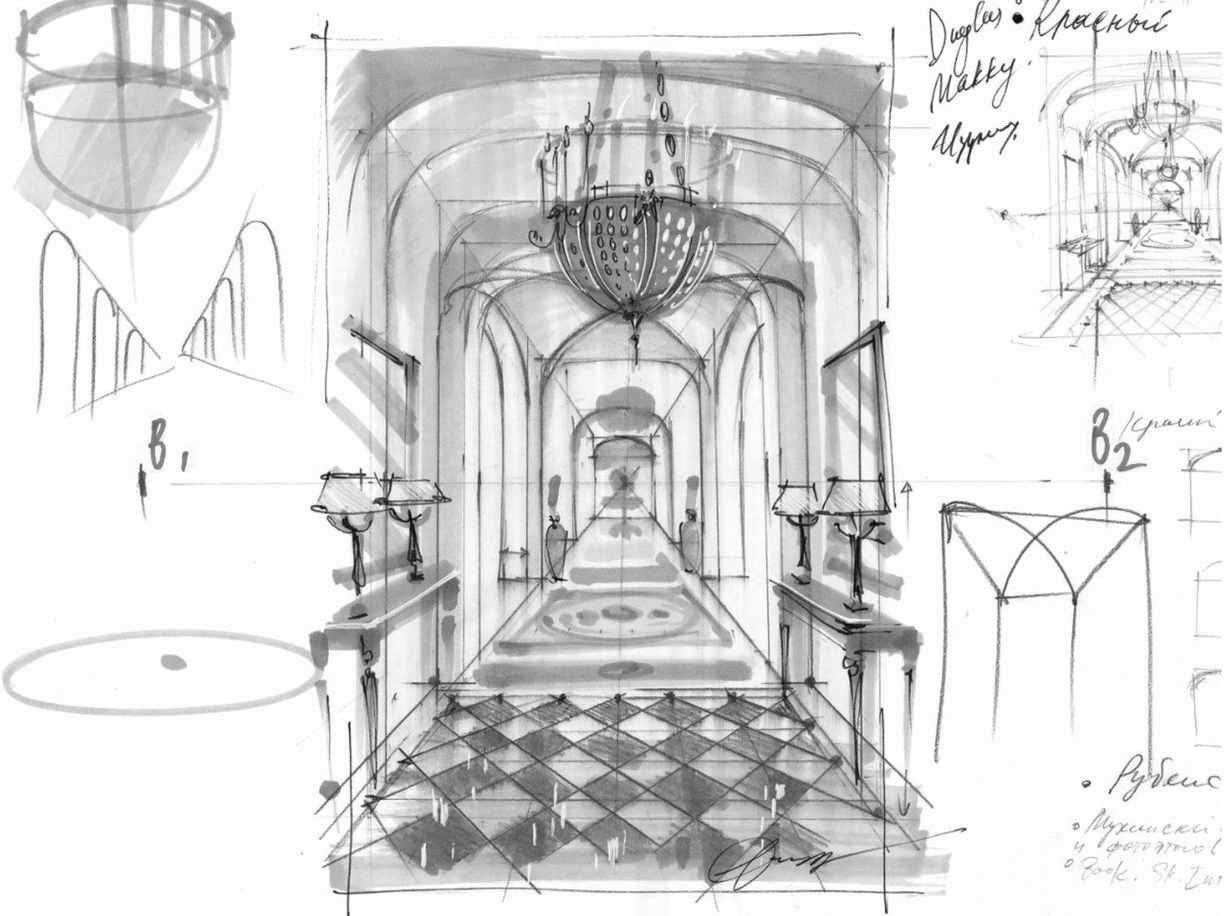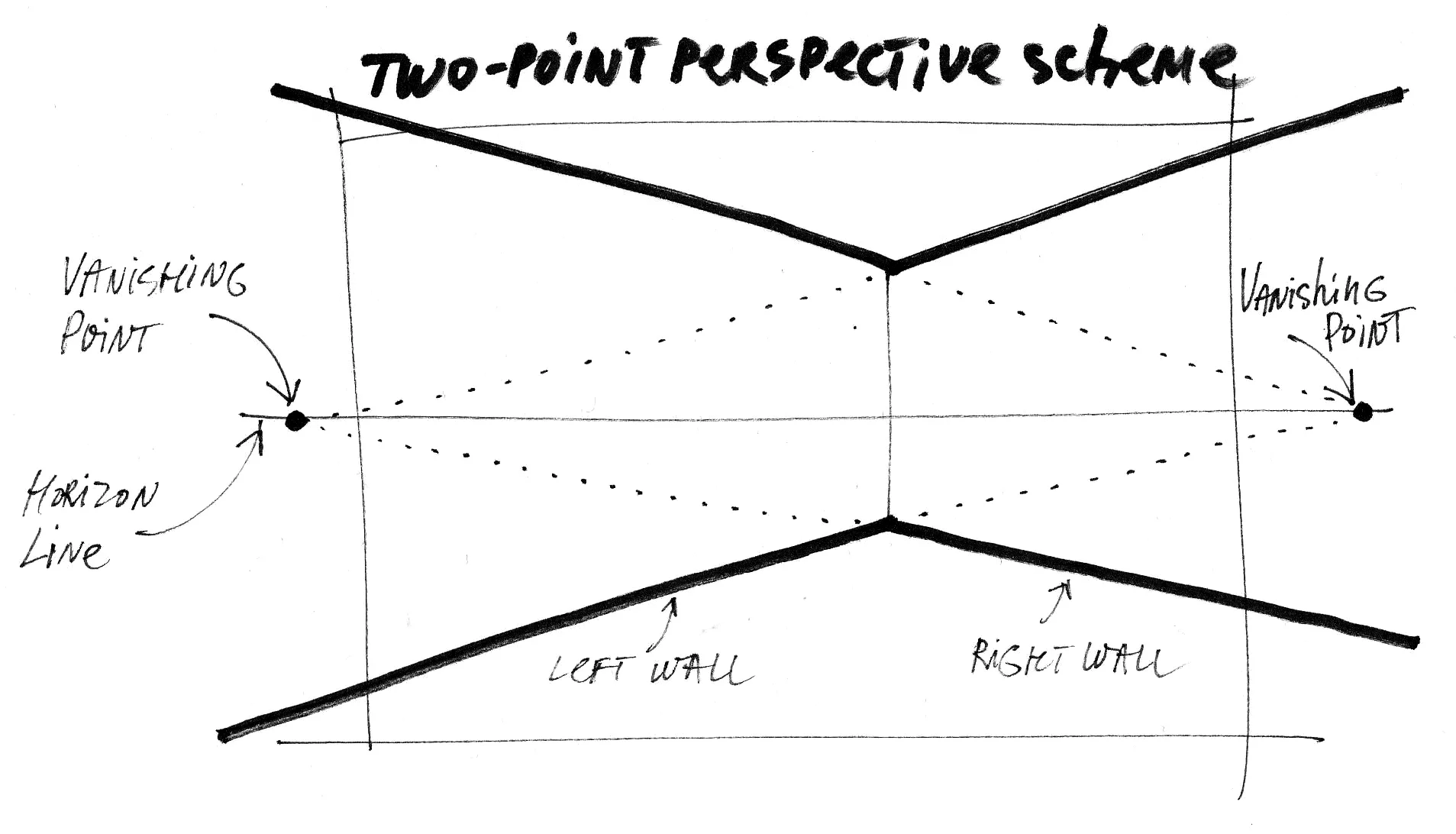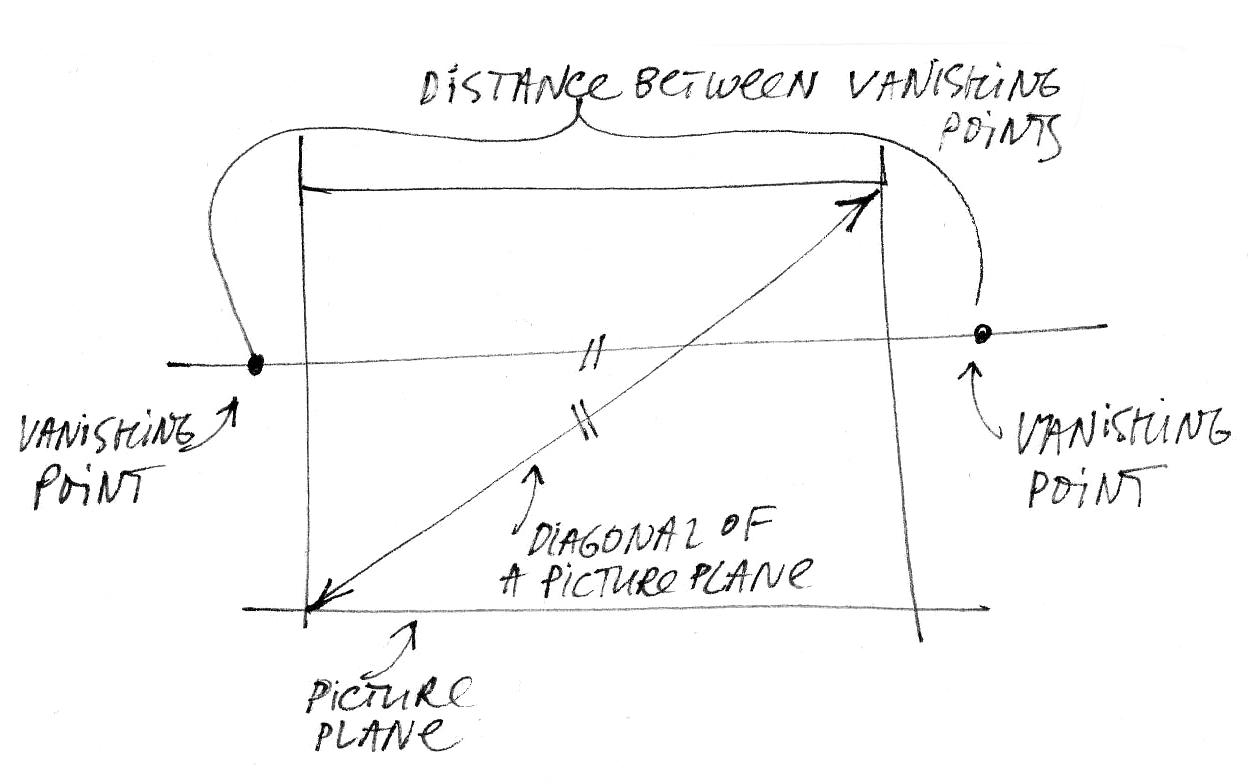Where to study interior design in Europe?
In this article, I will cover top 5 design schools to become a professional interior designer.
Do you want to become an interior designer but have no idea which school to choose?
Wondering what are the best interior design schools in Europe?
Do you want to avoid making the wrong choice of school?
Maybe you are over 25 and have decided to change your life direction?
Do you dream to make your own conscious choice and follow the path you have always longed for but did not dare (by the way, very often just because of the inability to draw)?
Are you worried about making the wrong choice of school?
Wondering what are the most prestigious art schools for interior design?
Keep reading to find all the answers.
Interior drawing form one of my online courses, learn more here
I will gladly share my findings on this issue here. I’ve decided to discuss this hot-button topic because a few years ago it also was relevant for me. As many of you know, I moved to Denmark in 2014 and lived there for almost 3 years. One day I got the idea to study for a Ph.D. (this is an analog of our postgraduate studies in Russia) at one of the universities in Copenhagen. In addition, I considered various options of studying in other European cities since in Old Europe everything is relatively close.
In Copenhagen, there is the Royal Danish Academy of Fine Arts, and I was lucky to have there an excursion. I had such an opportunity thanks to my friend’s friend Kai who got there a bachelor's degree in Furniture Design and after 4 years of studying founded his own company where he is successfully engaged in furniture design. I have 6 years of interior design training at Saint Petersburg Stieglitz State Academy of Art and Design. So I asked Kai for an excursion around his alma mater. We walked around the Royal Academy of Fine Arts and looked at the classes. At that time I didn’t know for sure whether I wanted to do a postgraduate course in architecture or art history, therefore, so to say, I was testing the waters. The first thing that caught my eye in the Academy was the gigantic white, neutral and huge spaces of the workshops that differed from ours so much (for example, in Saint Petersburg Stieglitz State Academy of Art and Design there are luxurious interiors in the eclectic style). On analyzing it, I came to the conclusion that that option wasn’t my cup of tea (but despite it I’d also like to note the excellent equipment from projectors and MacBooks to 3D printers – in general, it applies to all universities in Europe). After the excursion, I began to look for options in England and the Netherlands.
By the way, as a rule, everywhere in Europe you will see exactly such academies of art with similar light and minimalist interiors having lots of air and zero decor (perhaps, Italy and France are the only exceptions). There is an expression “walls can teach” which exactly reflects our Russian universities and above all my Stieglitz Academy since we studied being surrounded by incredible interiors, so all this beauty and harmonious proportions were perceived and stored on a subconscious level. Our academy is just our Russian Hogwarts.
Here is a selection of schools I have kept since 2014:
1. England. Central Saint Martins College of Arts and Design in London / CSM (website)
In England, there is a well-known Central Saint Martins College of Arts and Design. Don’t be afraid of the word “college”, it’s a traditional historical name but, in fact, it’s a university. The College is known mainly in the field of fashion design but interior design is studied there as well. An interesting fact is that even those who study interiors are taught topics related to fashion, for example, the creation of a podium and space for holding fashion houses’ fashion shows, salons, and boutiques, i.e., everything that is about the fashion industry, indeed. It is typical for interior designers who graduate from College to stay in the fashion industry. You may also have noticed that interior designers are often interested in clothing design. Sometimes these professions overlap: fashion designers become engaged in the interior and vice versa. I observe such cases all the time. By the way, lots of Russian furniture and interior designers, whose names are often heard, studied at this London College.
2. France. National School of Fine Arts in Paris / Les Beaux-Arts de Paris (website)
Oh, Paris and its École des Beaux-Arts! It’s a famous and one of the oldest Parisian schools of art. It’s perfect, but the only thing that may cause problems is that students are taught exclusively in French. That’s why I had to reject it at once. Although I do love languages and learn them with pleasure, I speak English, some Danish (I studied Danish for a couple of years when I lived in Copenhagen), a little Spanish and French, but I wasn’t ready to learn the language for another few years to do a Ph.D. course. Sure, it would be great to know the language of the French enlighteners perfectly, but it takes a great deal of time and effort and needs great motivation. For those lucky ones who speak French, this option is undoubtedly perfect.
3. Italy. Marangoni Institute in Milan / Istituto Marangoni (website)
This institution is the largest private Italian school of fashion and design. It’s based in Milan and is known all over the world. Admission to the Marangoni Institute is a unique opportunity for students from all over the world to get a design education within the walls of a world-renowned educational institution, from where such celebrities as Franco Moschino and Domenico Dolce graduated. By the way, in general, in all Italian universities, senior students are taught in English. Marangoni Institute is an exception: the same education program is provided in both Italian and English. It's amazing, isn’t it?
4. Bergen Academy of Art and Design (website)
Talking about the Nordic countries, Bergen Academy of Art and Design is worth mentioning. It’s much larger and more famous than the one in Copenhagen which I was going to enter. The Academy has high standards of education and is quoted all over the world. So if you prefer Northern Europe, you should consider this option.
5. Design Academy Eindhoven (website)
This is a famous Dutch Academy of Design. In comparison with a lot of major cities in Europe, Eindhoven is a tiny town but it has a huge number of world-class universities. In general, the town is quite popular for any field of study. It is astonishing how such a small country has had such an enormous impact on the world of art – it has created pleiads of artists and left a great mark on the history of art. A huge advantage of this Academy is that the education programs are run by renowned modern designers who directly share their experience and professionalism.
Interior sketch form one of my online courses, learn more here
SOME ASPECTS REGARDING TUITION FEES IN EUROPE
Concerning payment, there are some interesting nuances. In some universities, foreigners may study for free. It is possible, for example, in German universities, even despite the large entry. But all the options I’ve listed here offer paid education and the price varies from 4,000 to 17,000 euros (for the year 2014 when I did this study, now prices may vary).
Thank you so much for reading the article!
Do you have something to add to my list? Please let me know in the comments below.
If you enjoyed this article, please share it with your friend.
© Olga Sorokina
